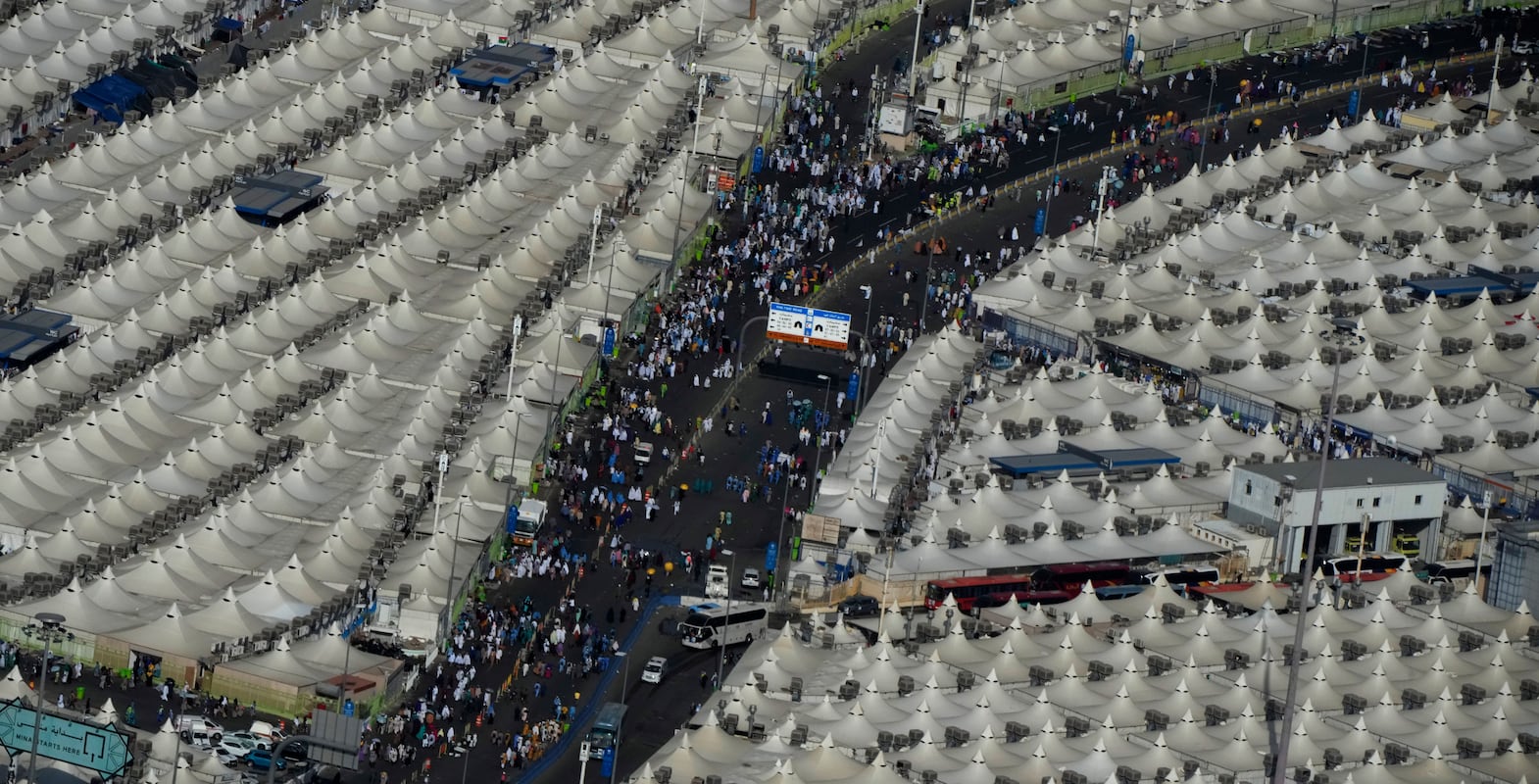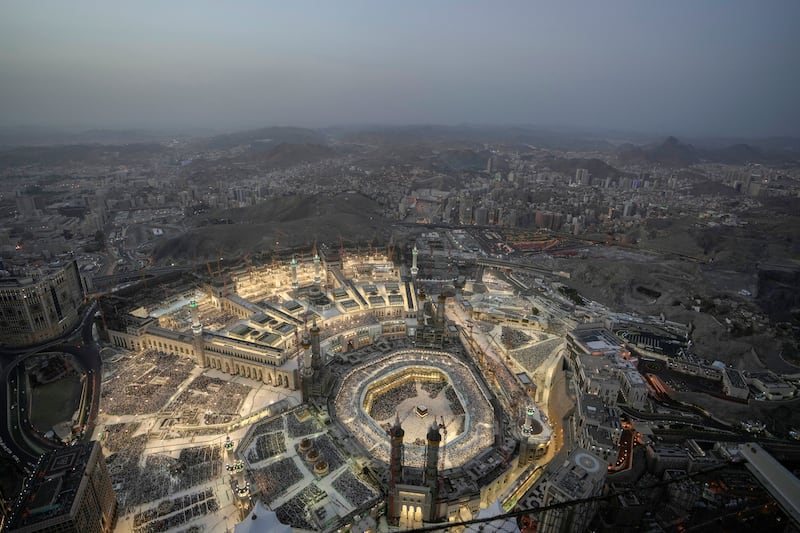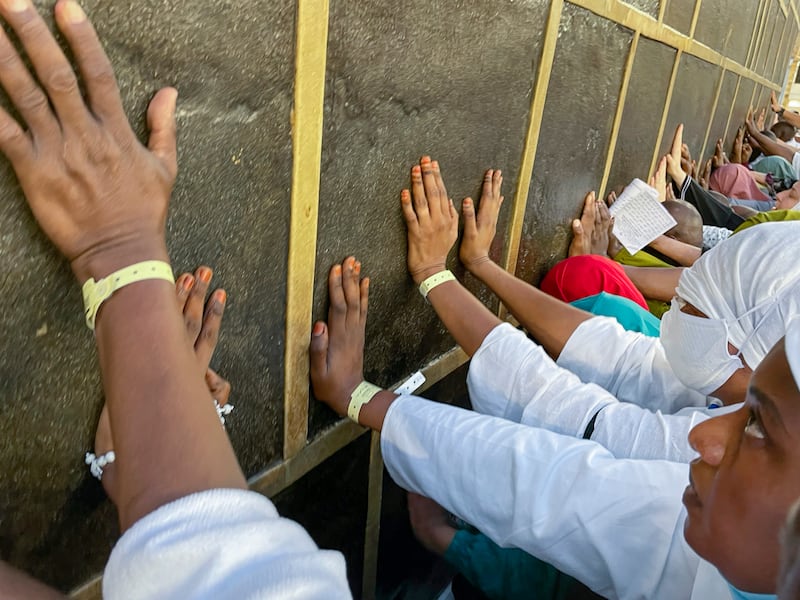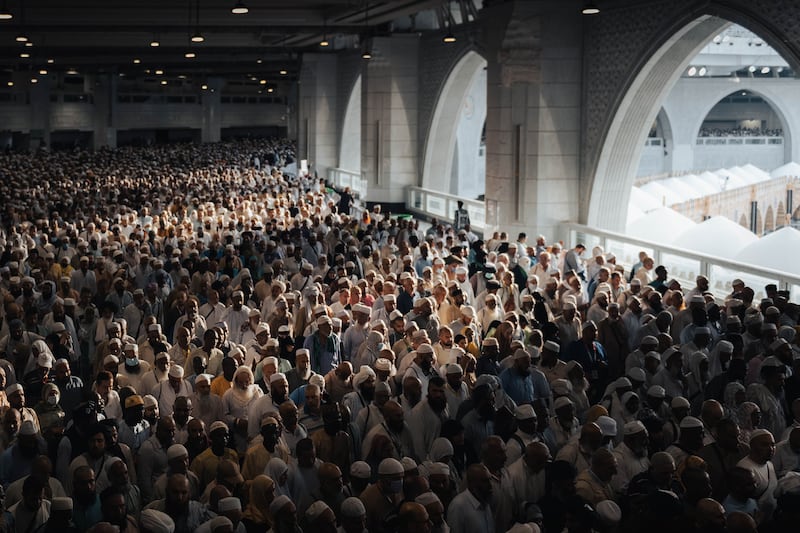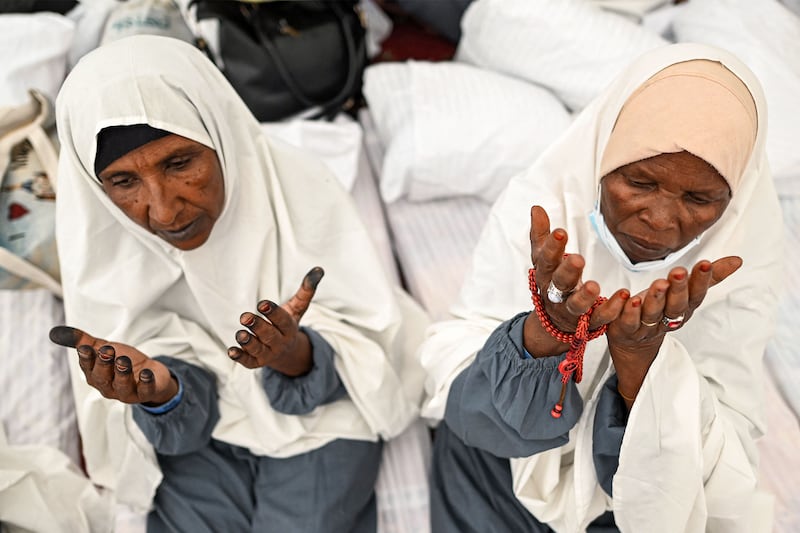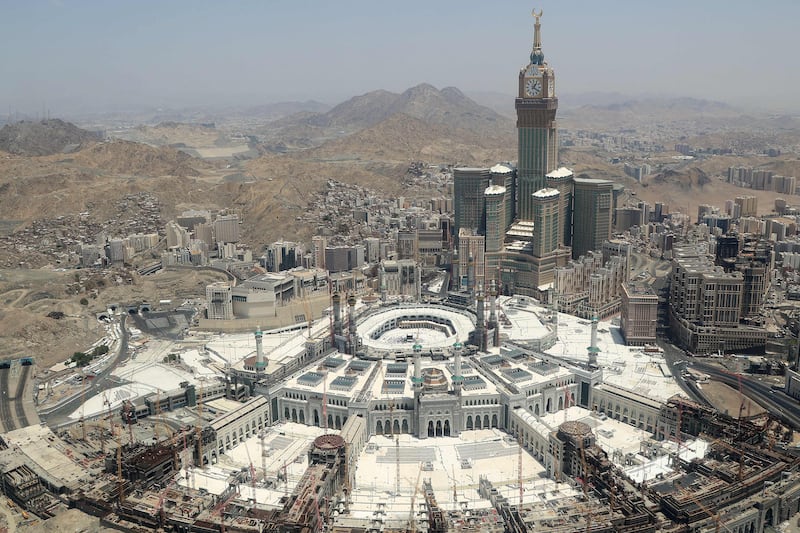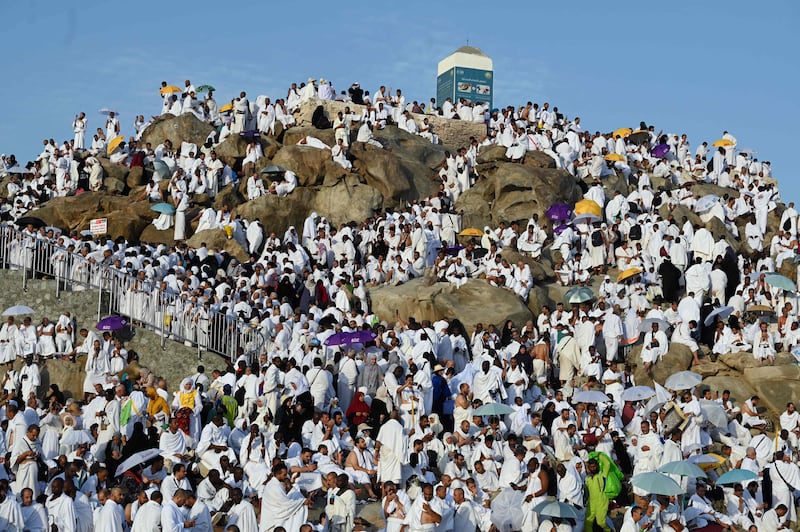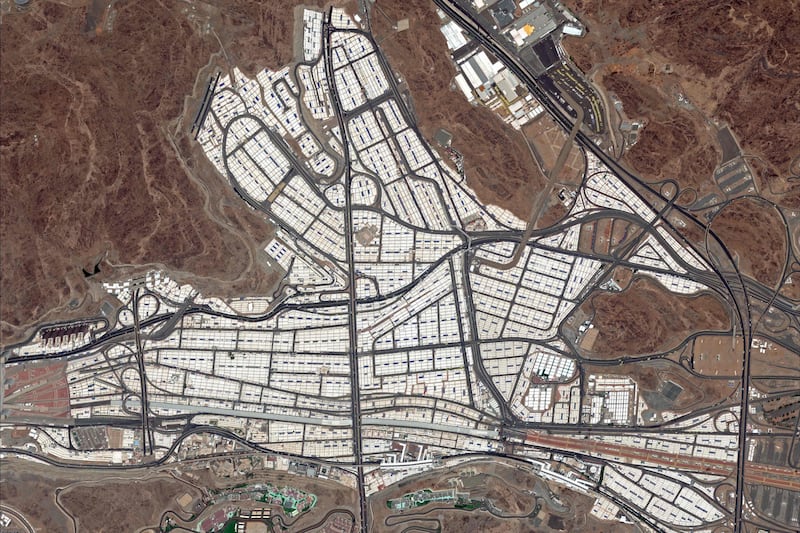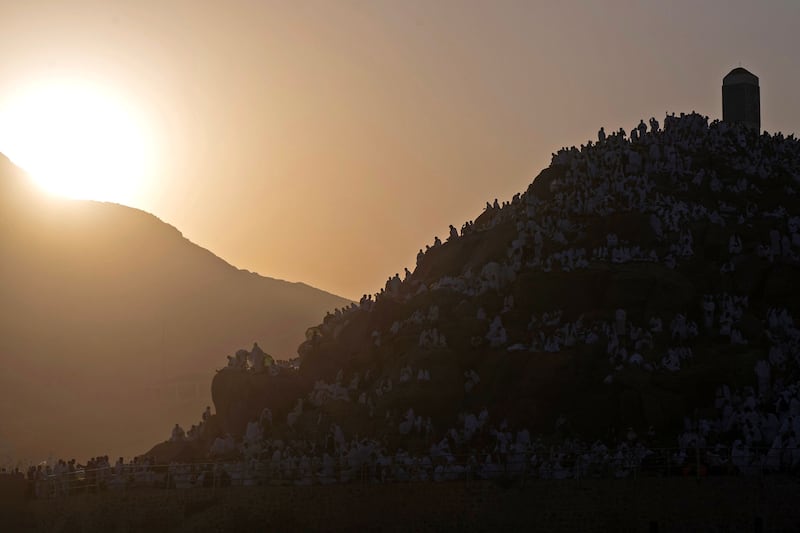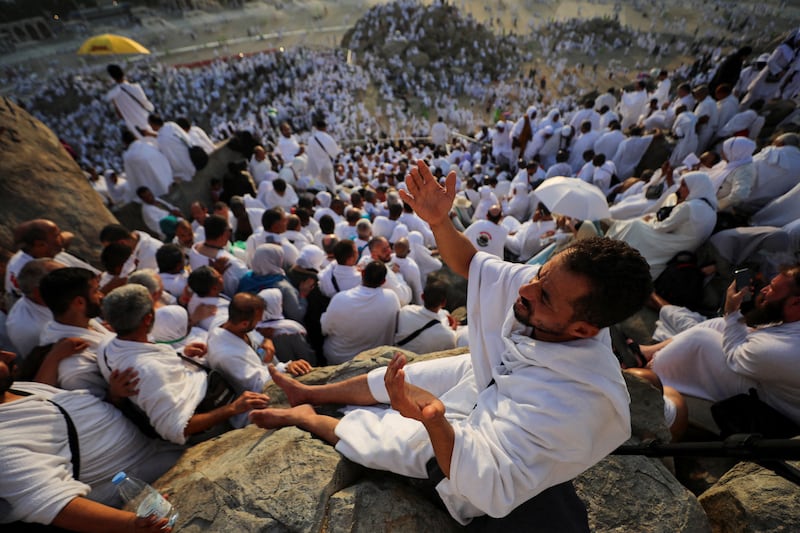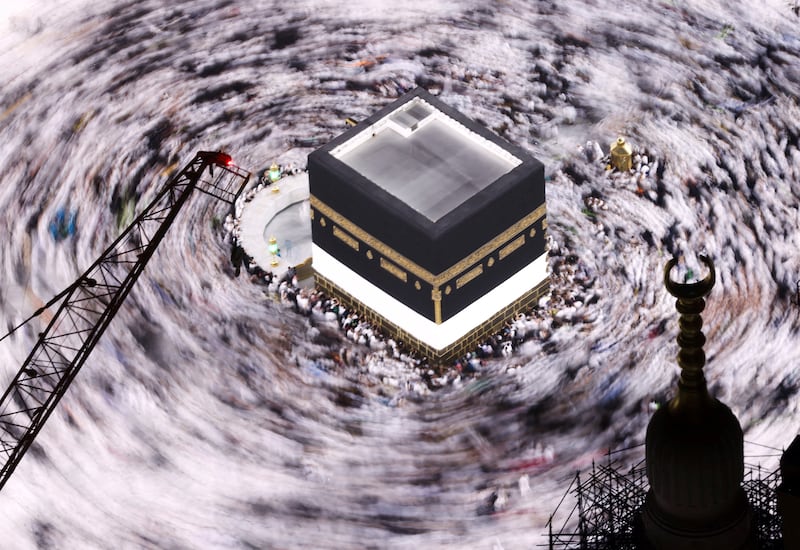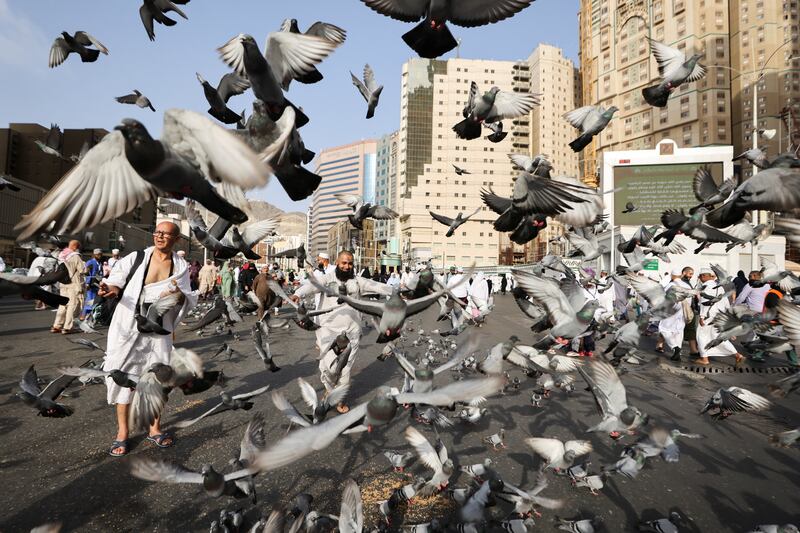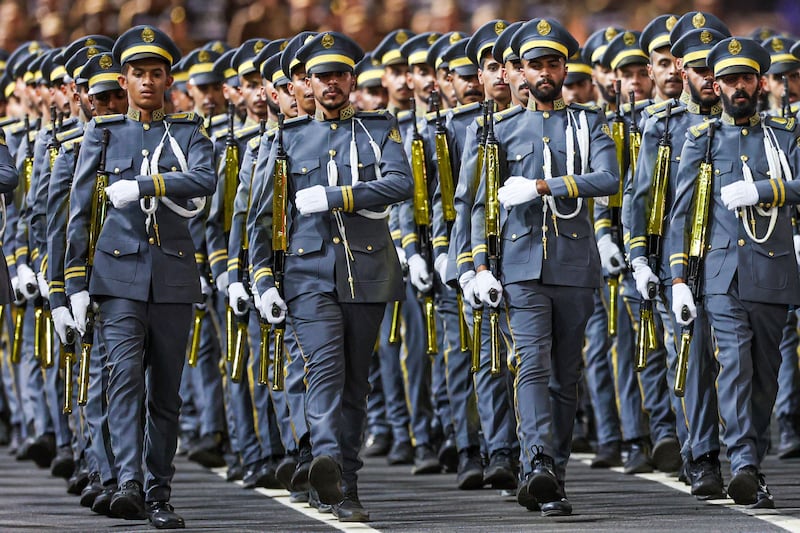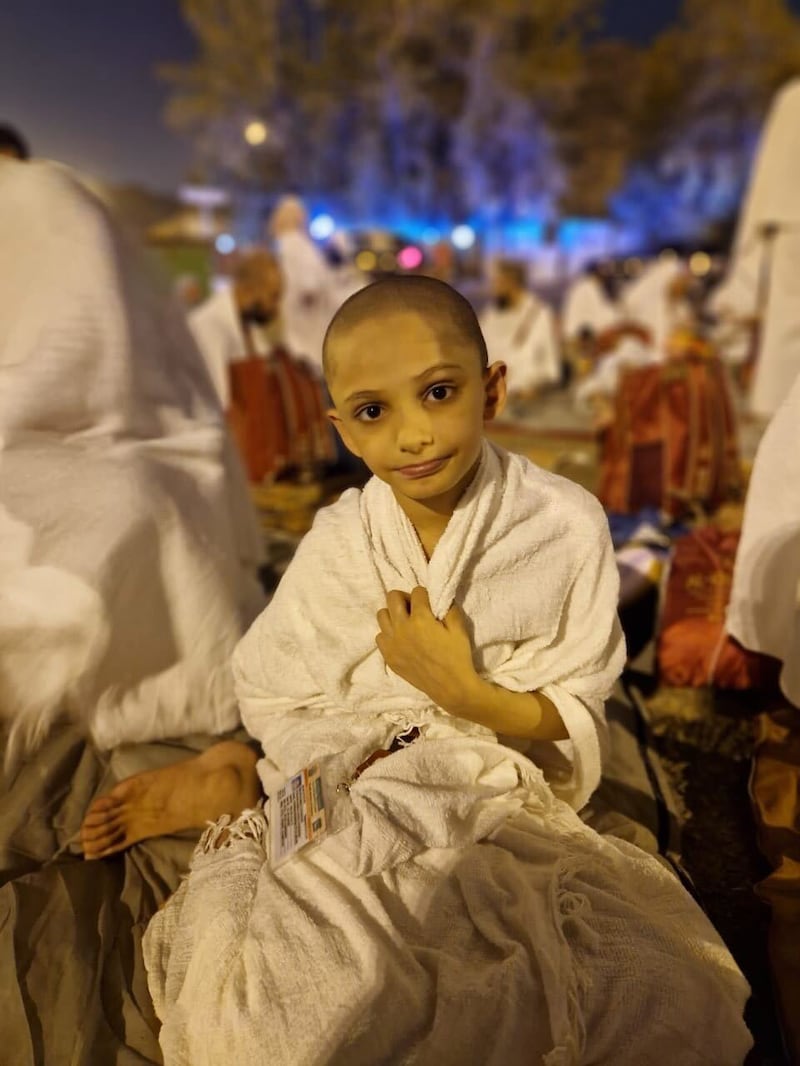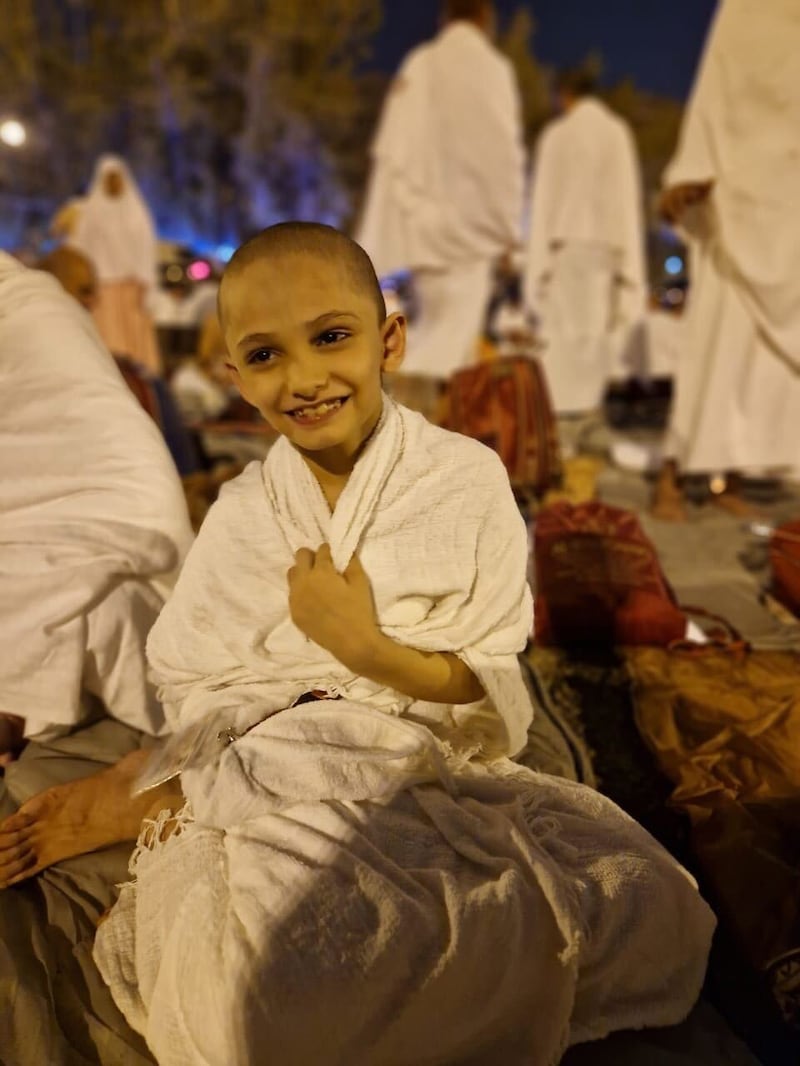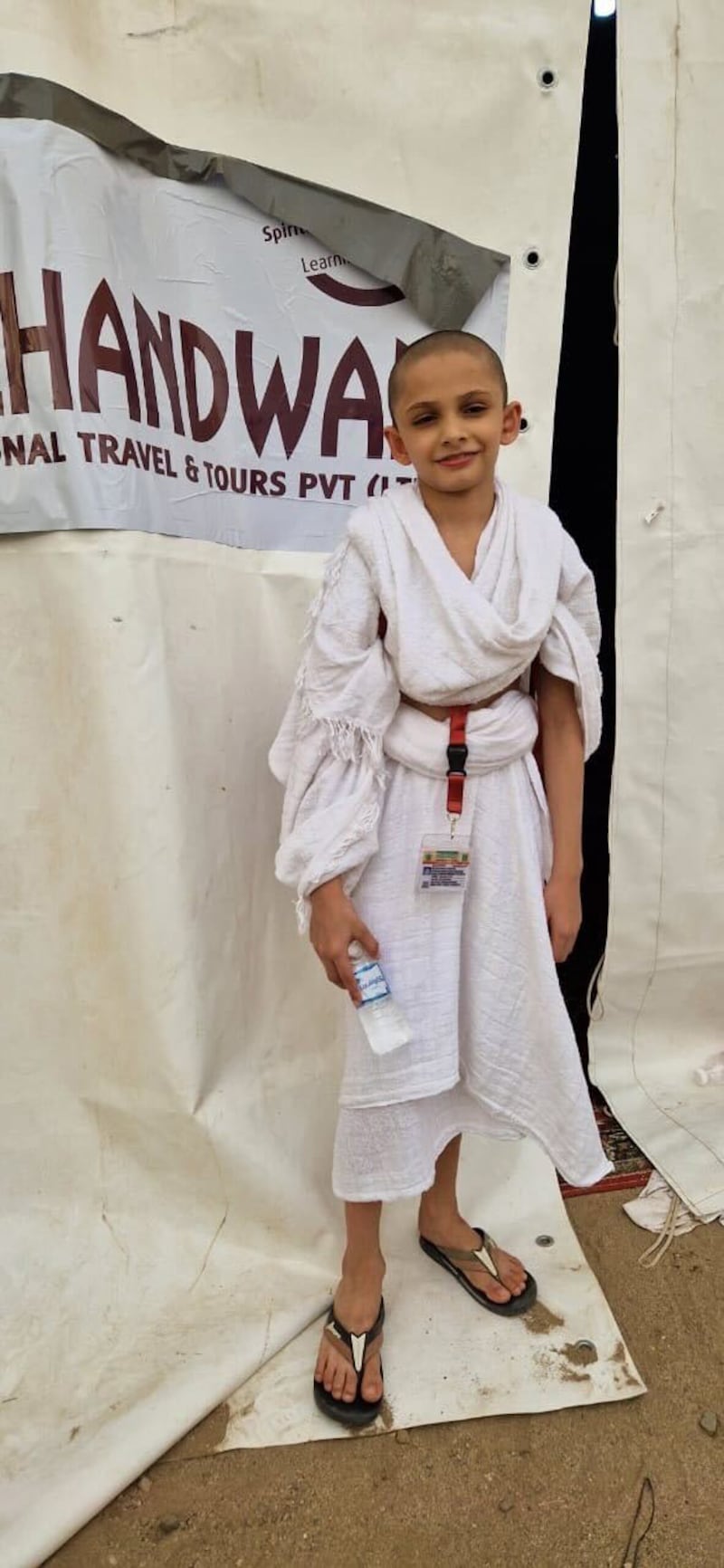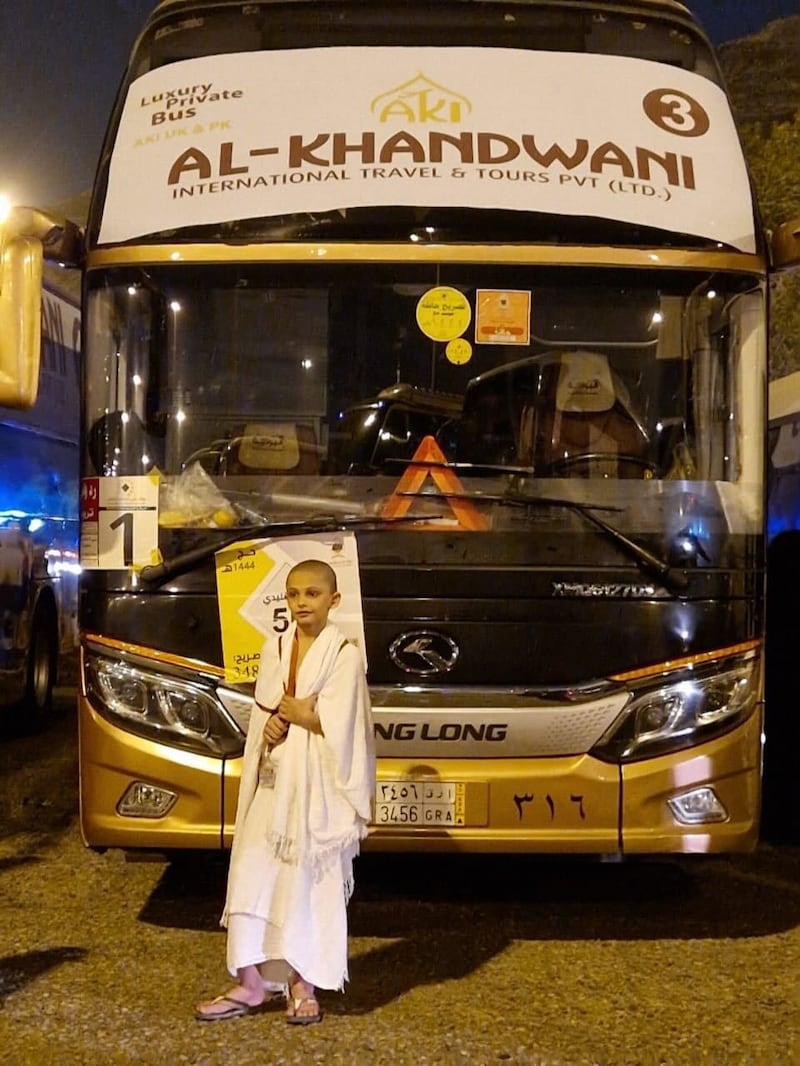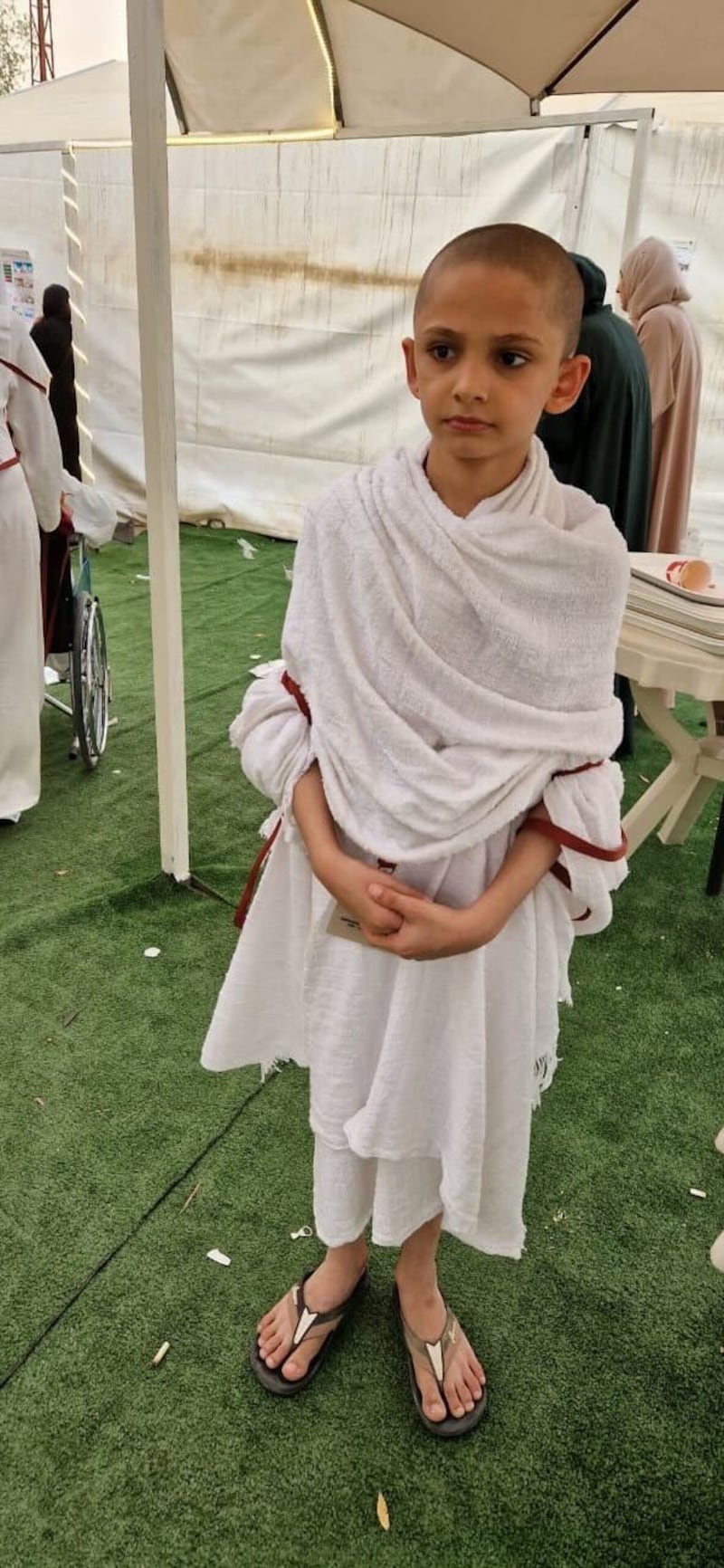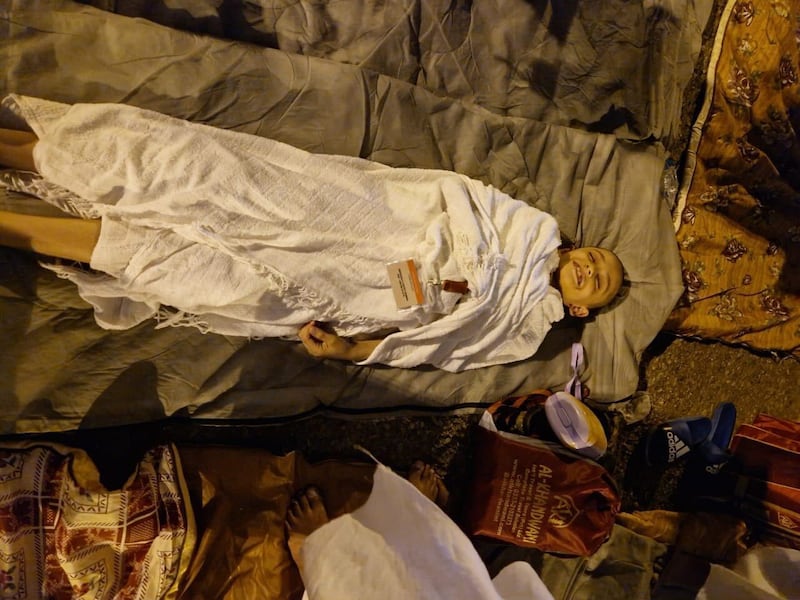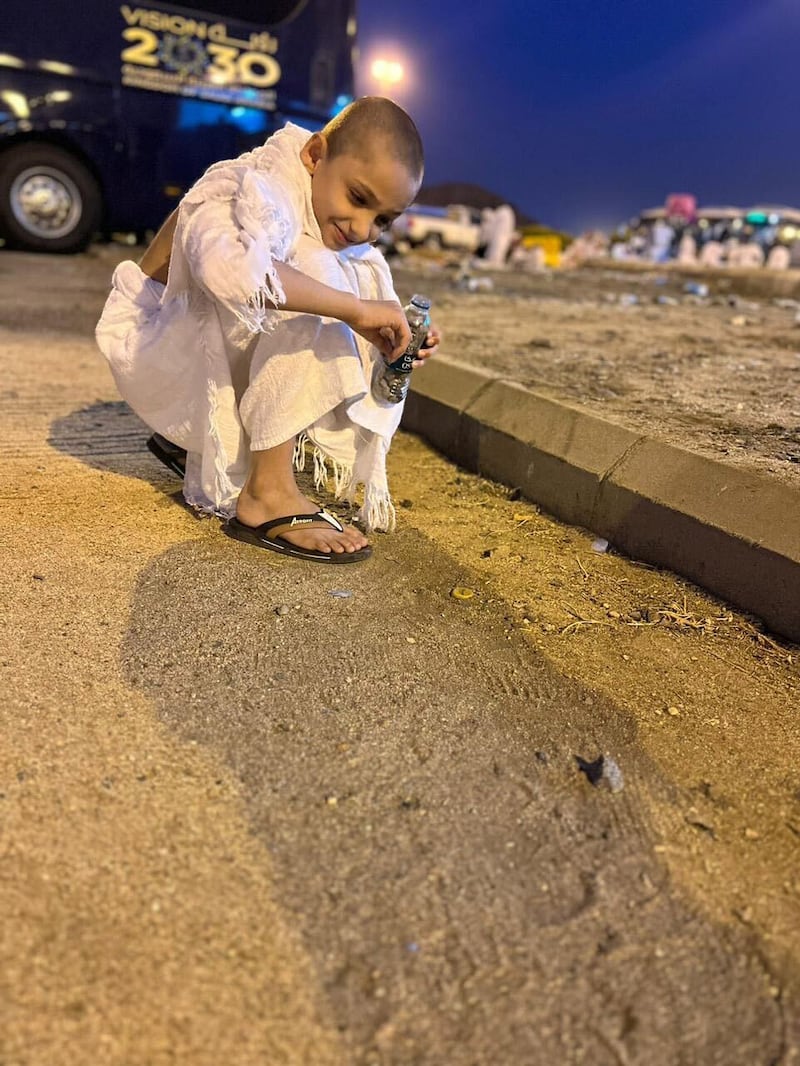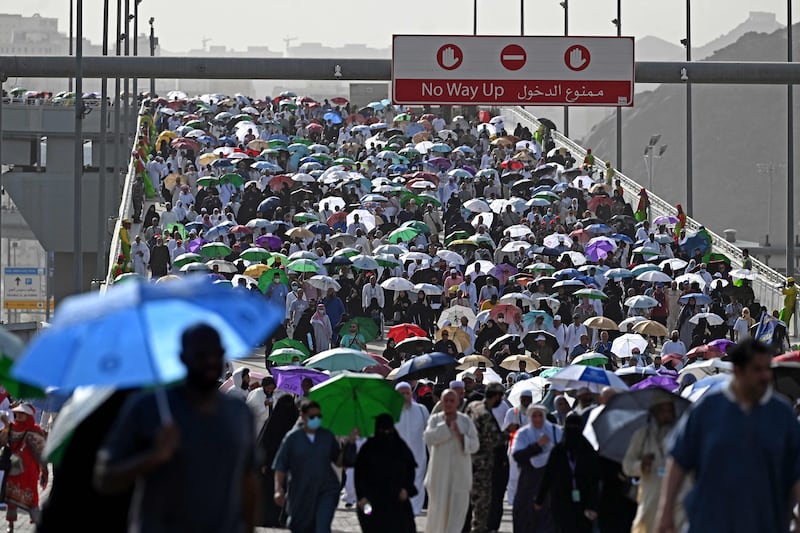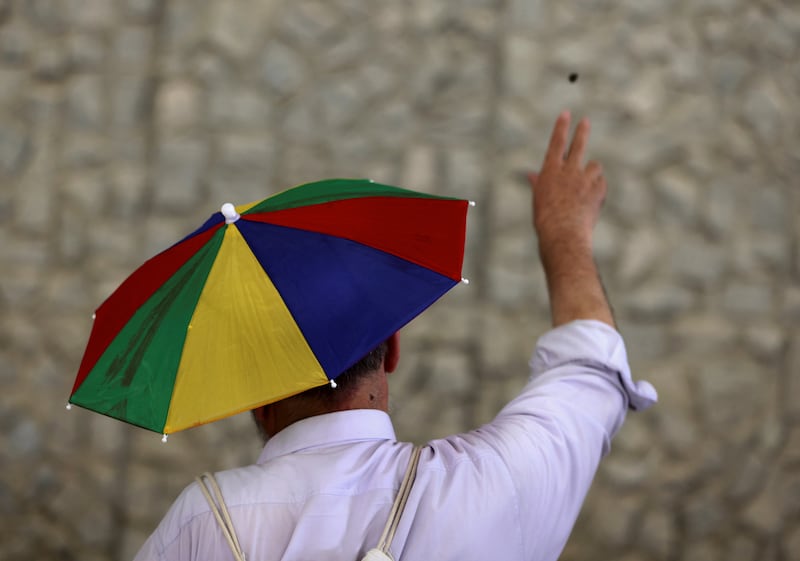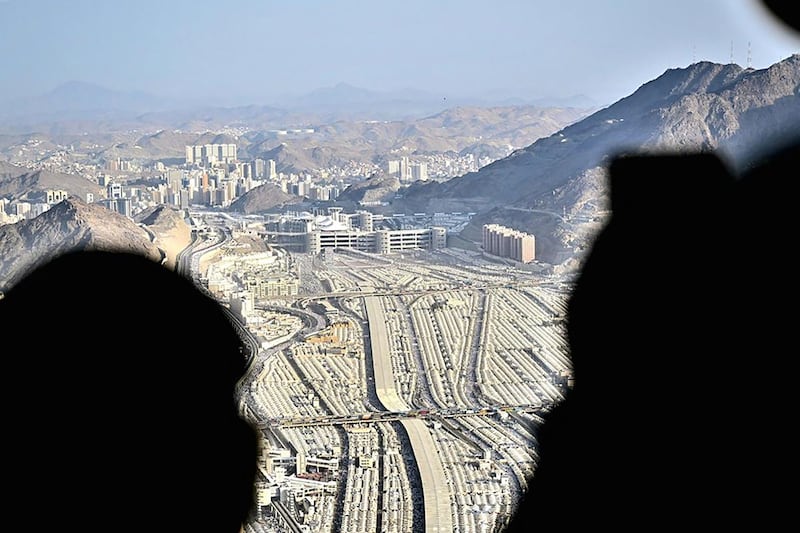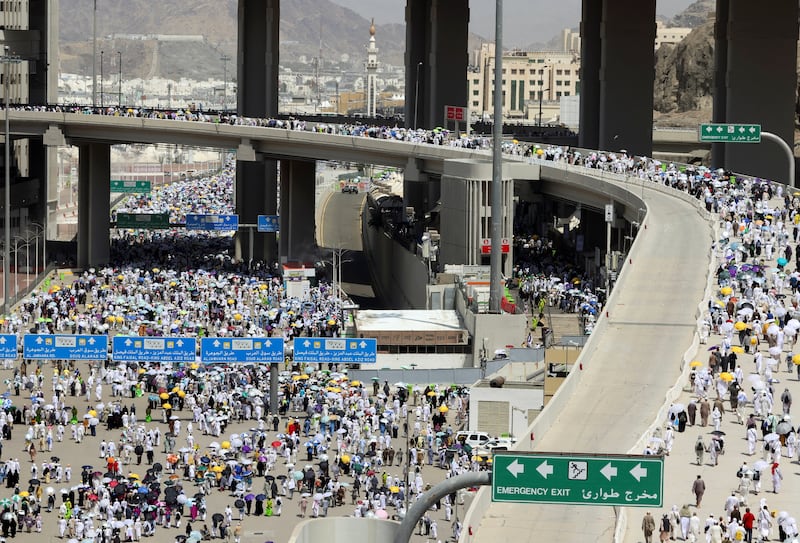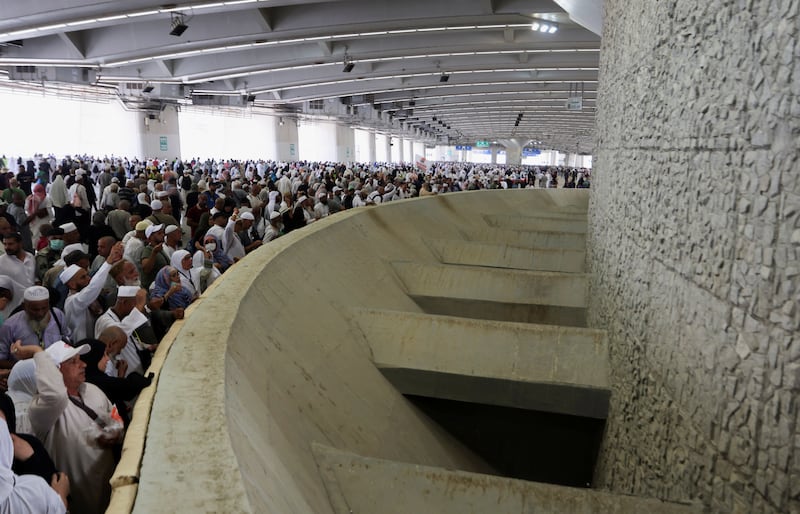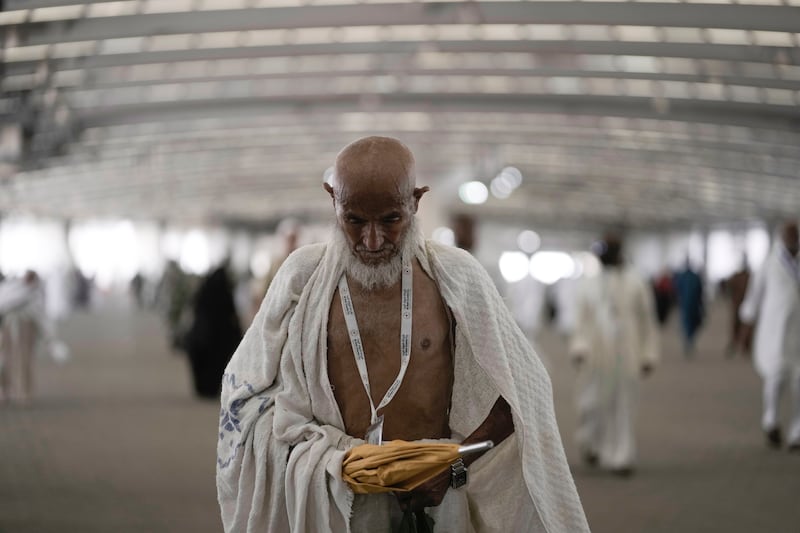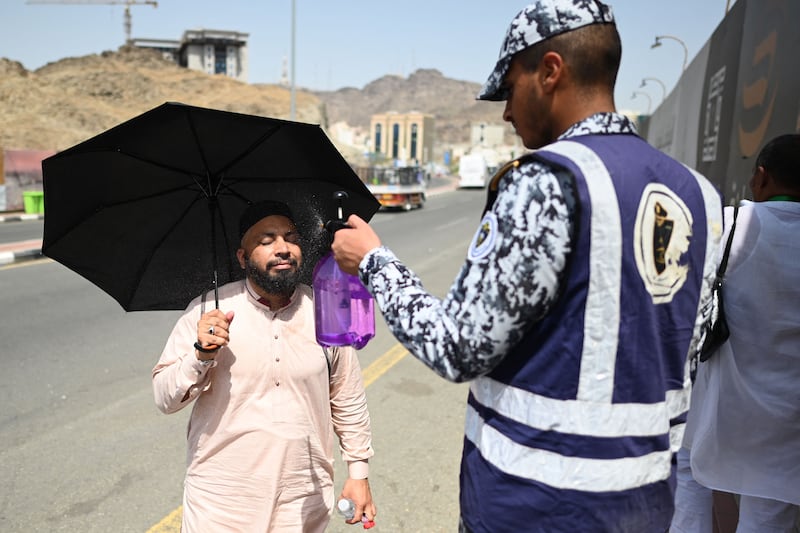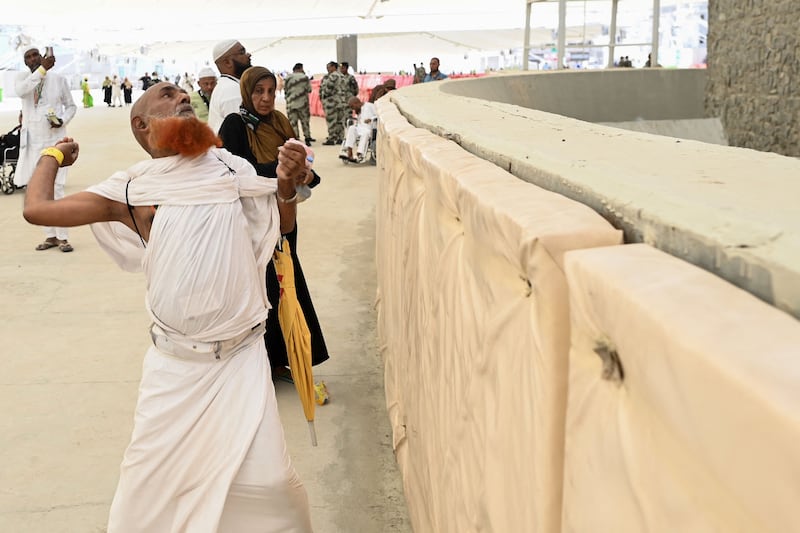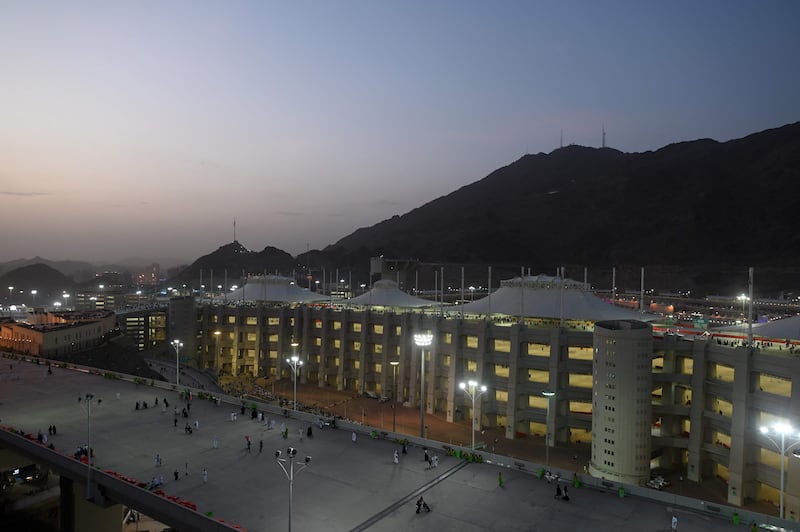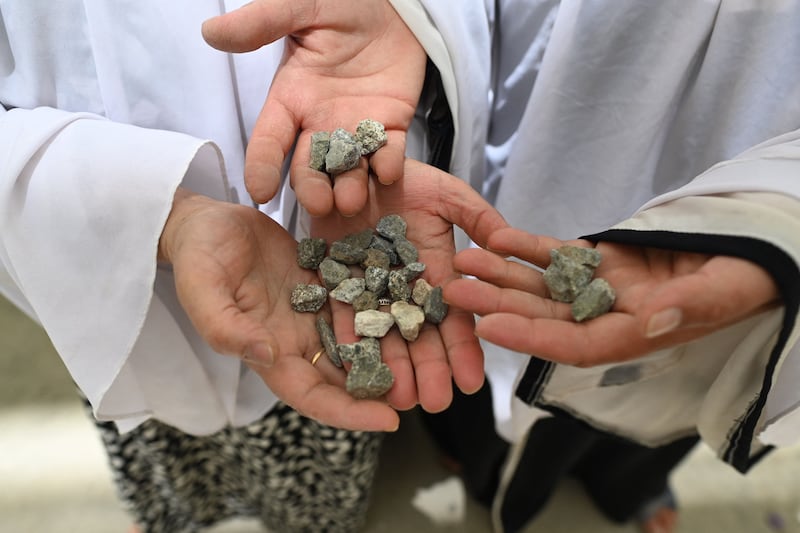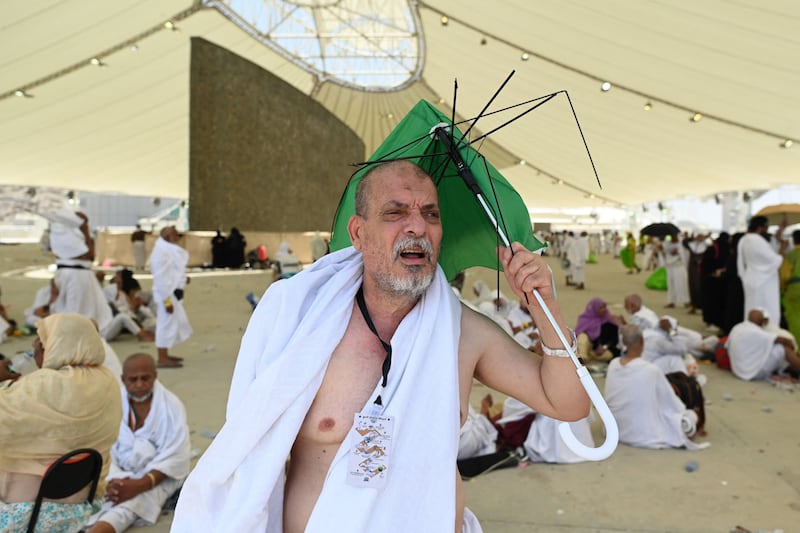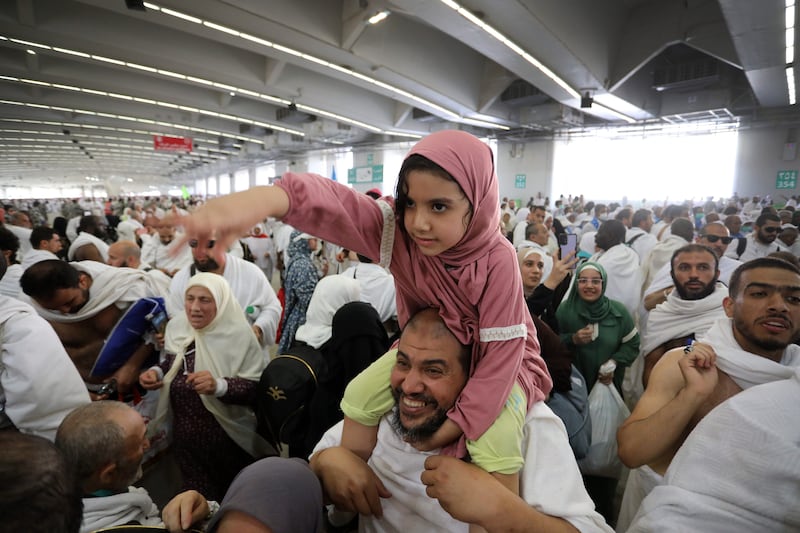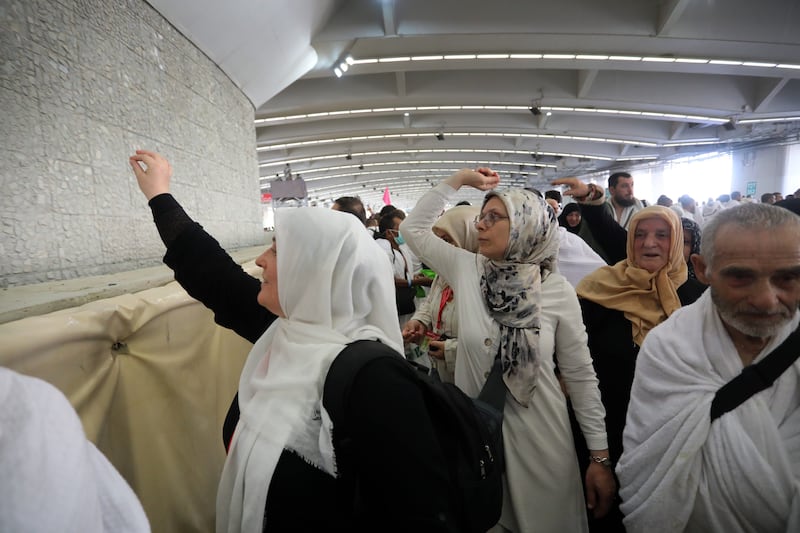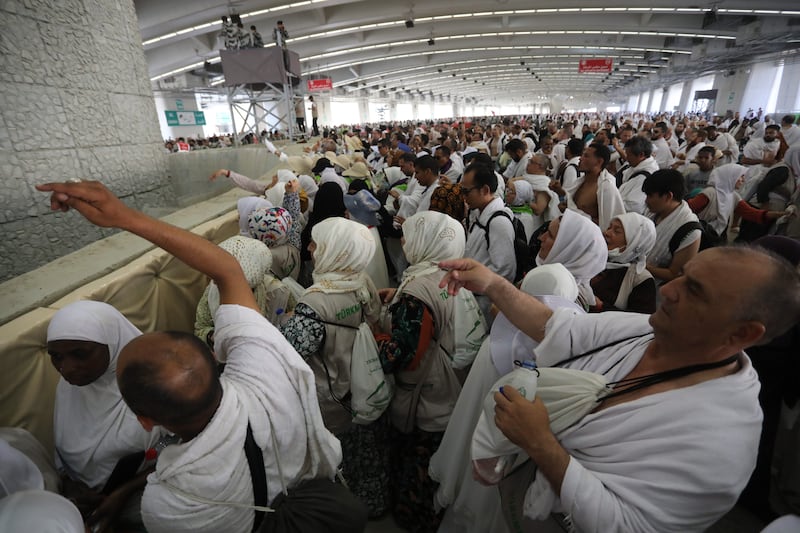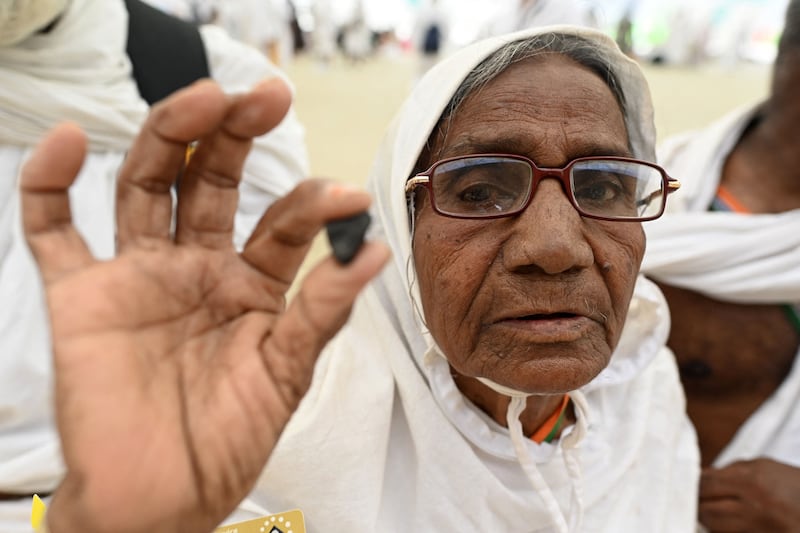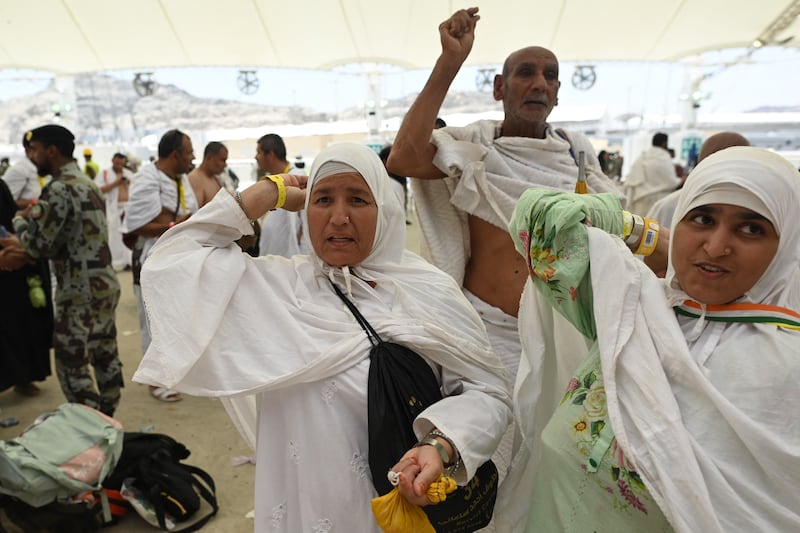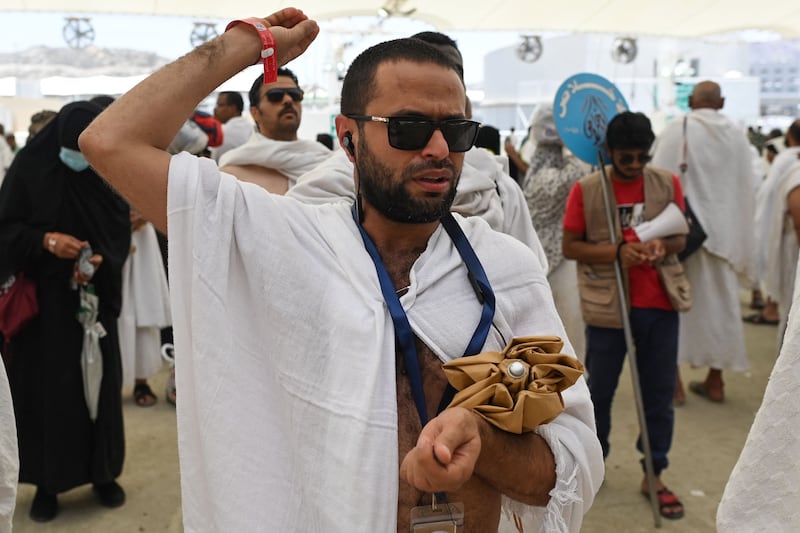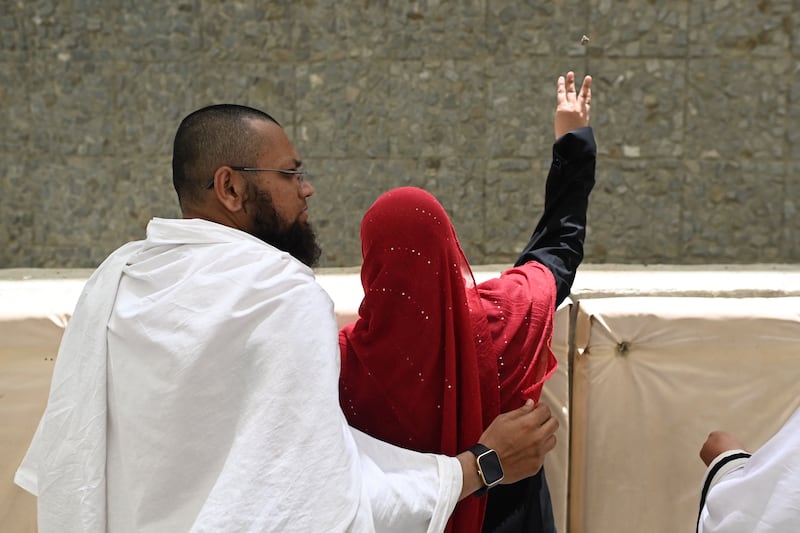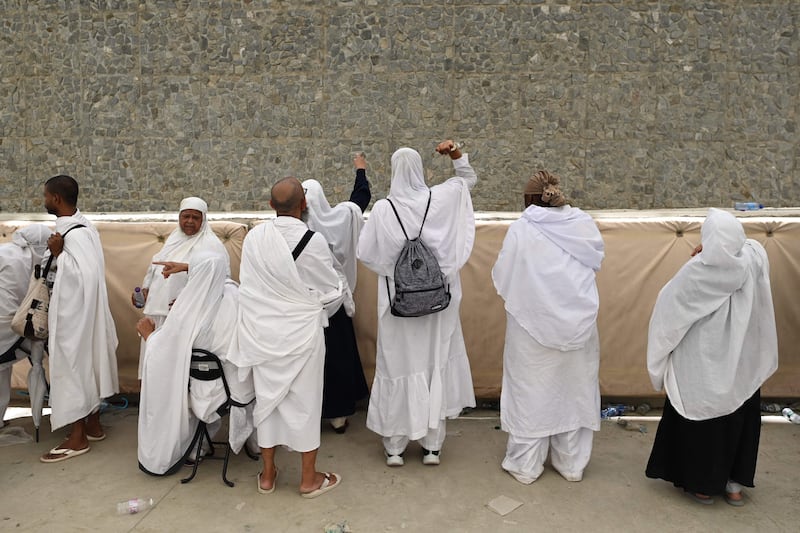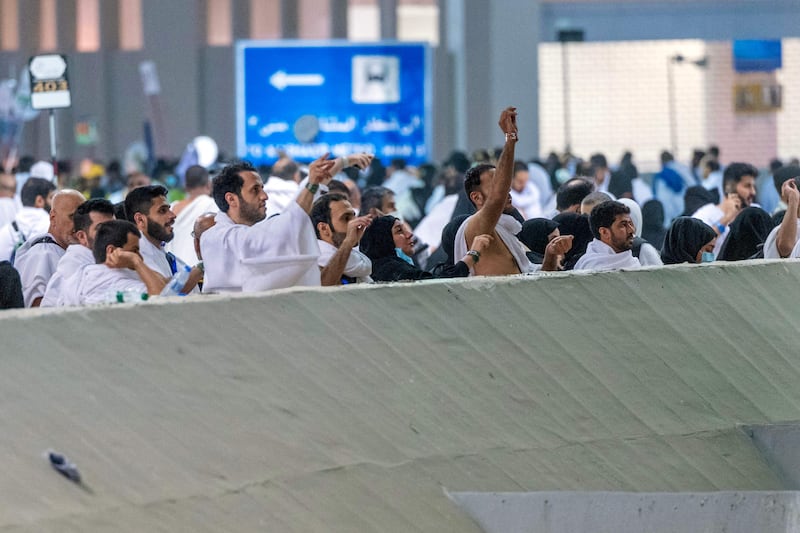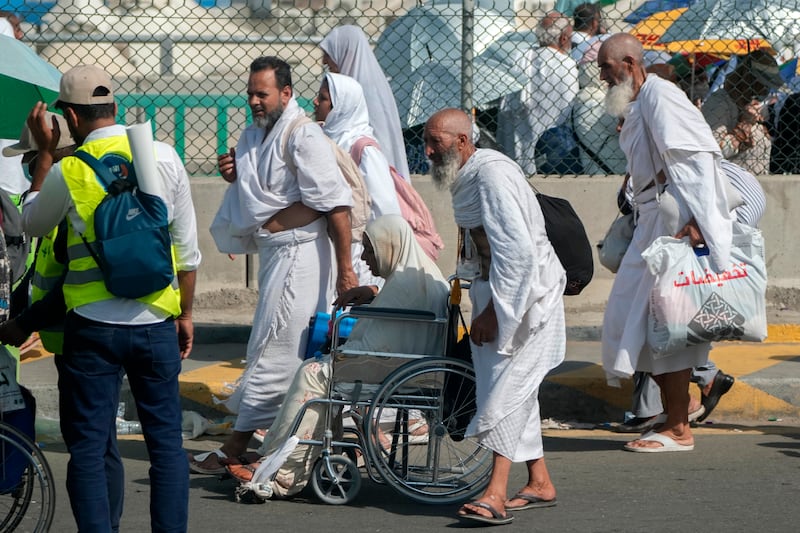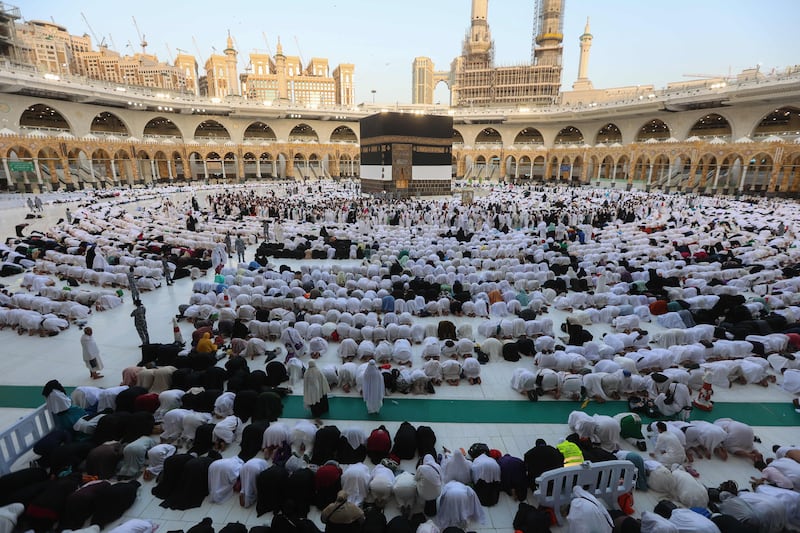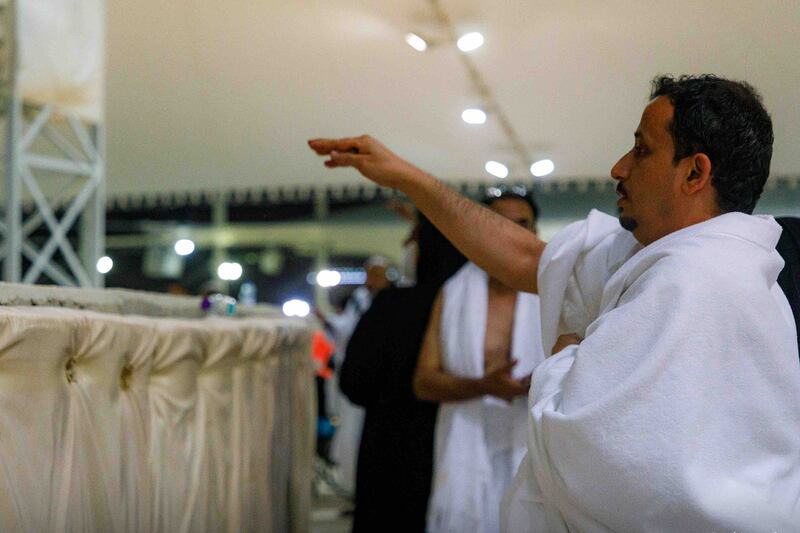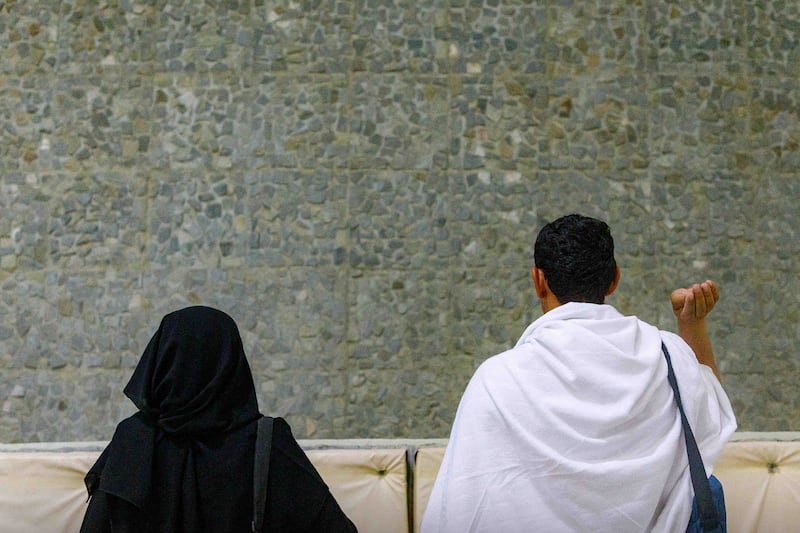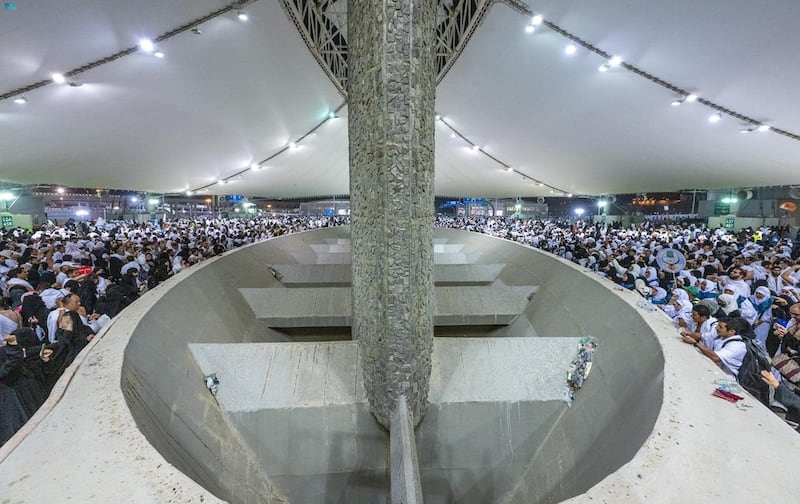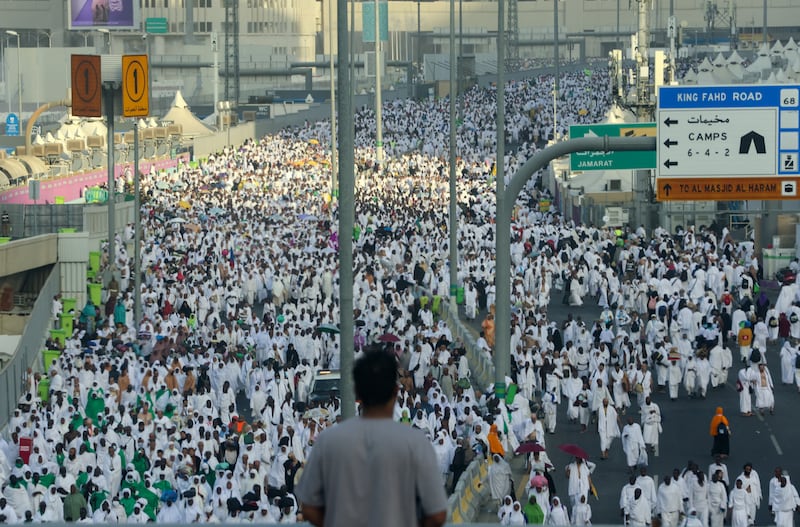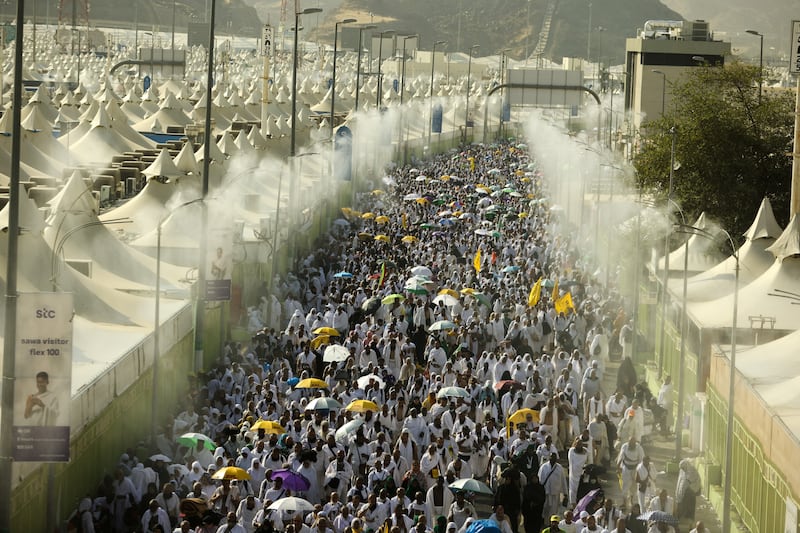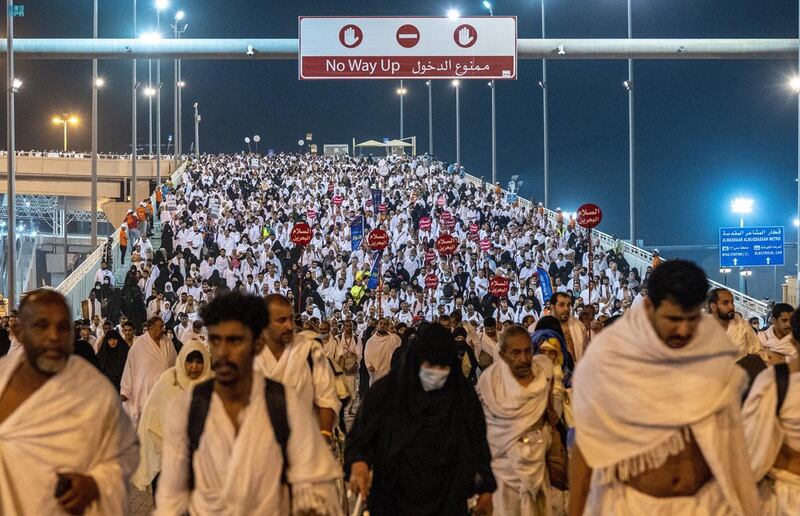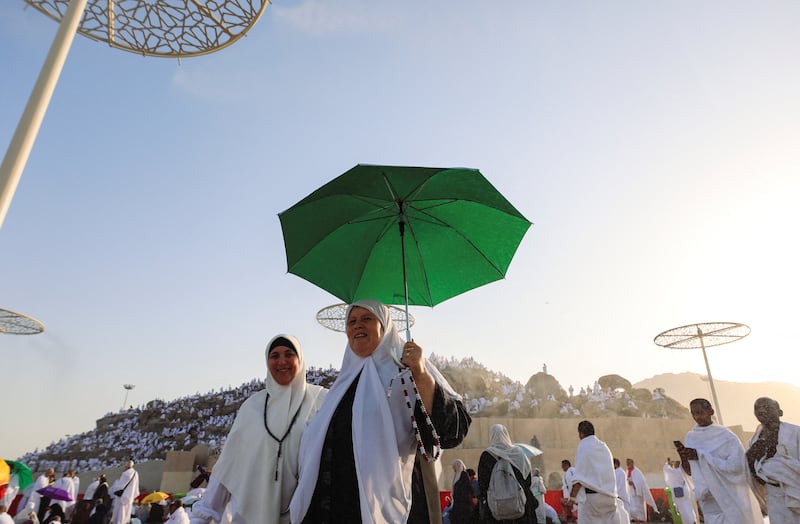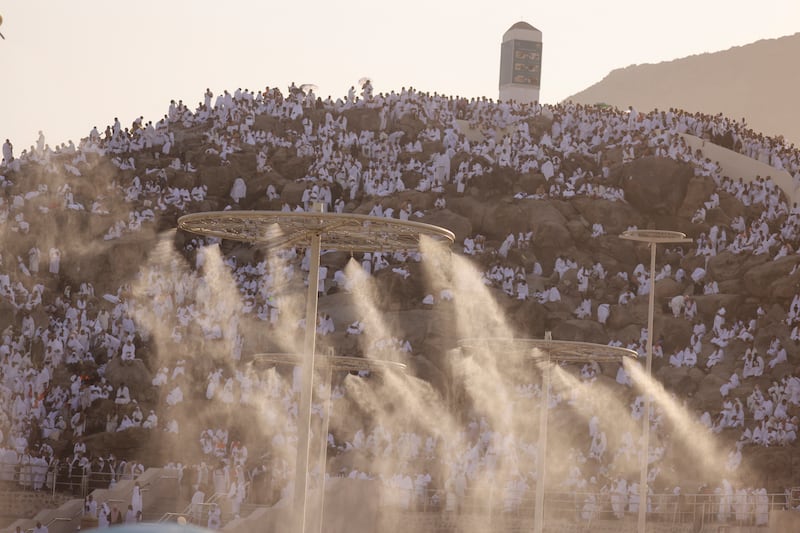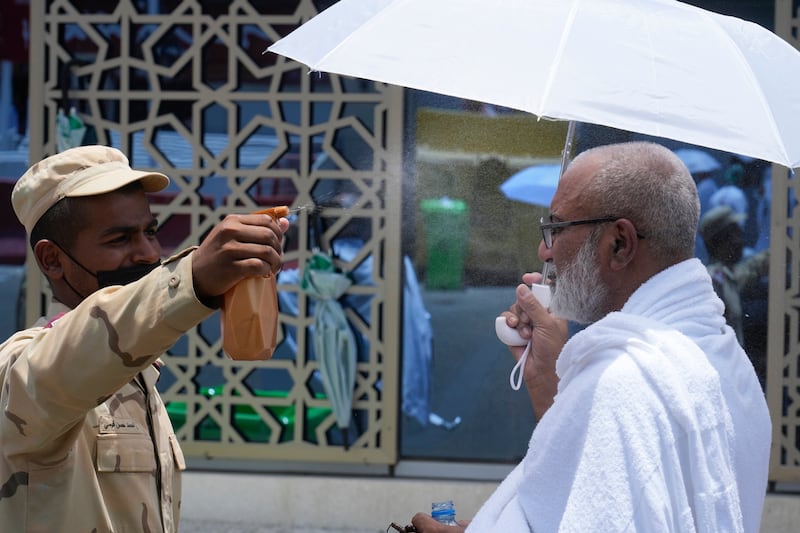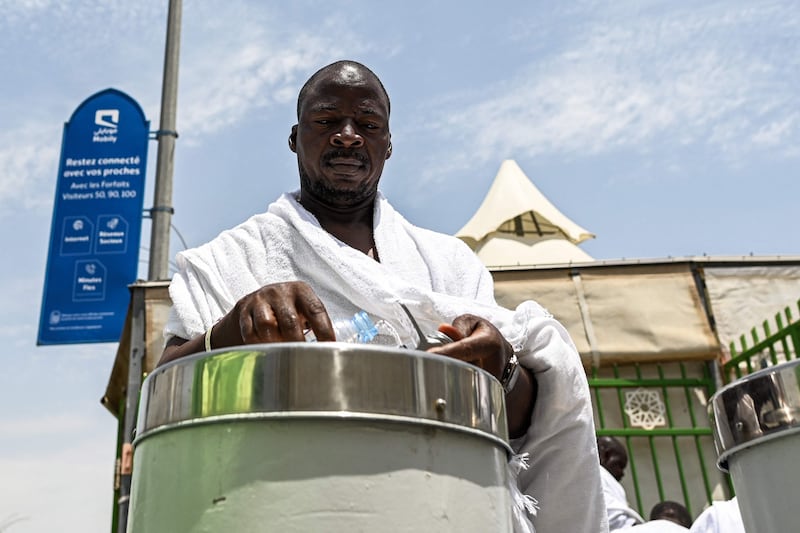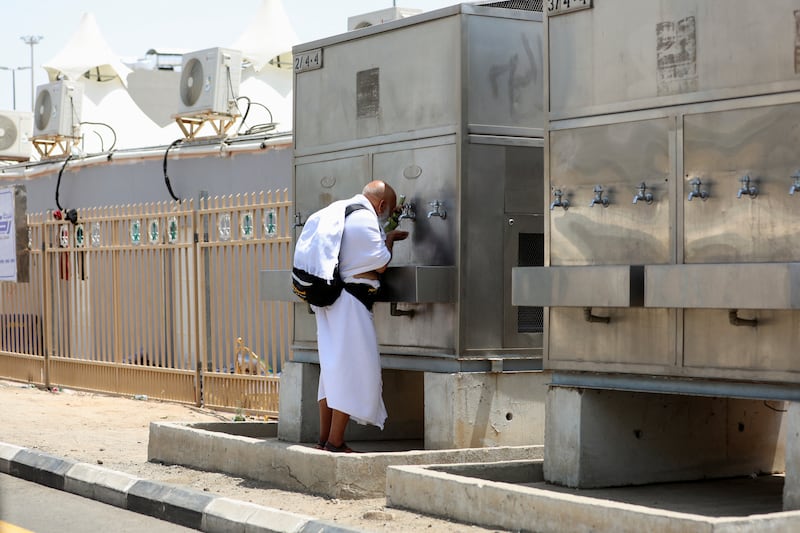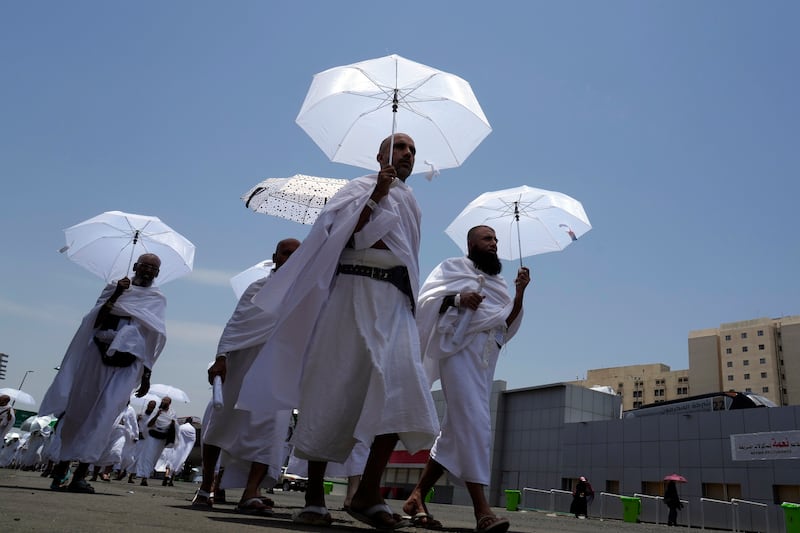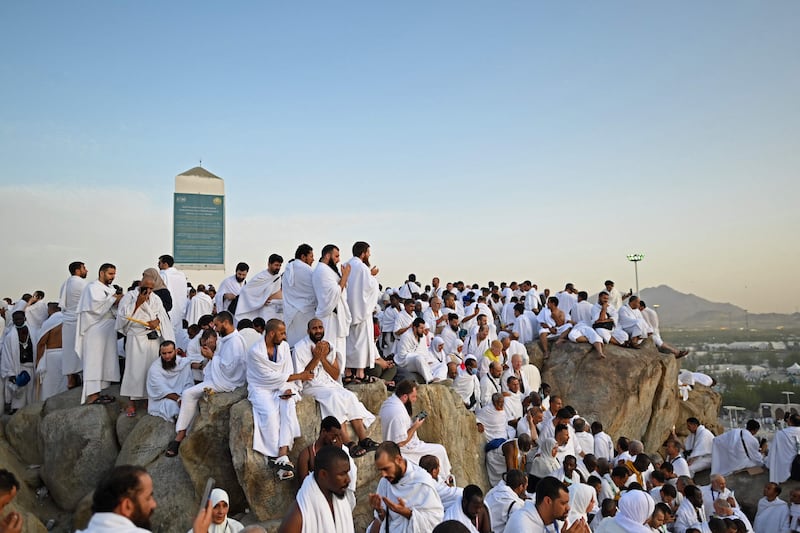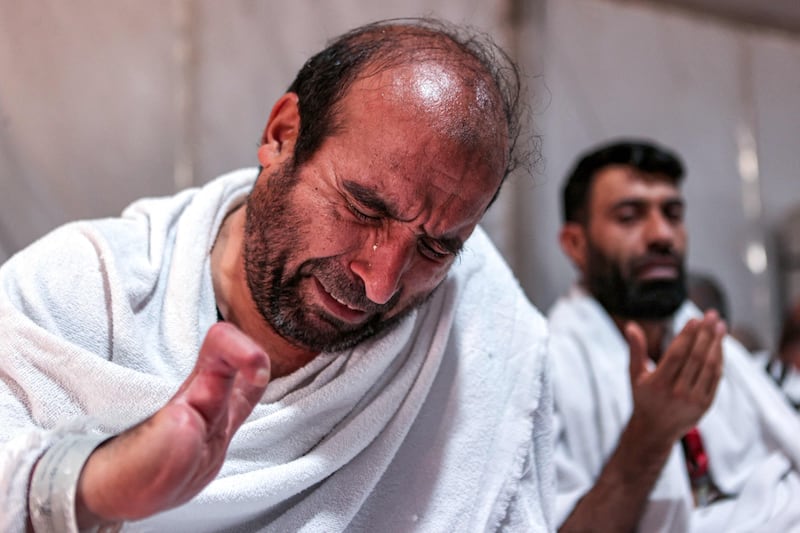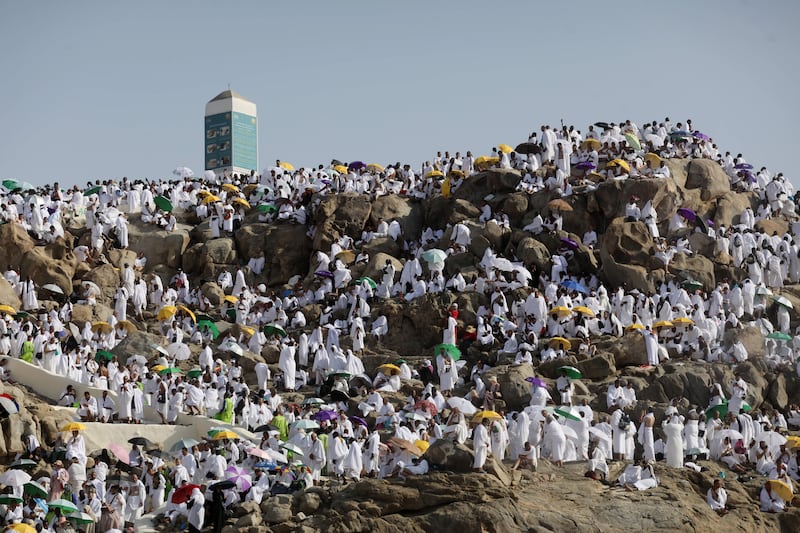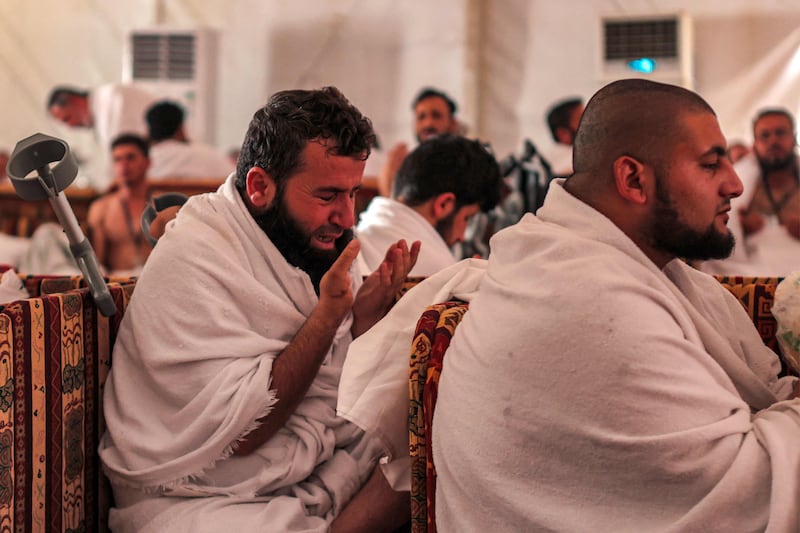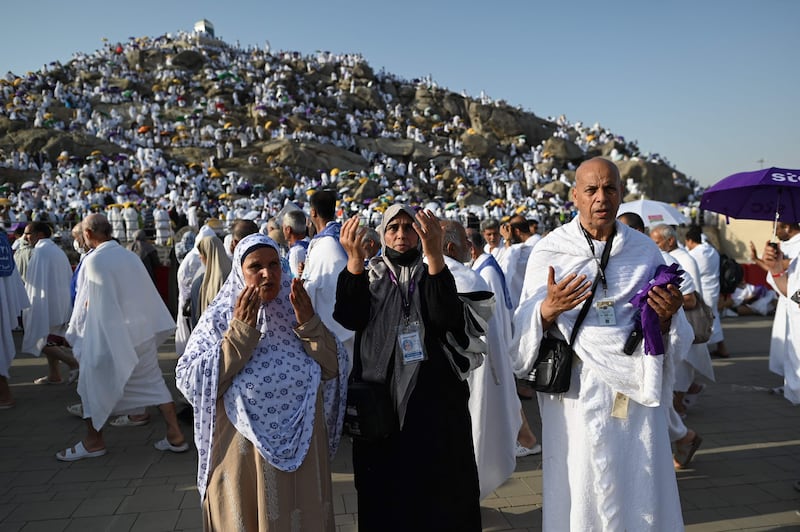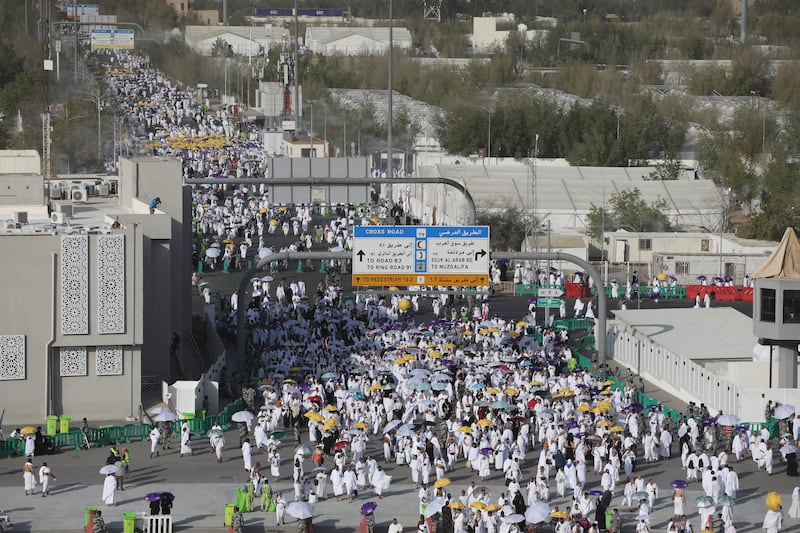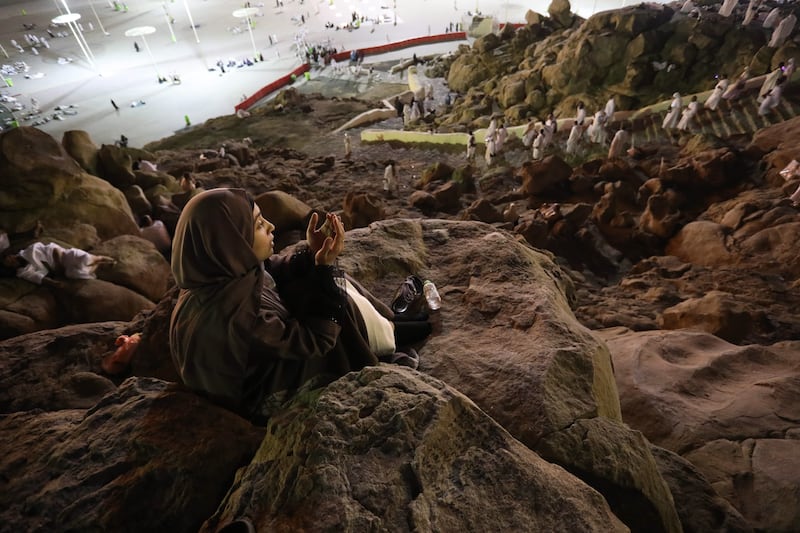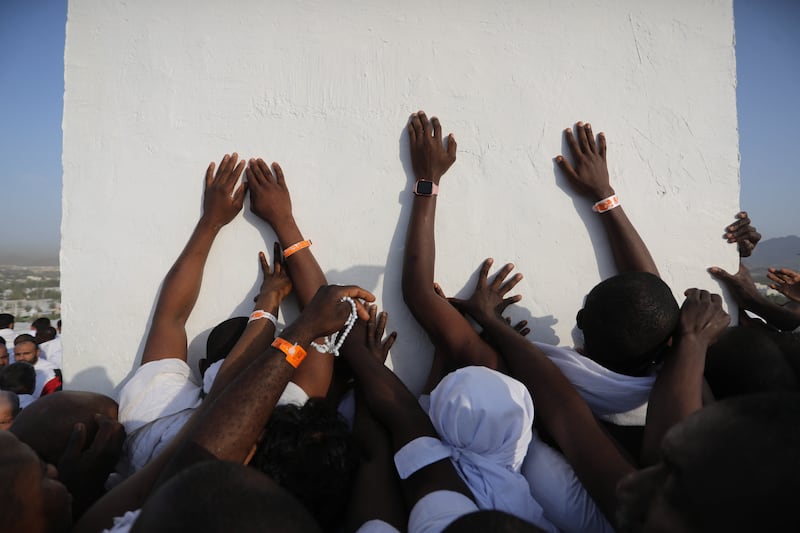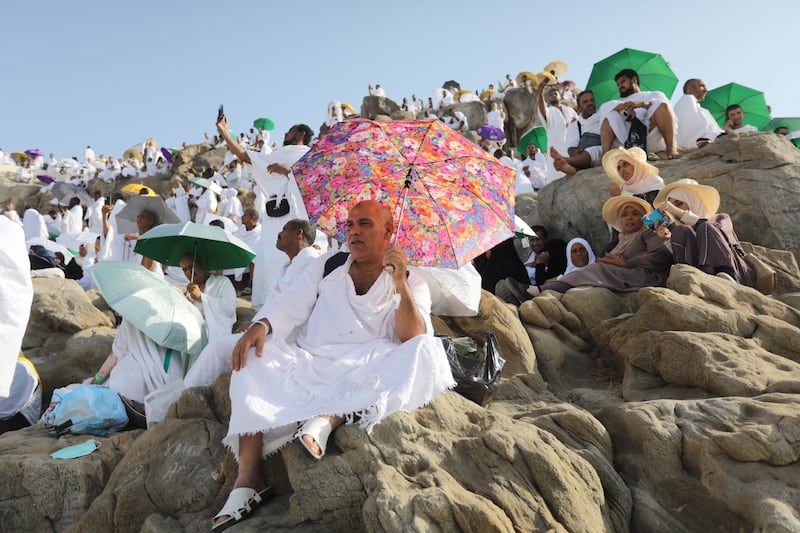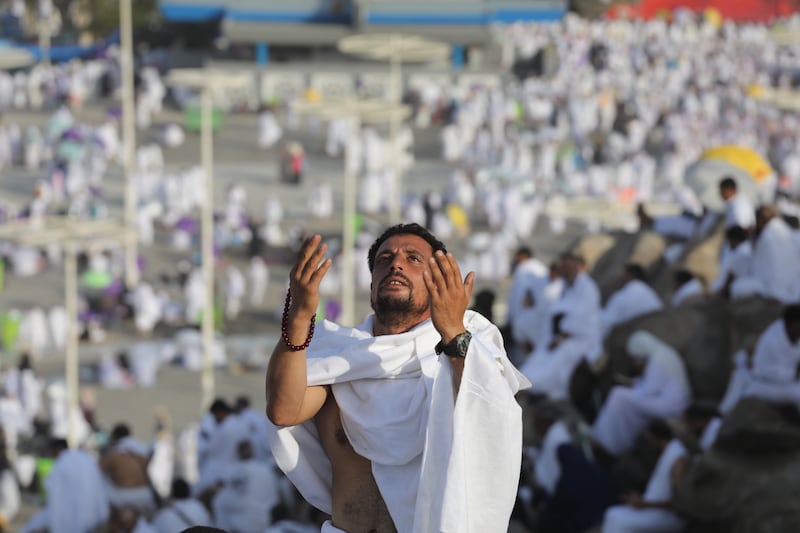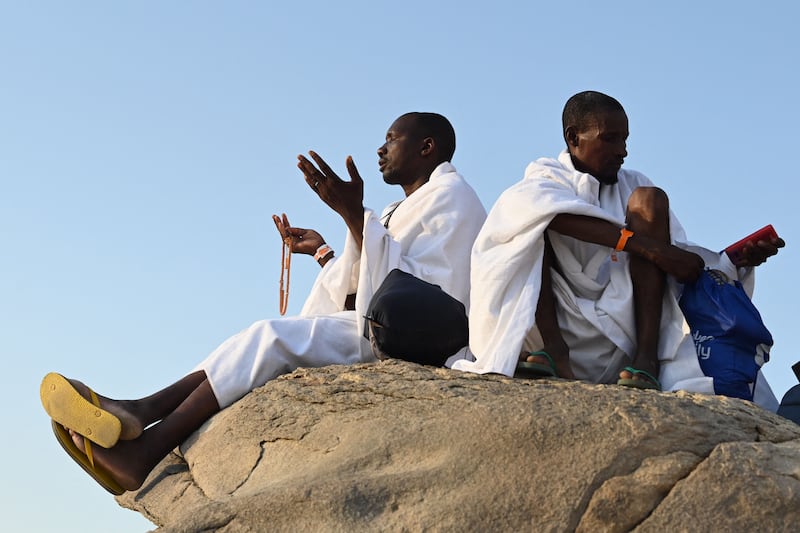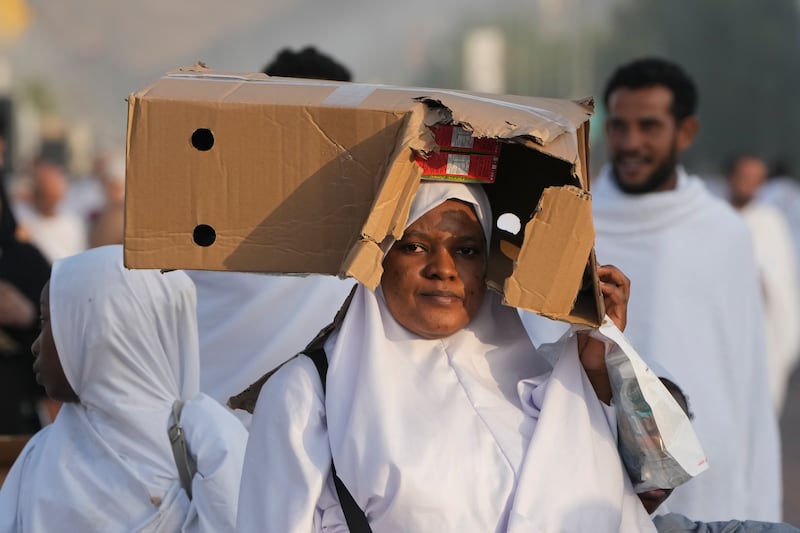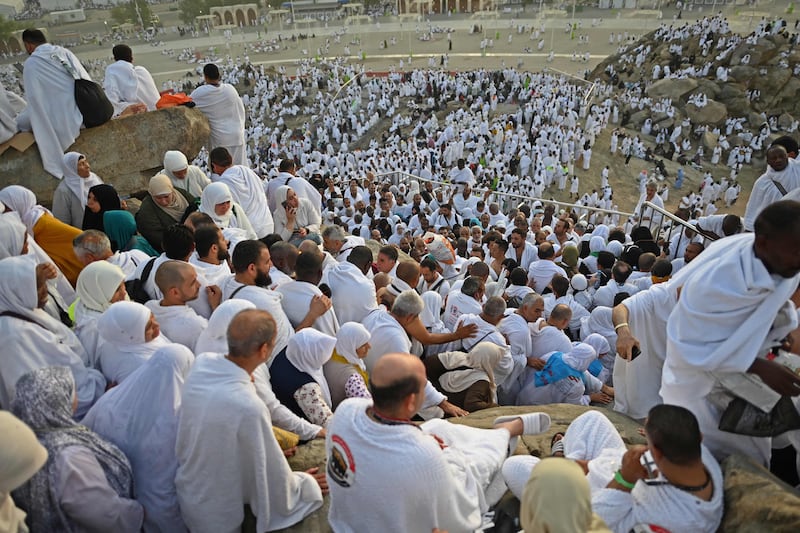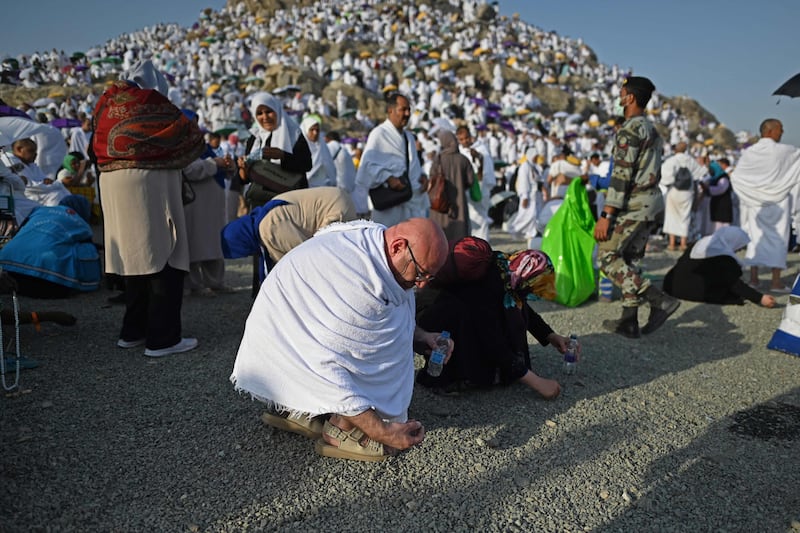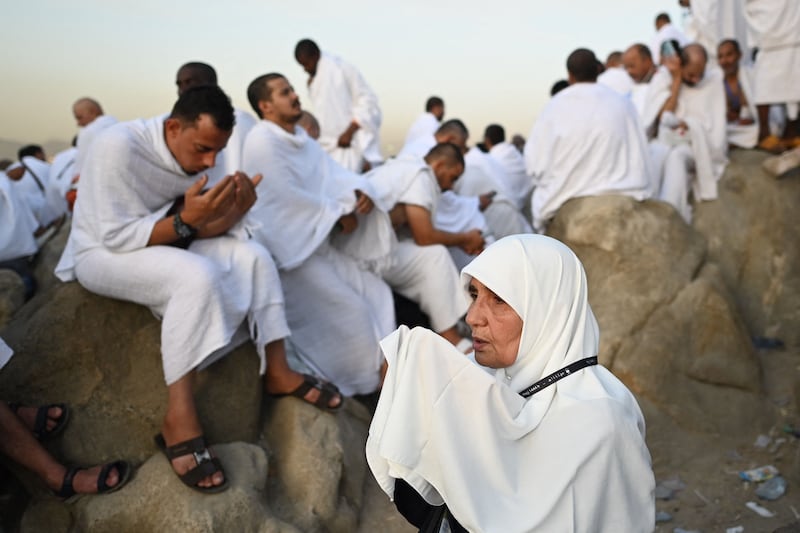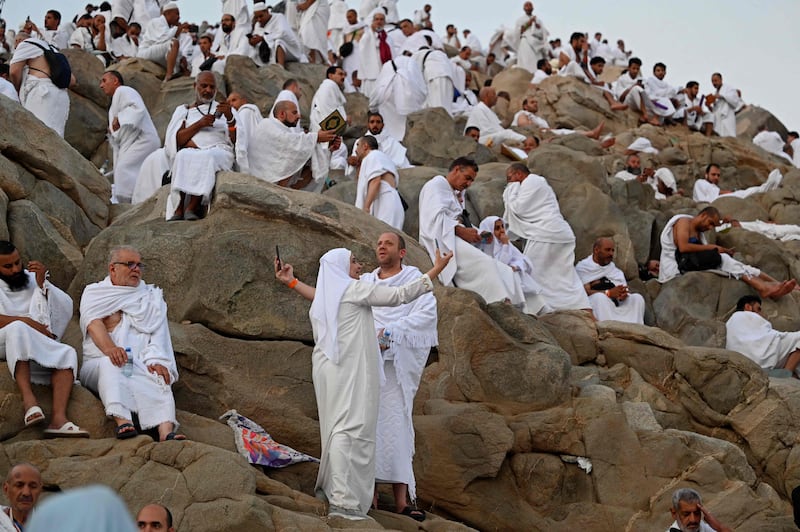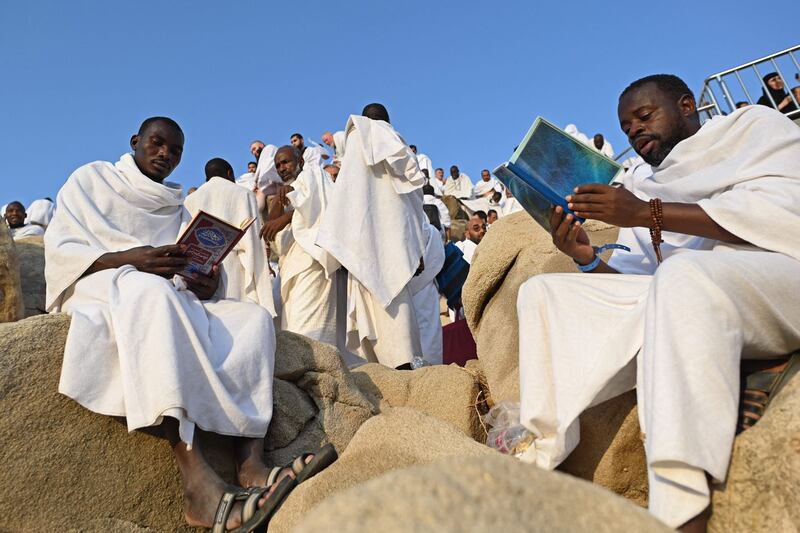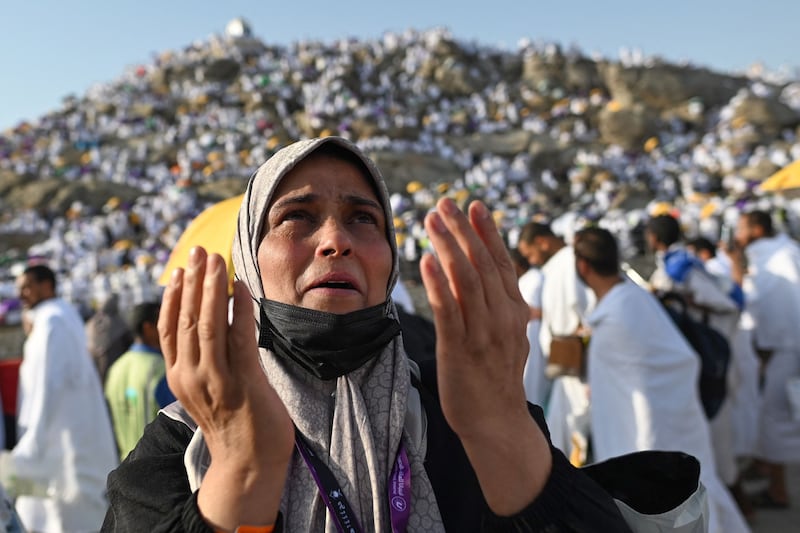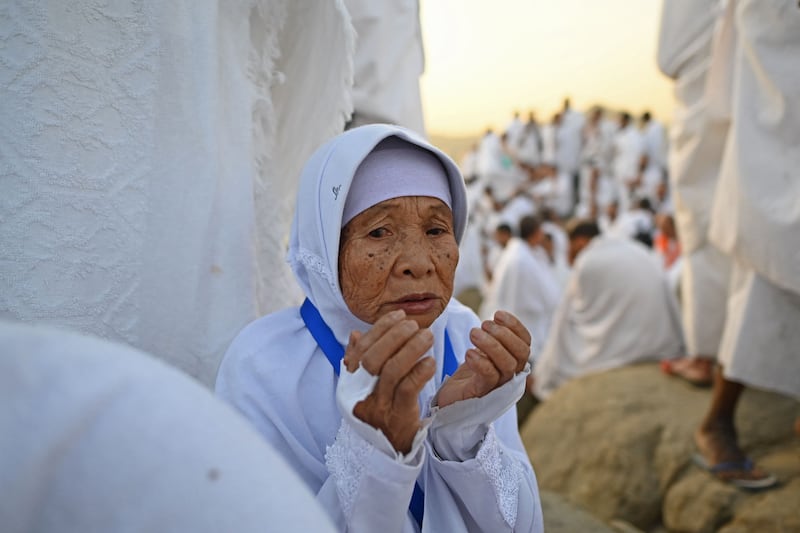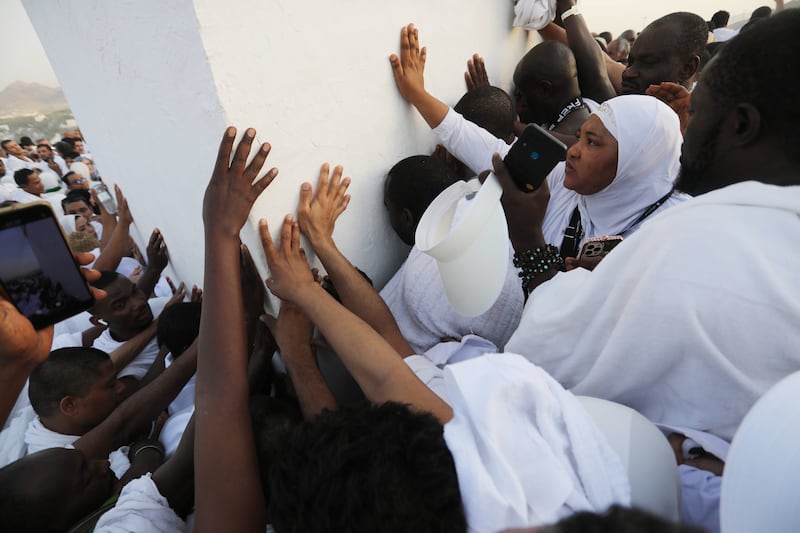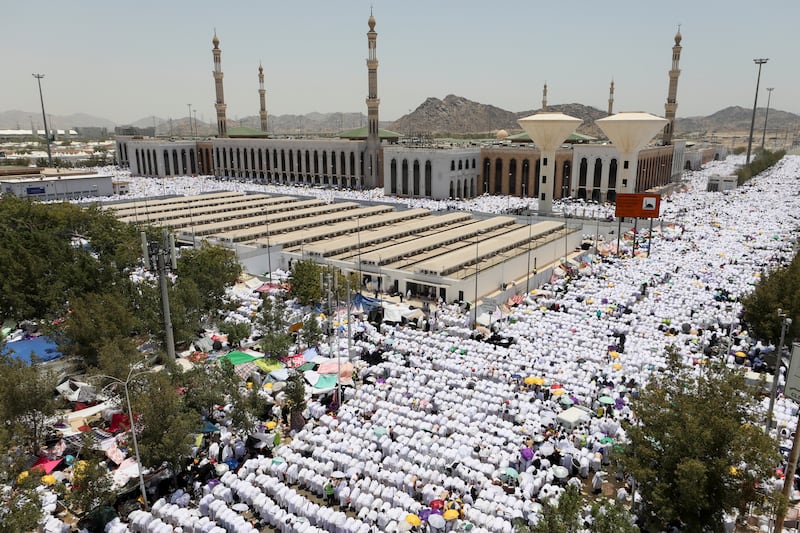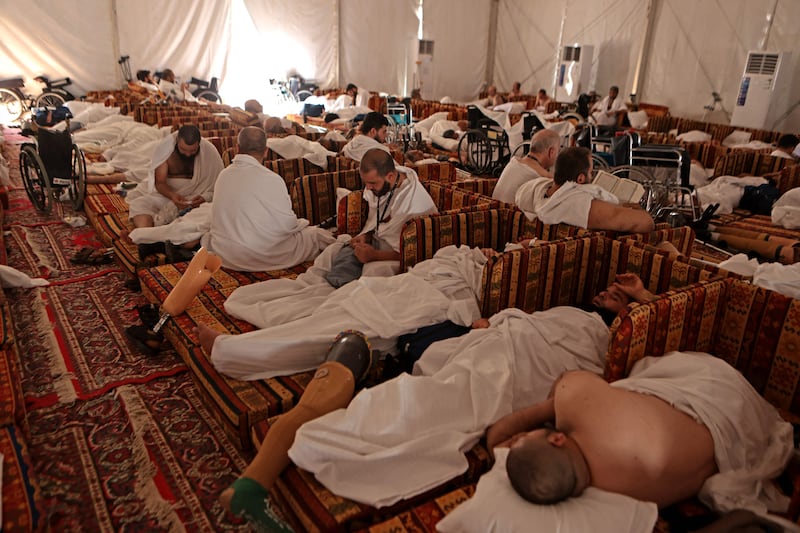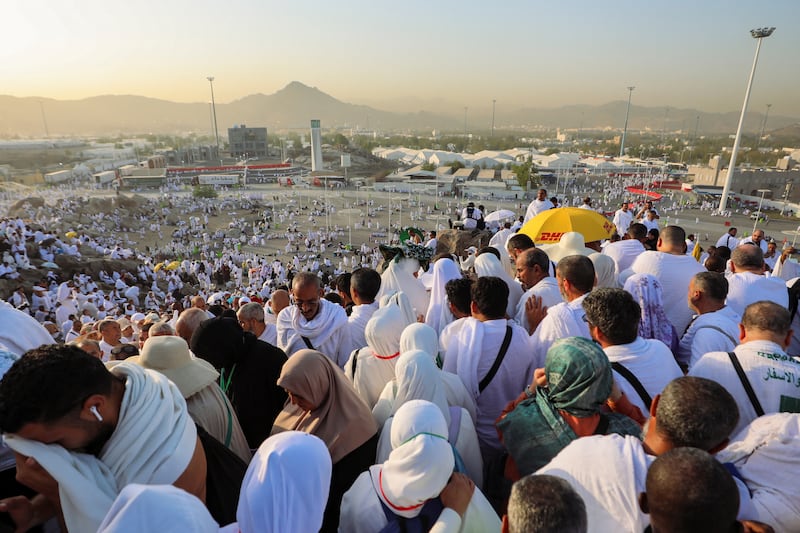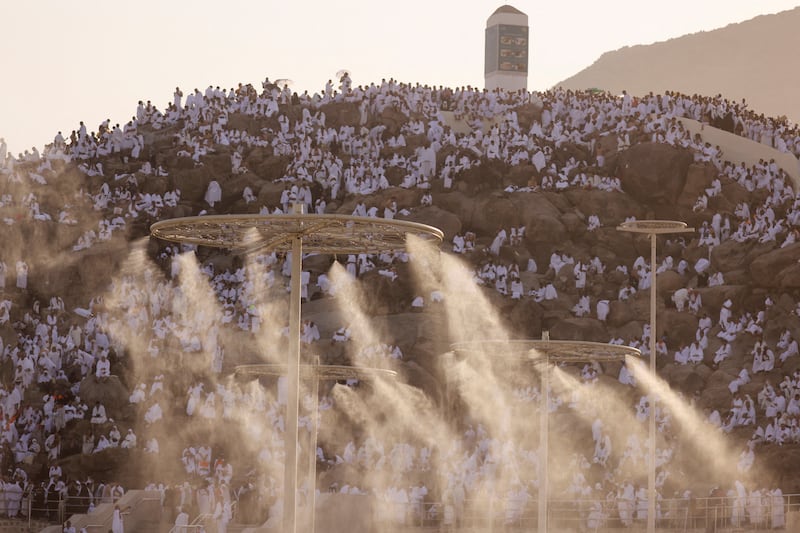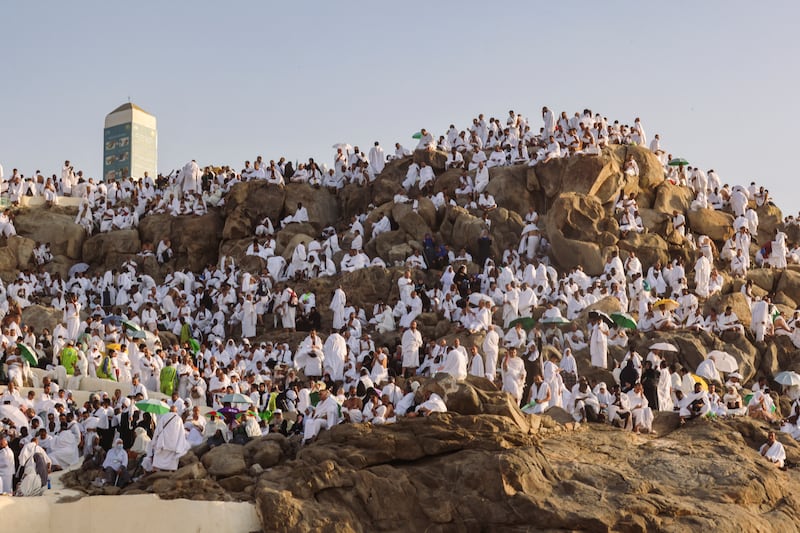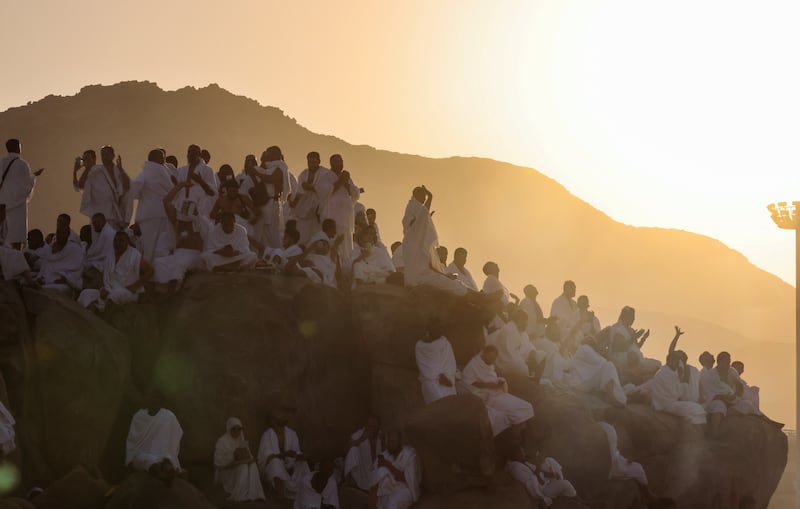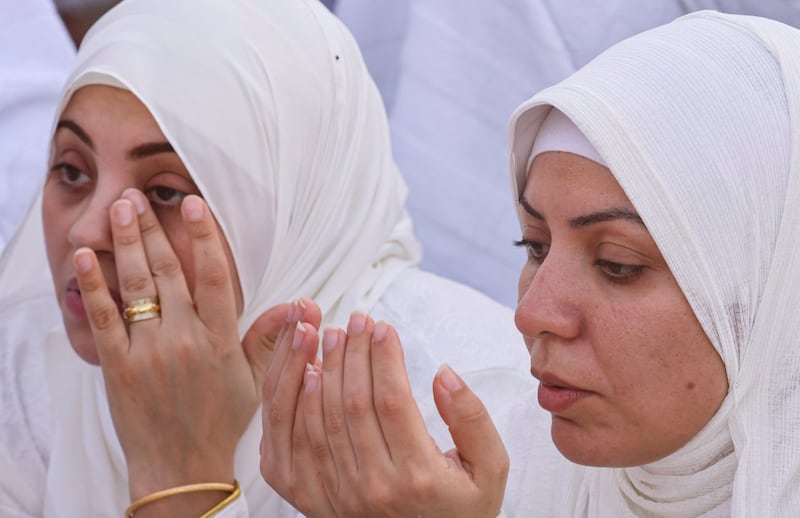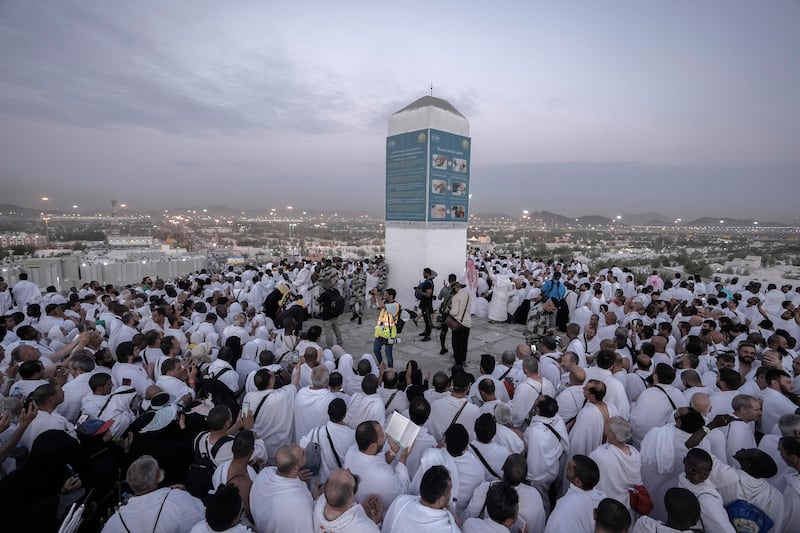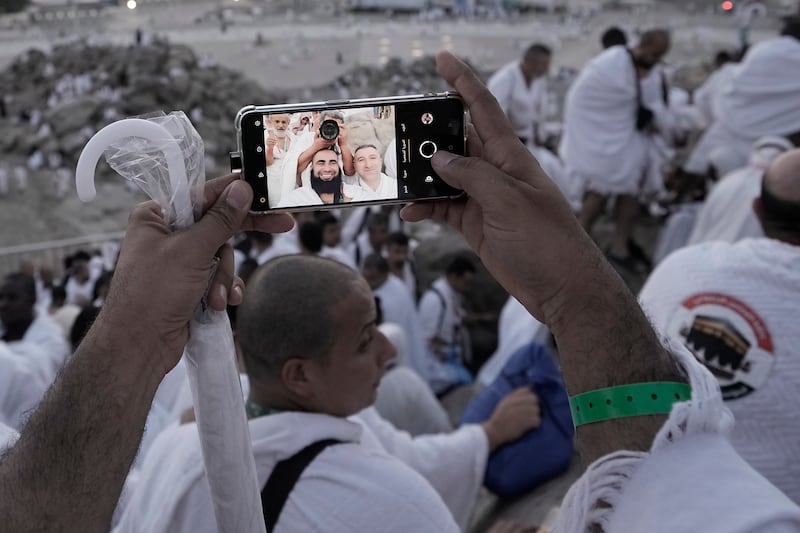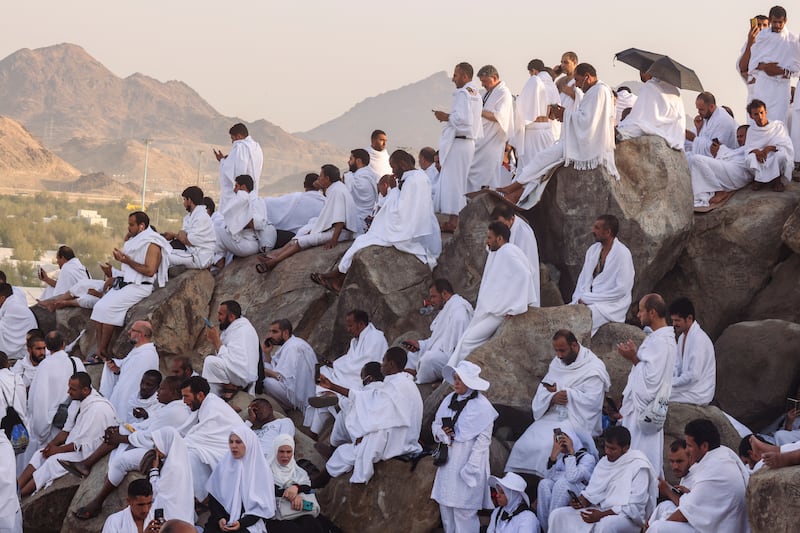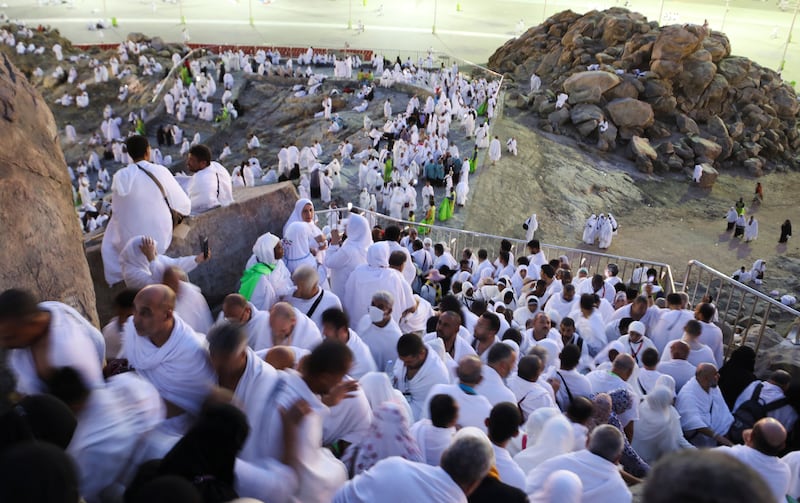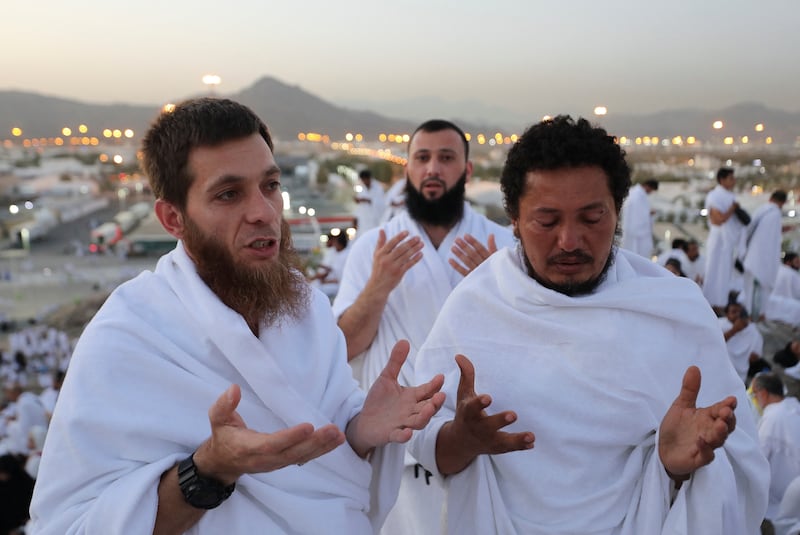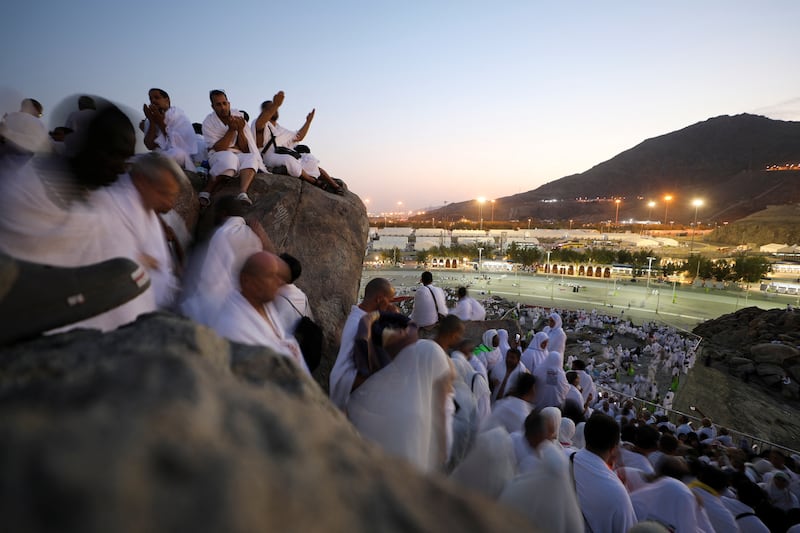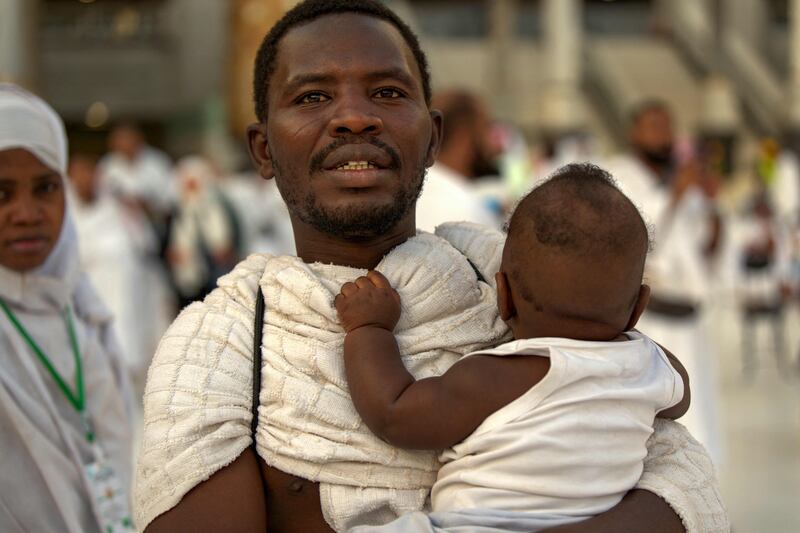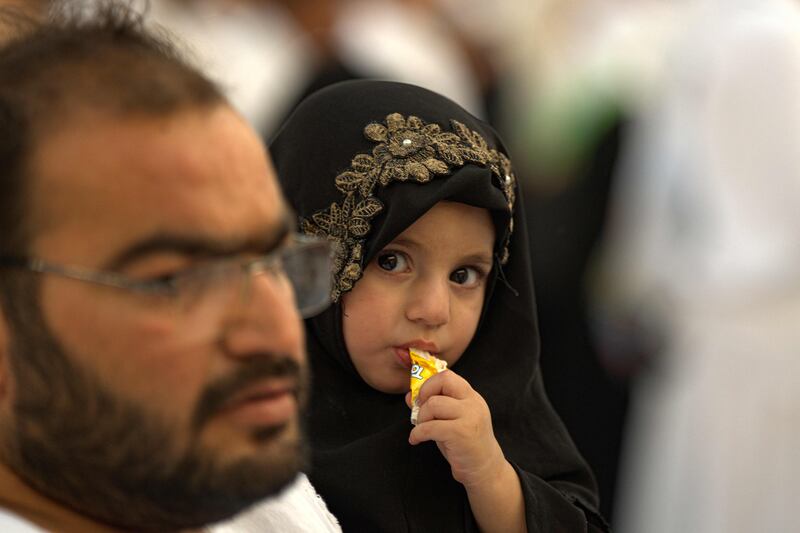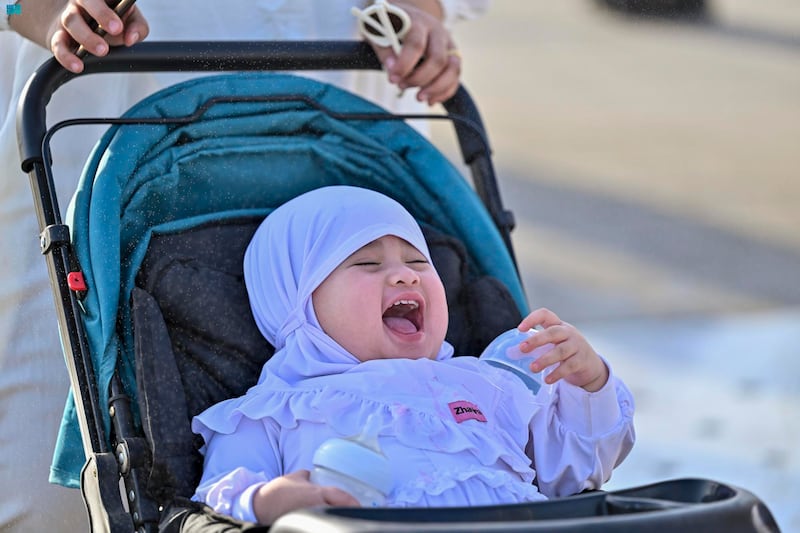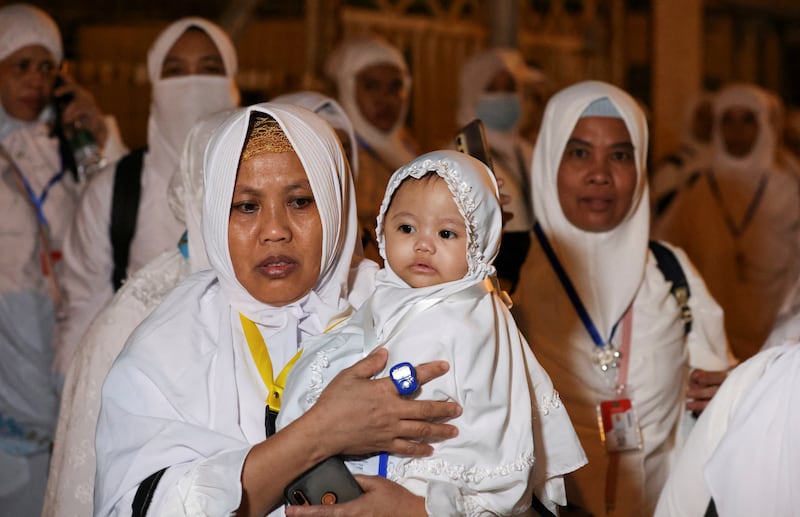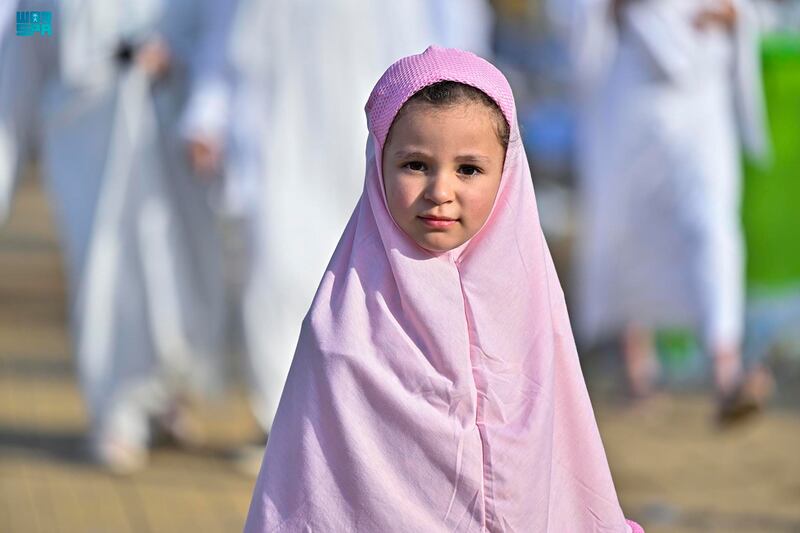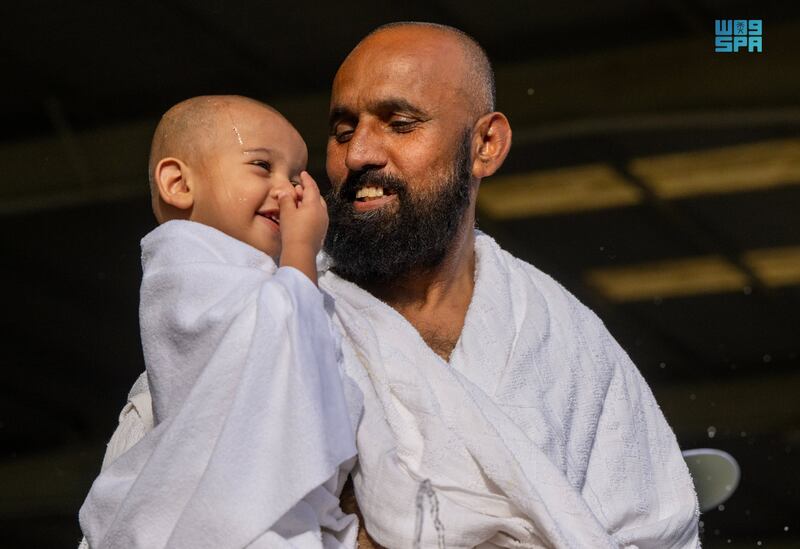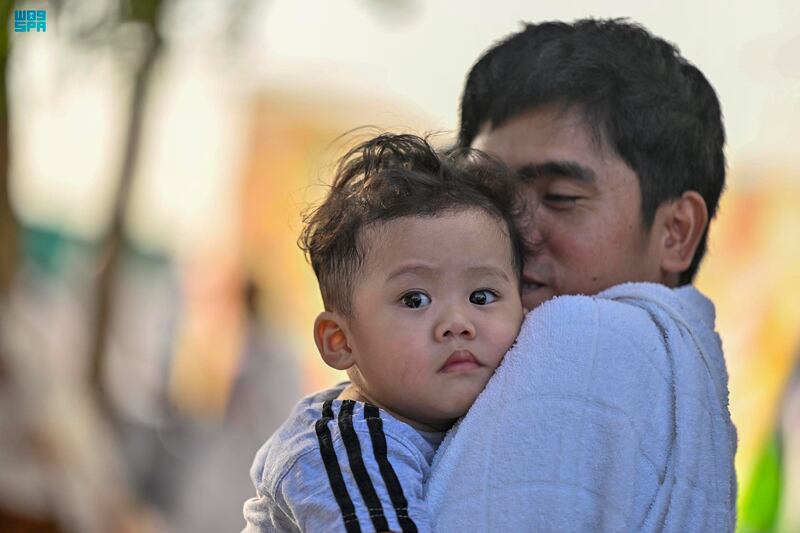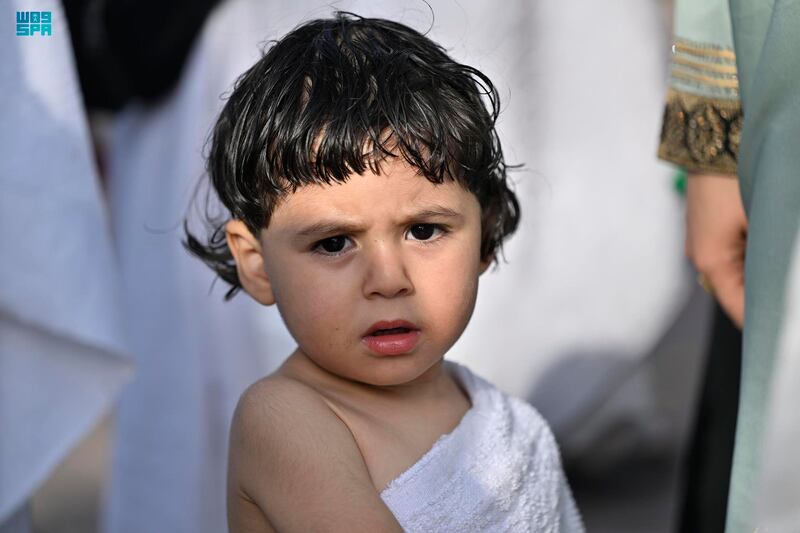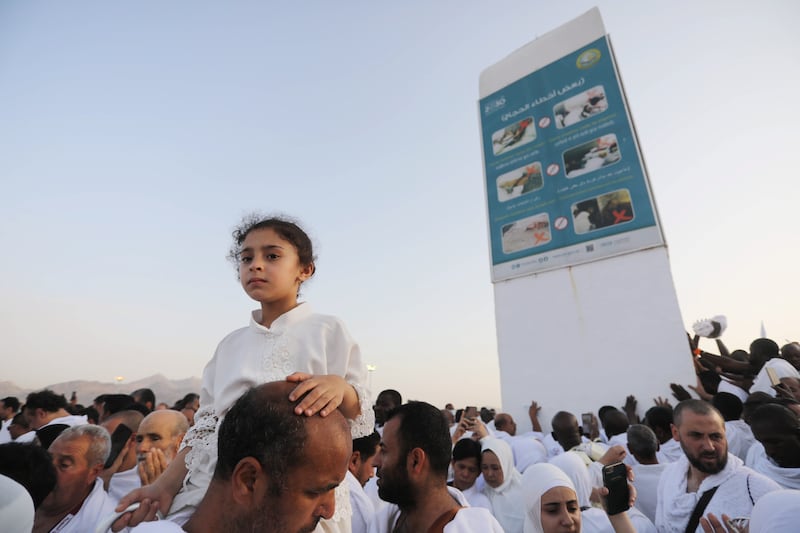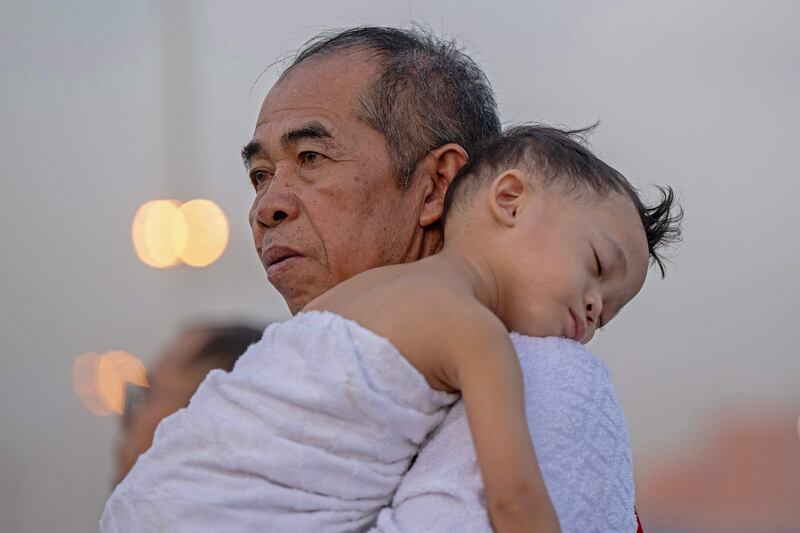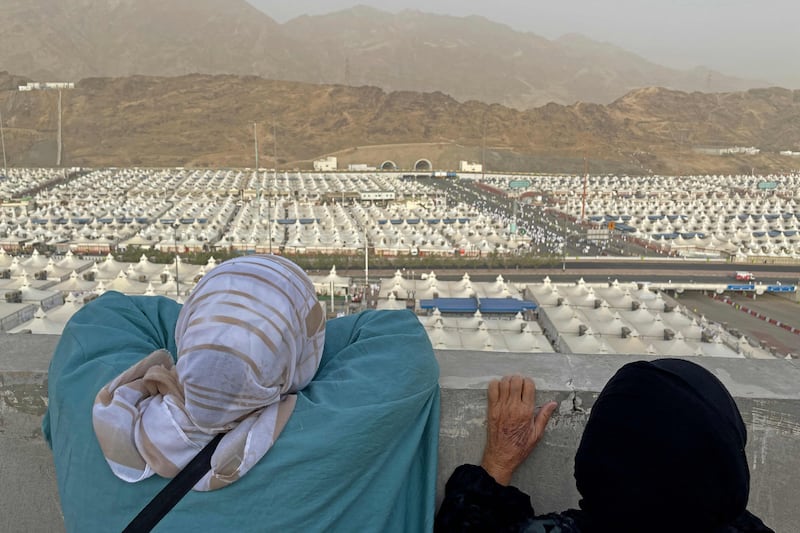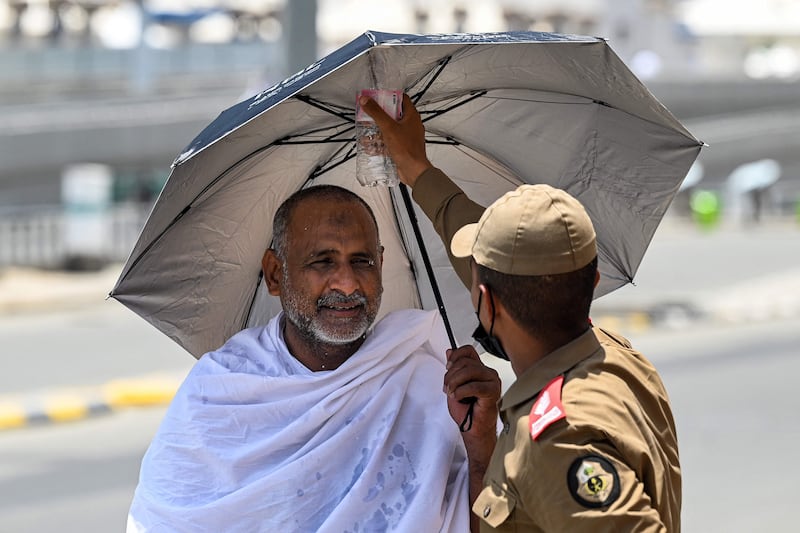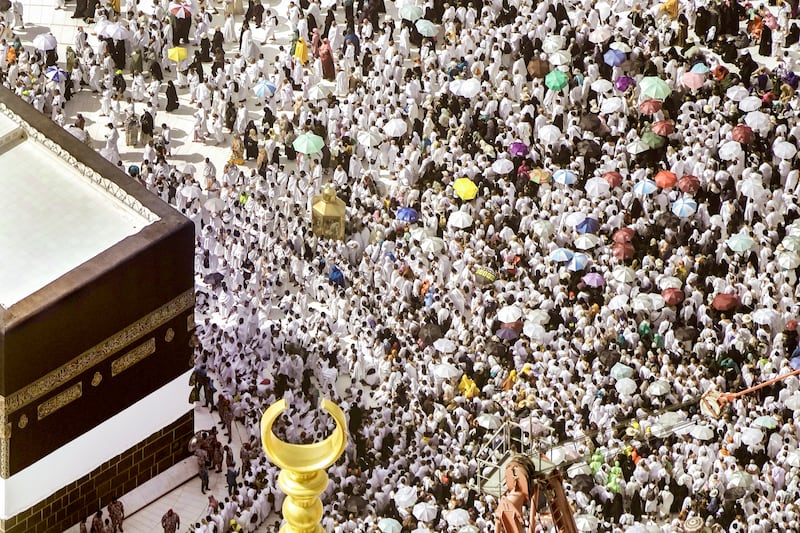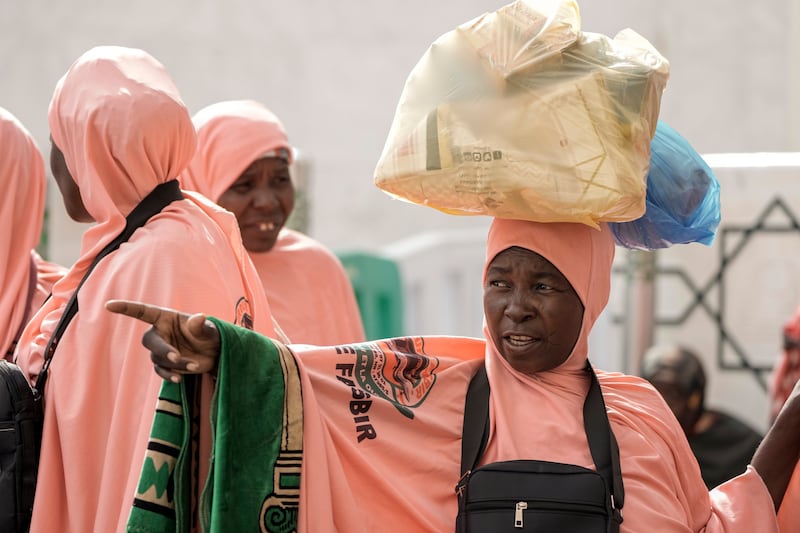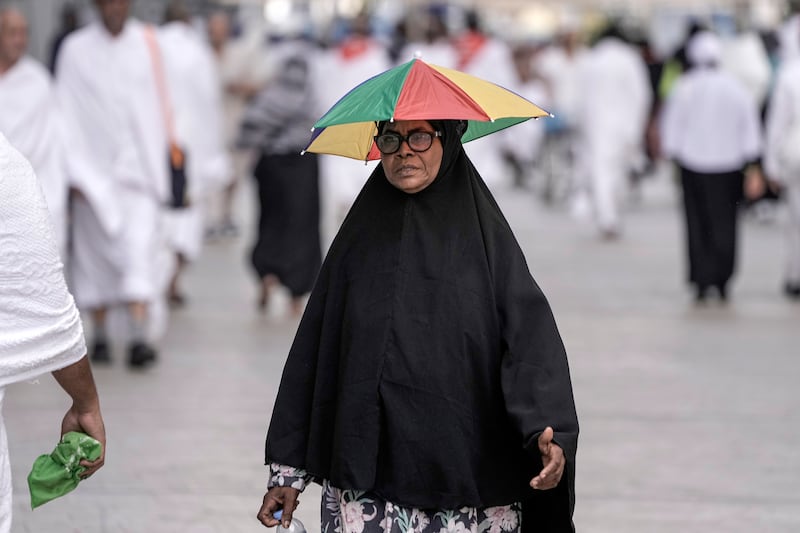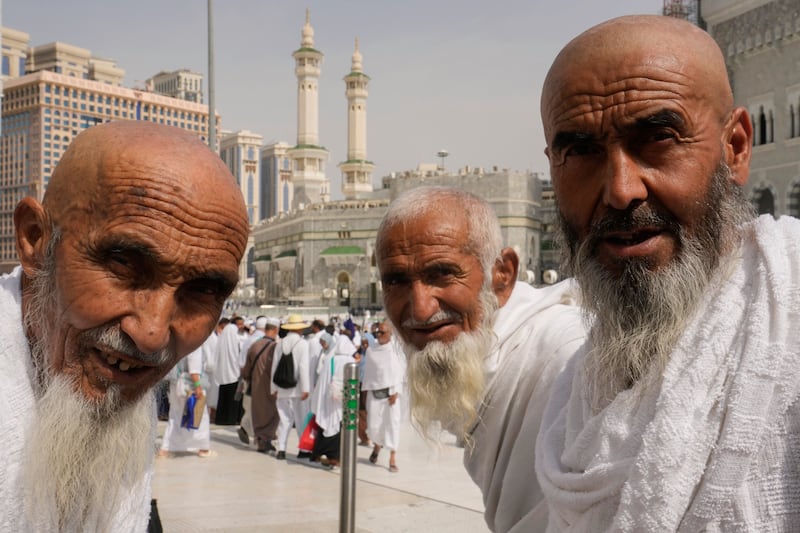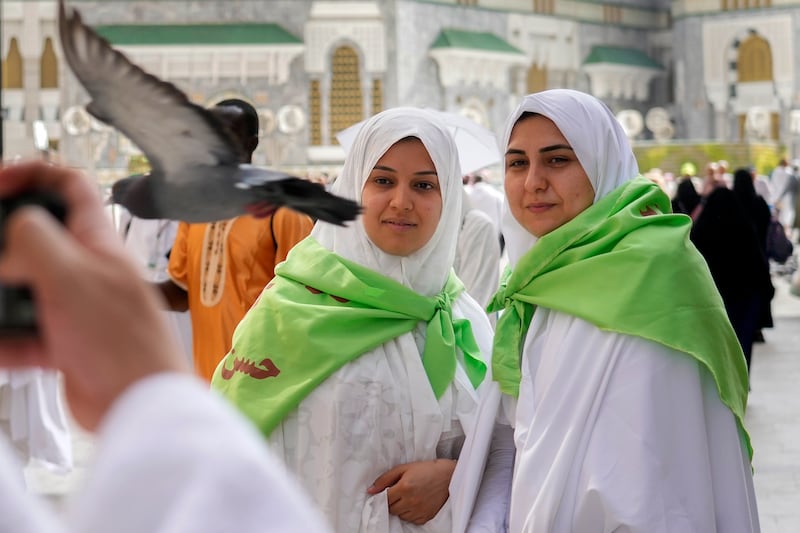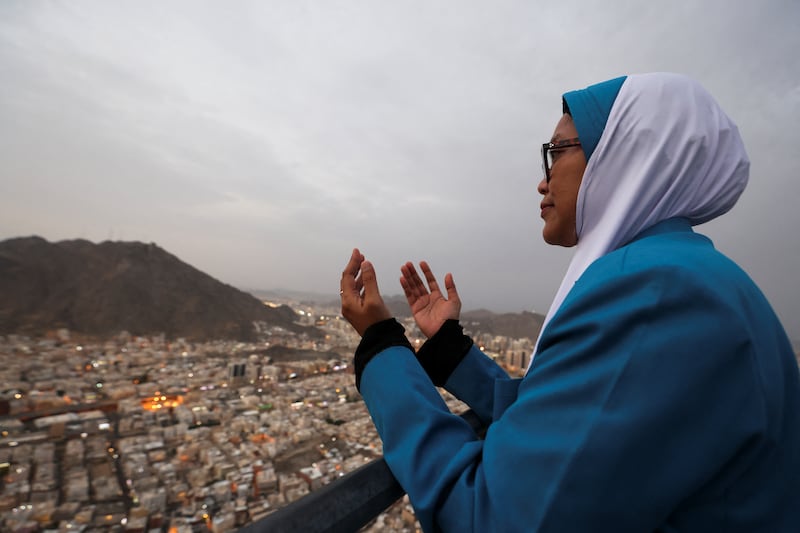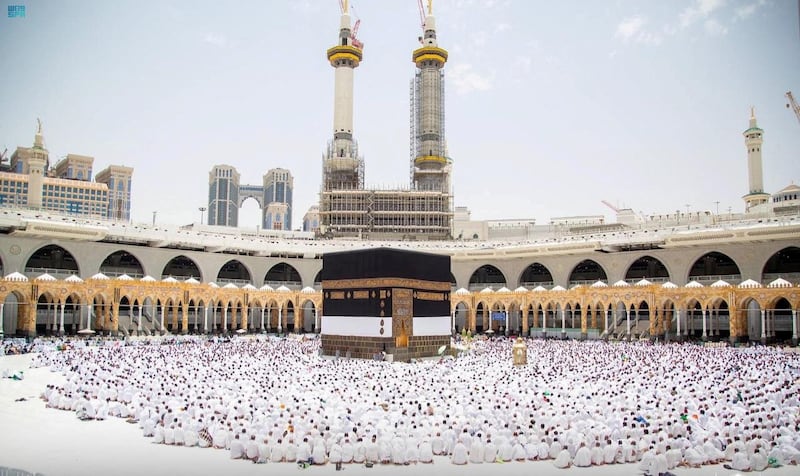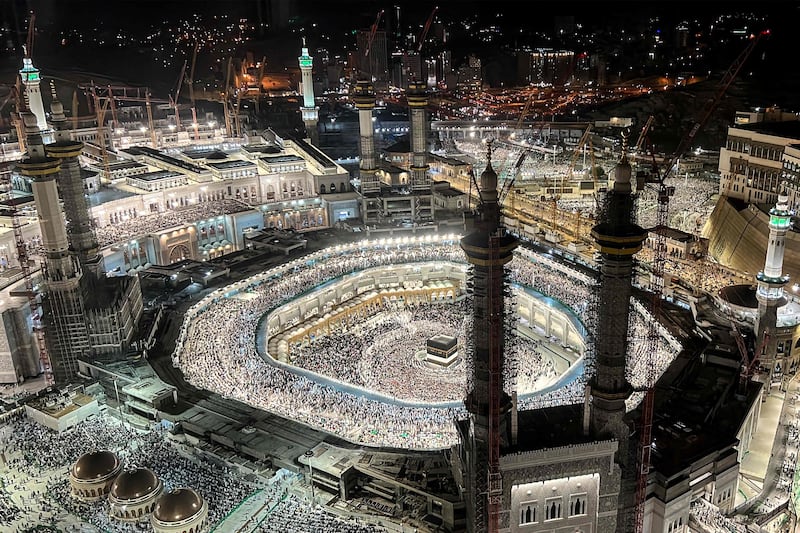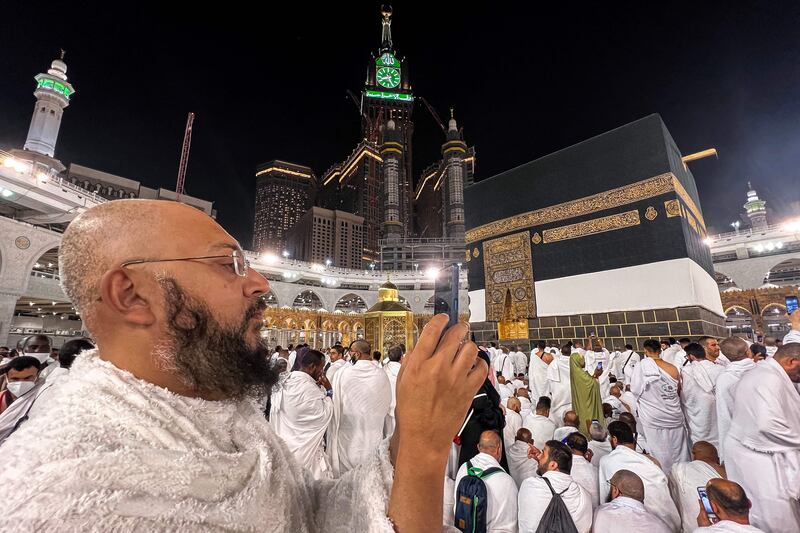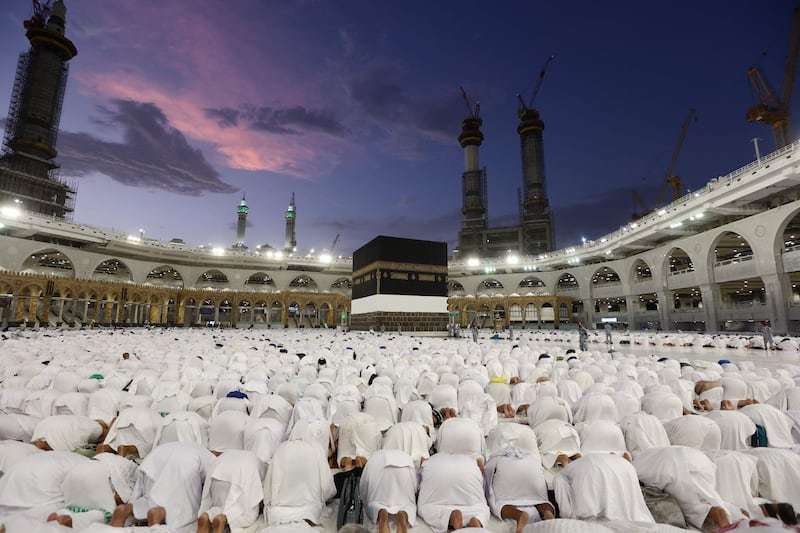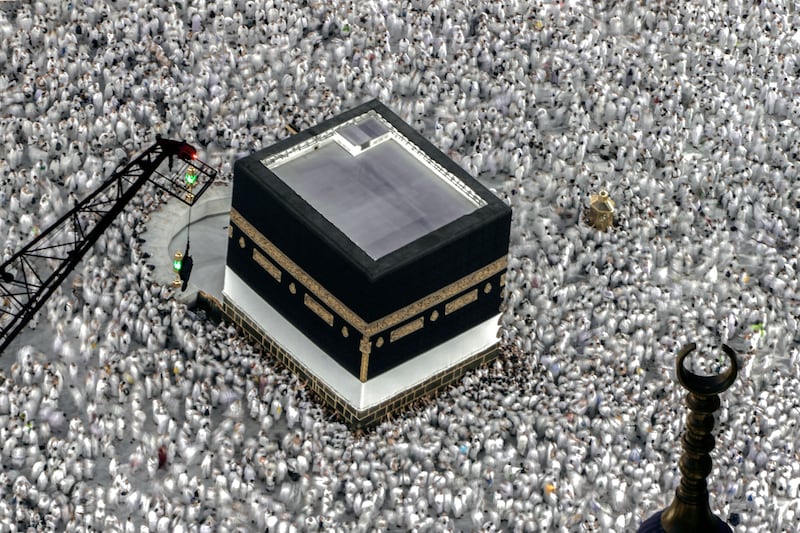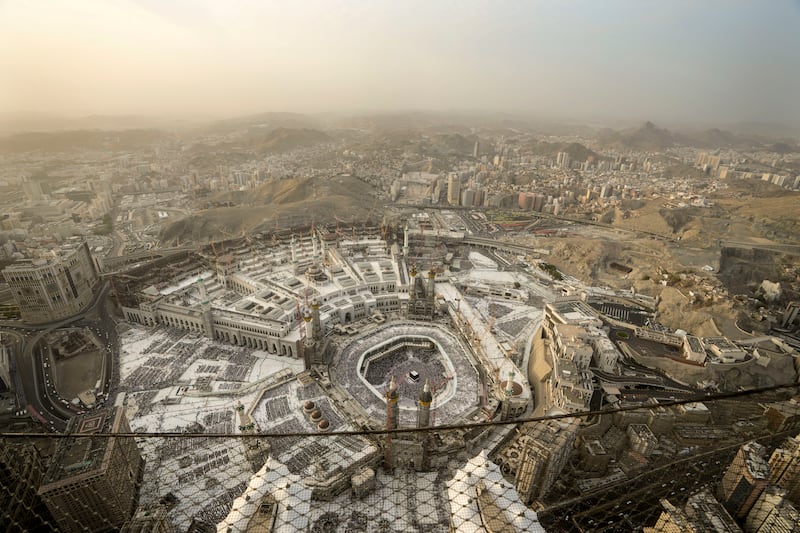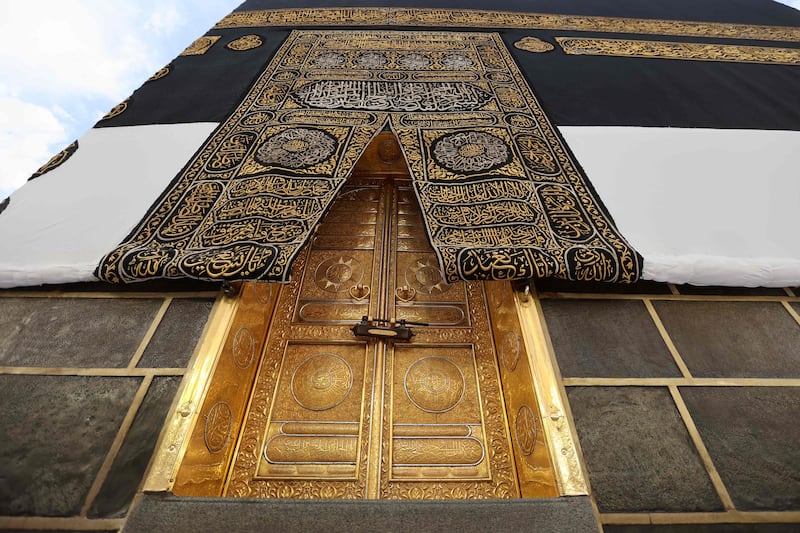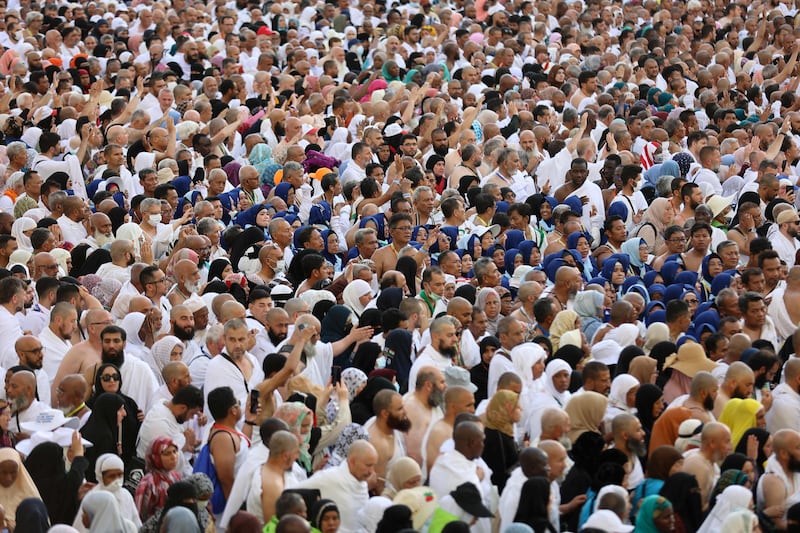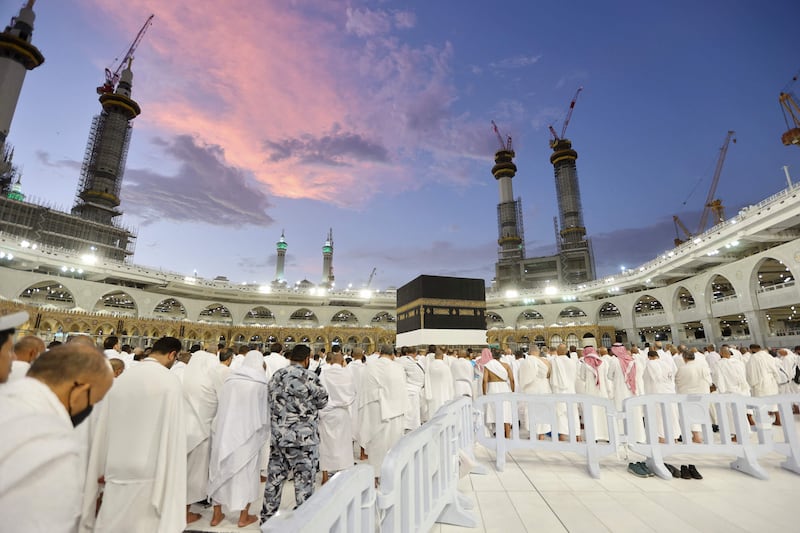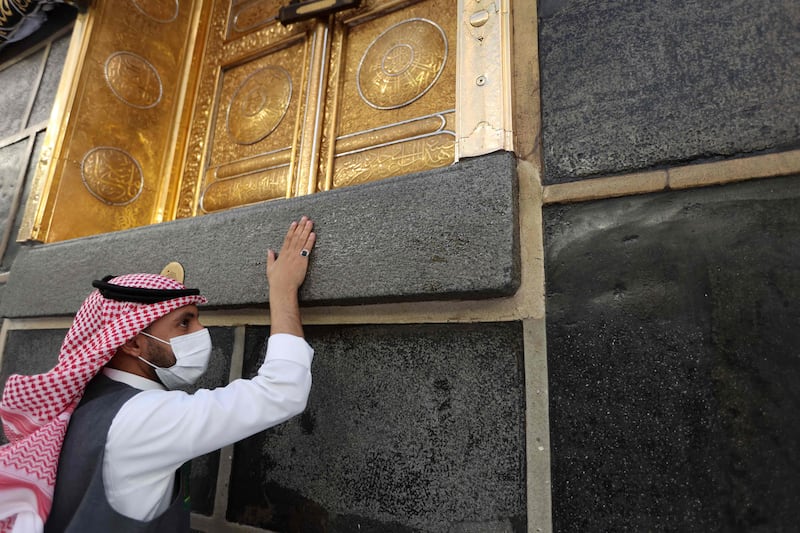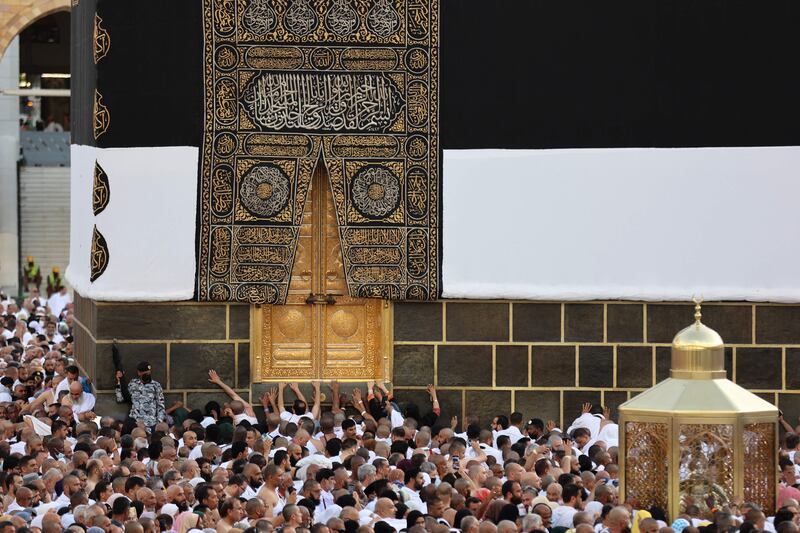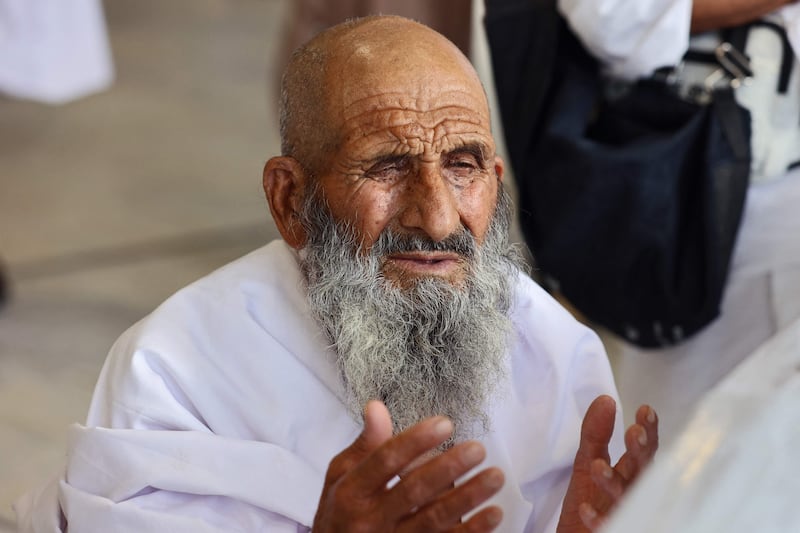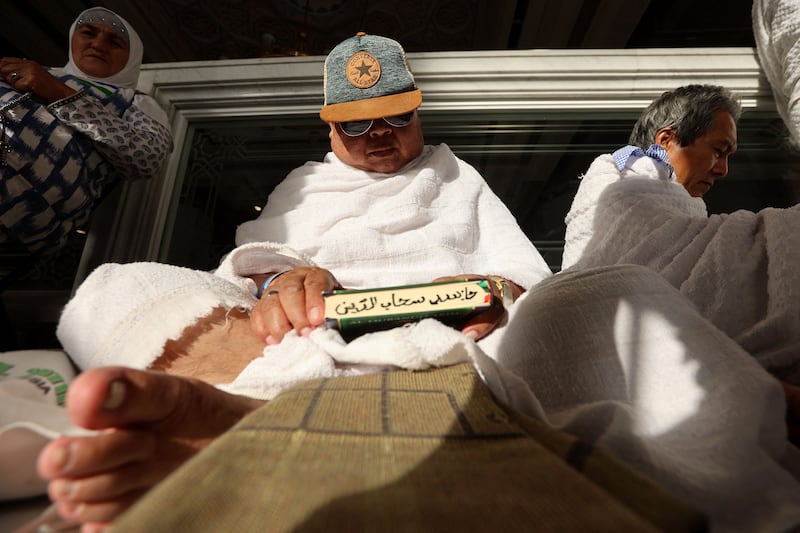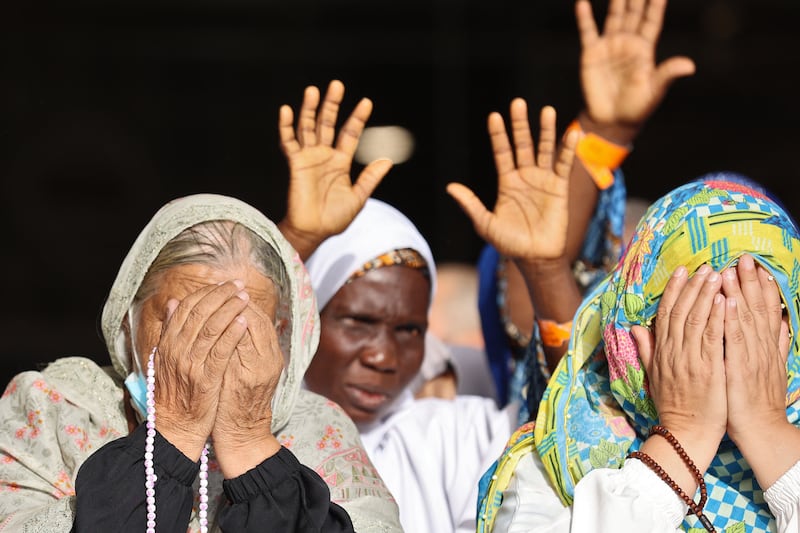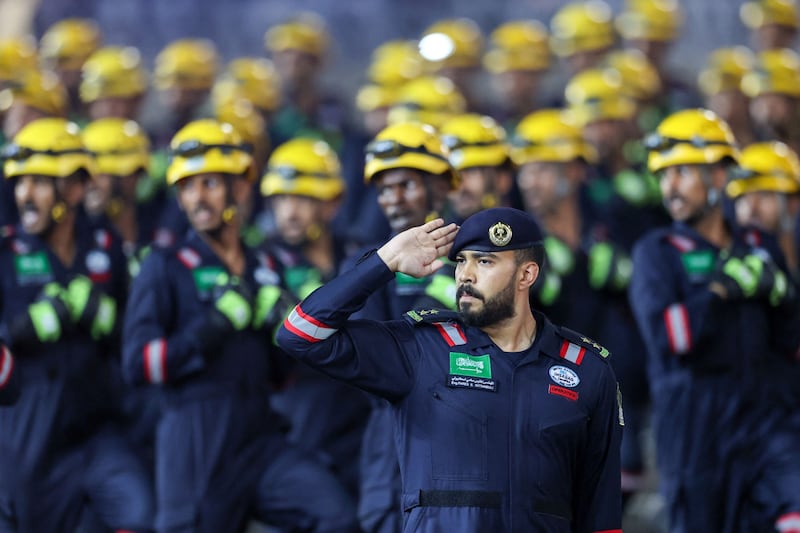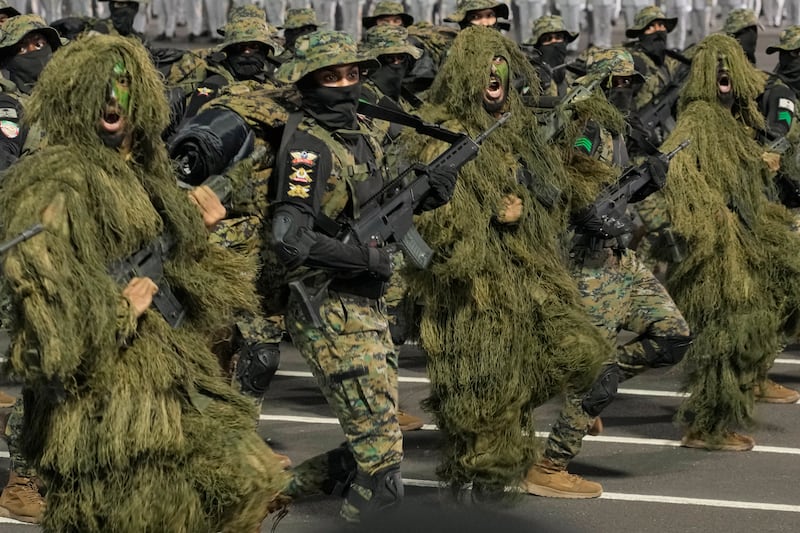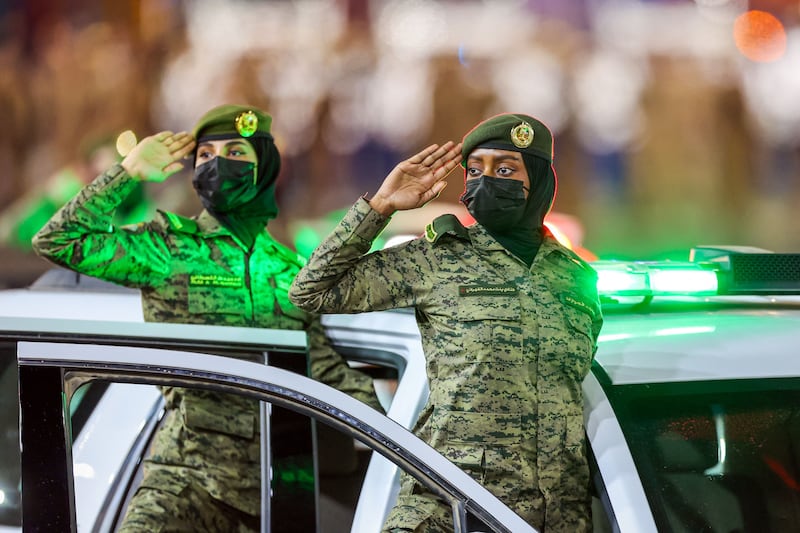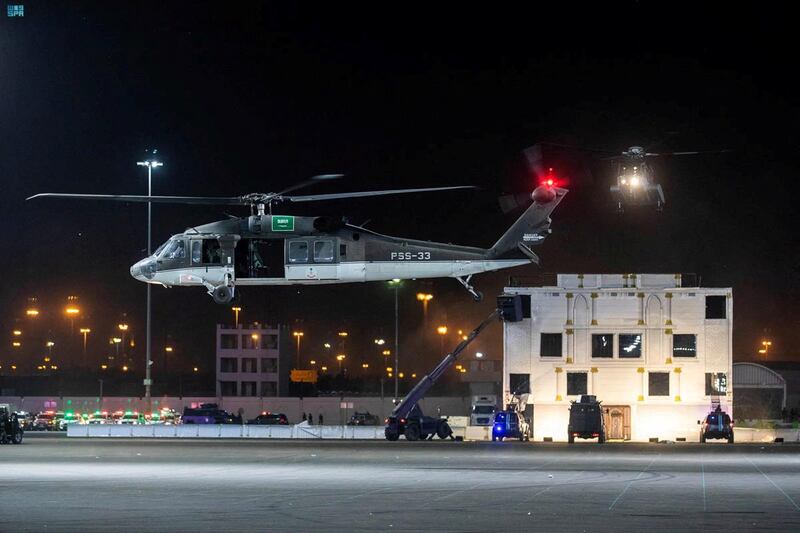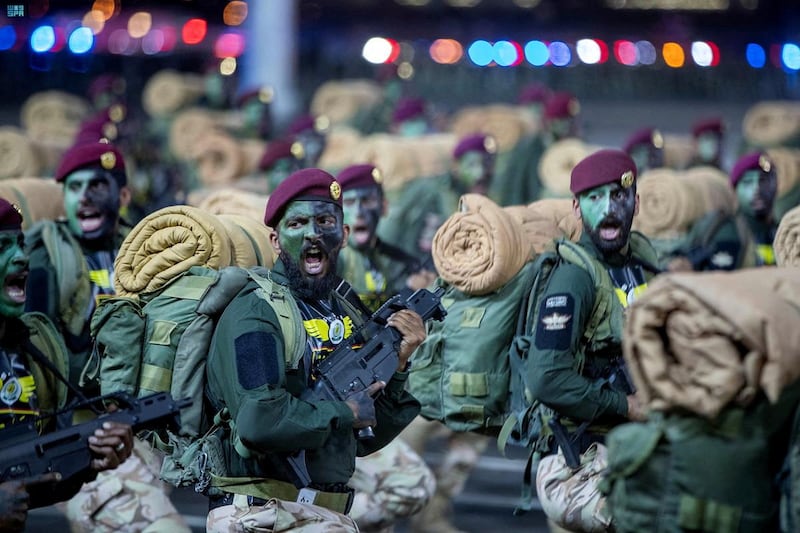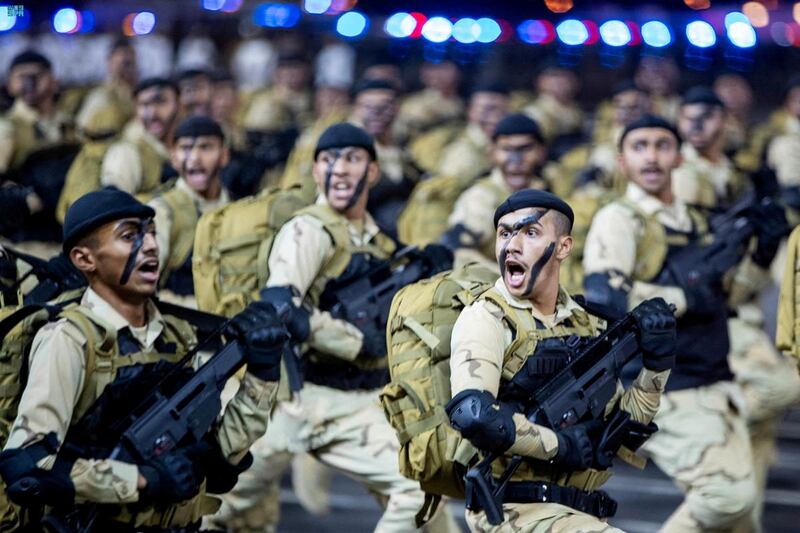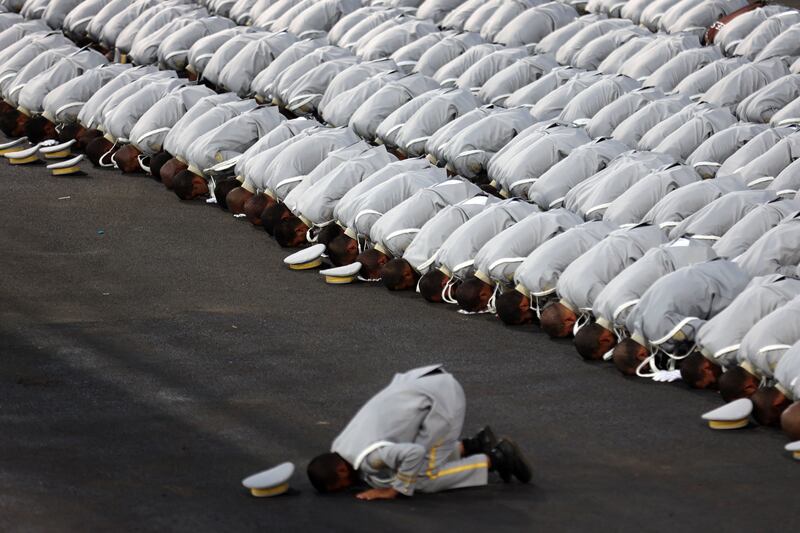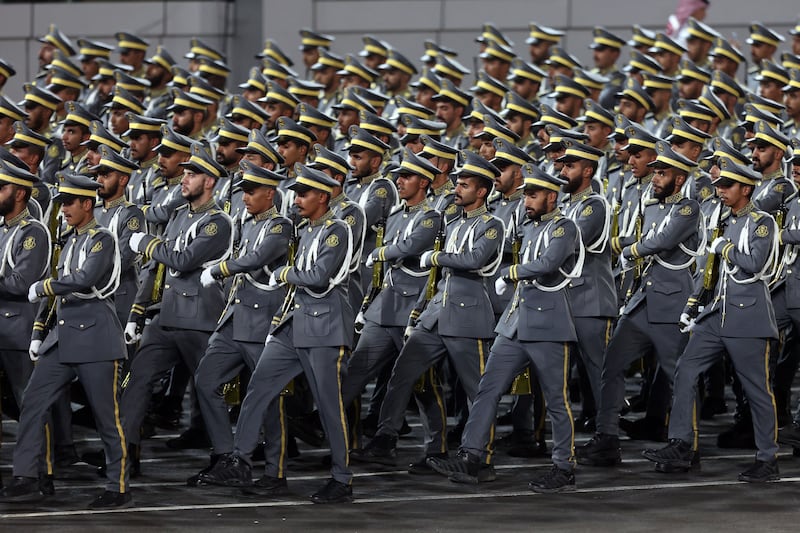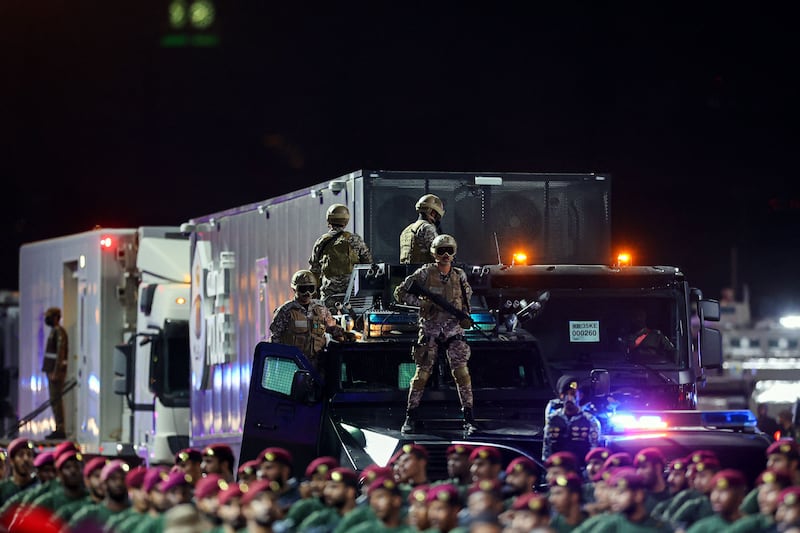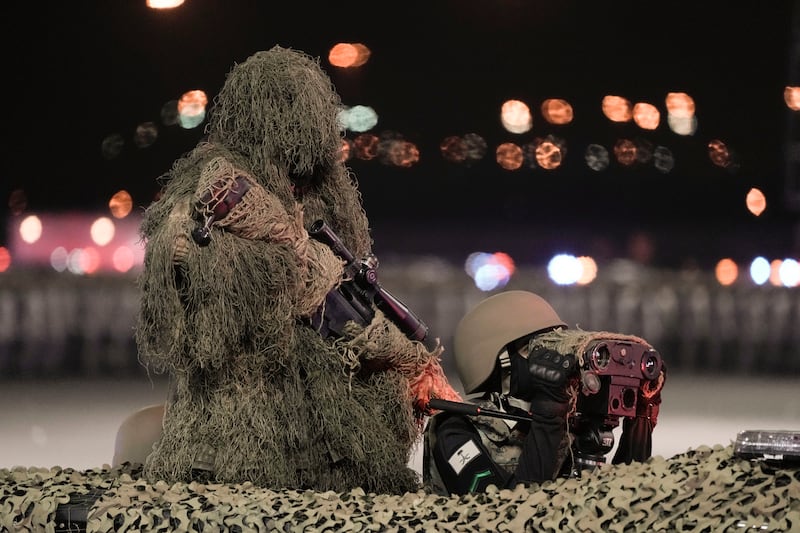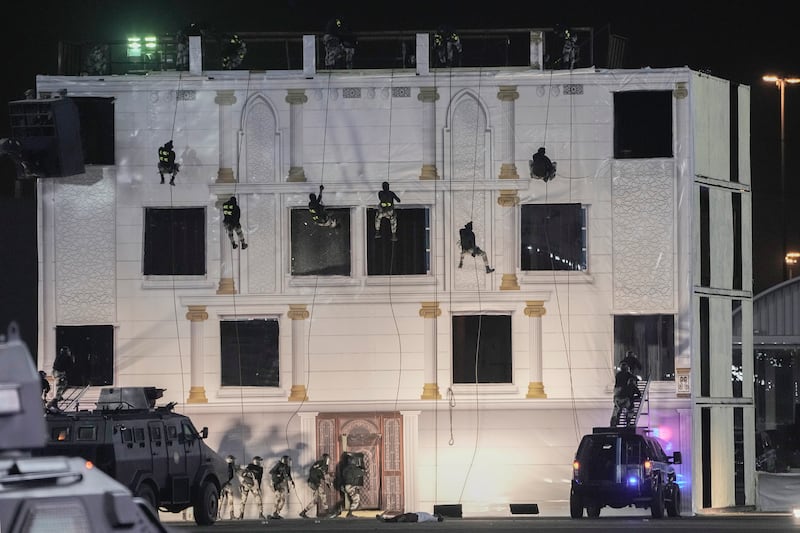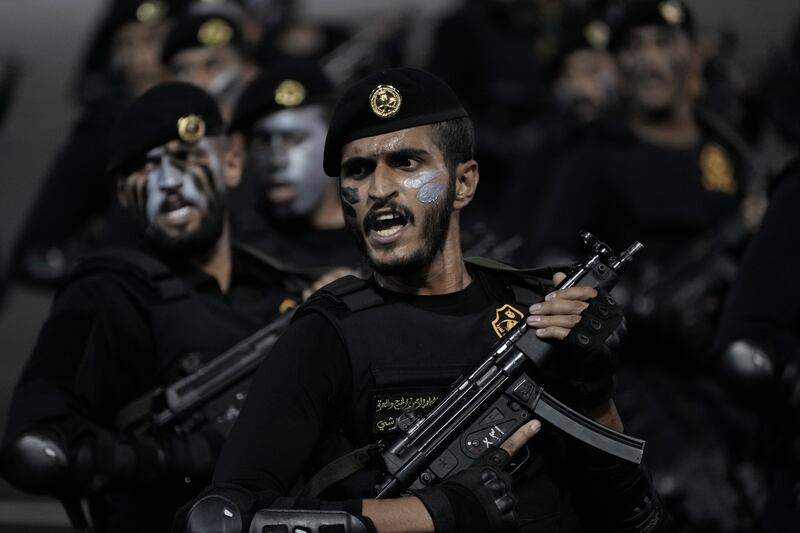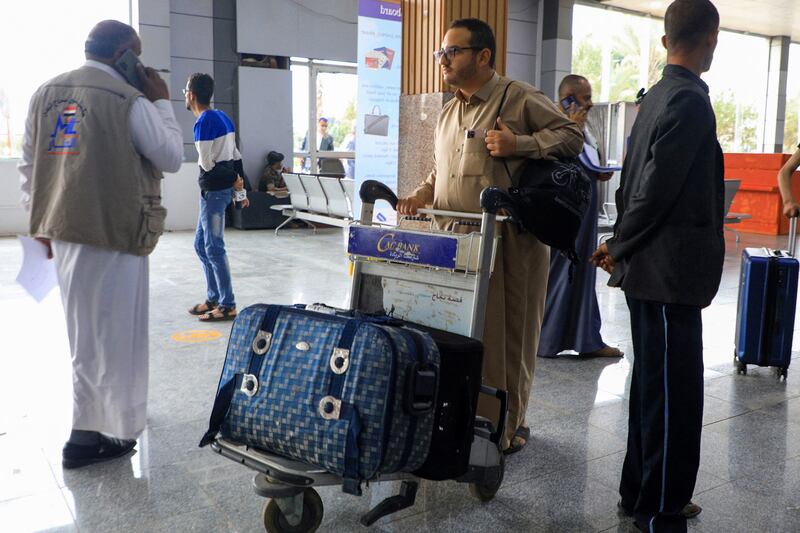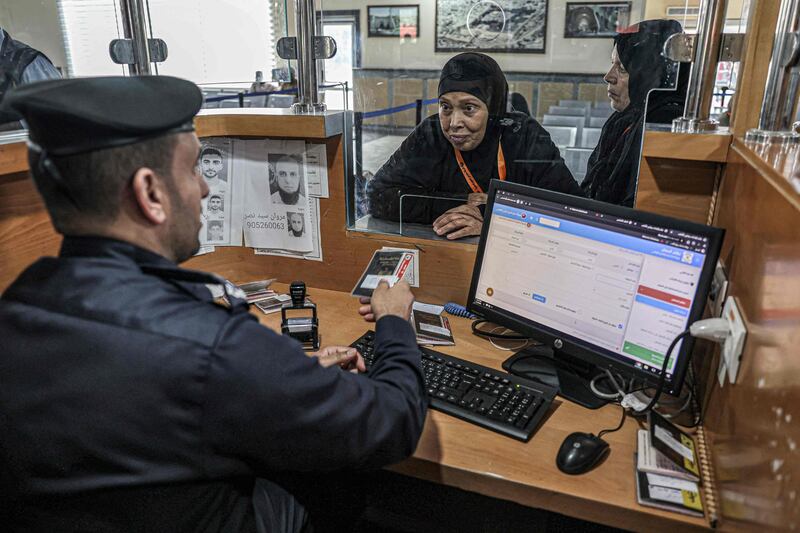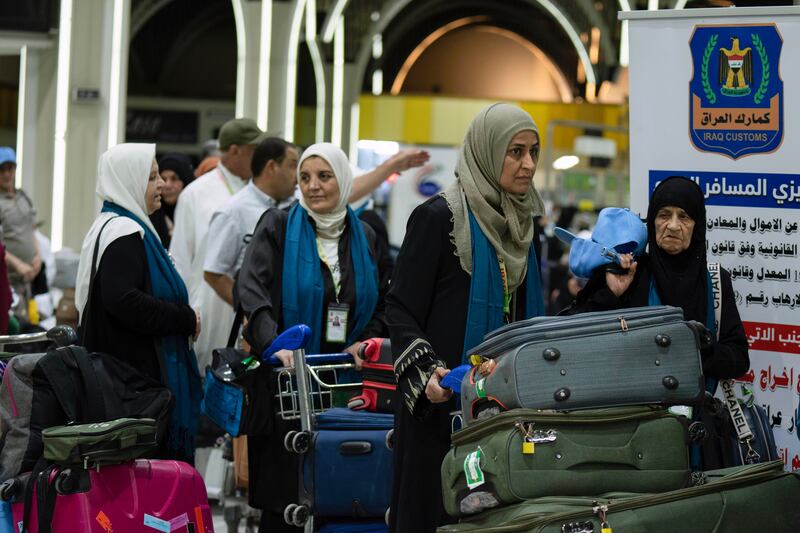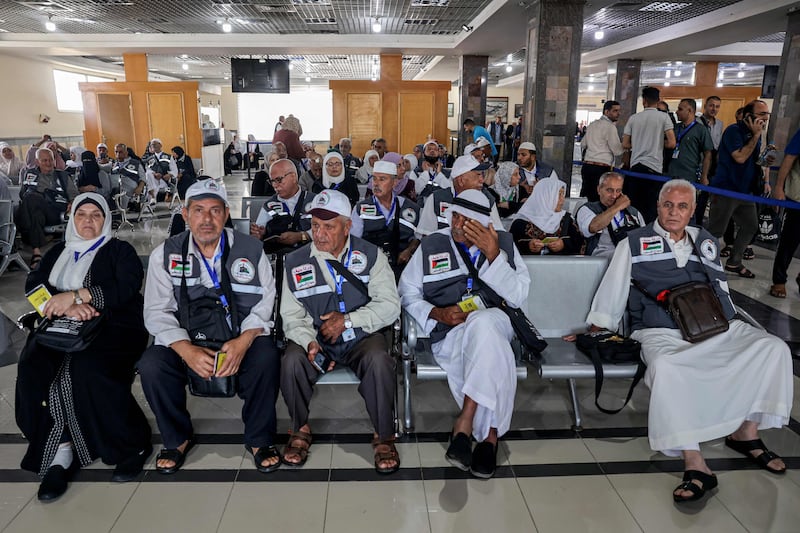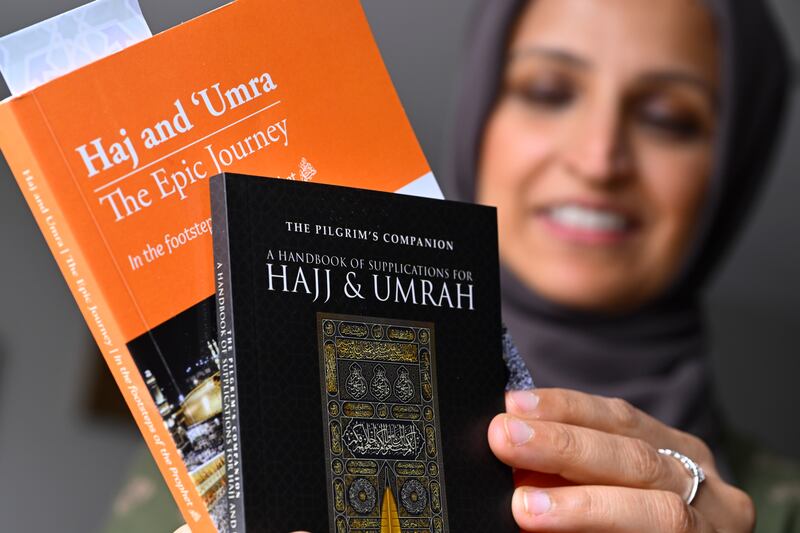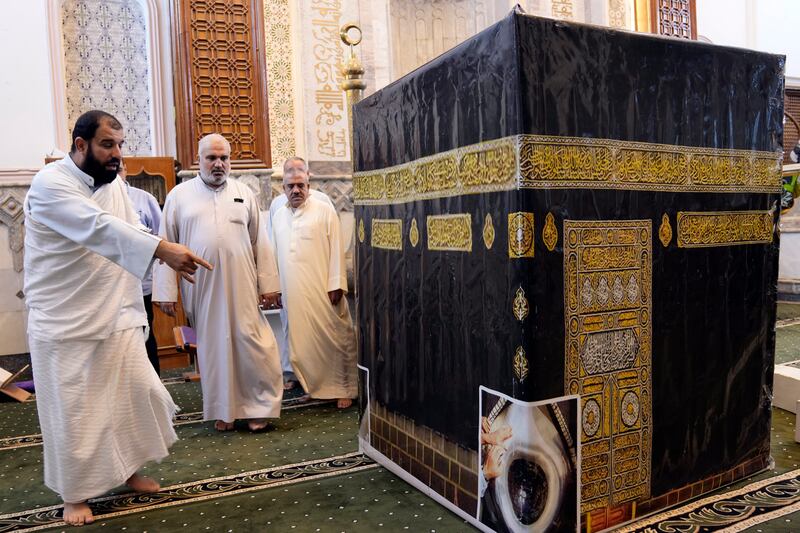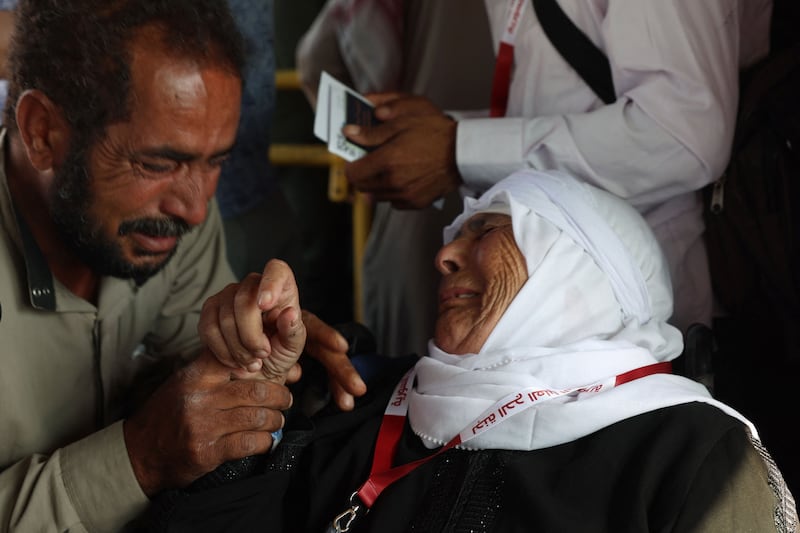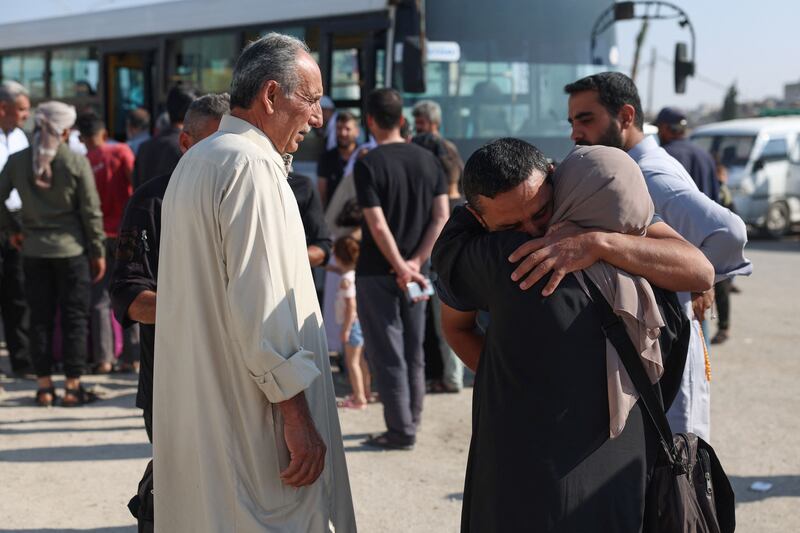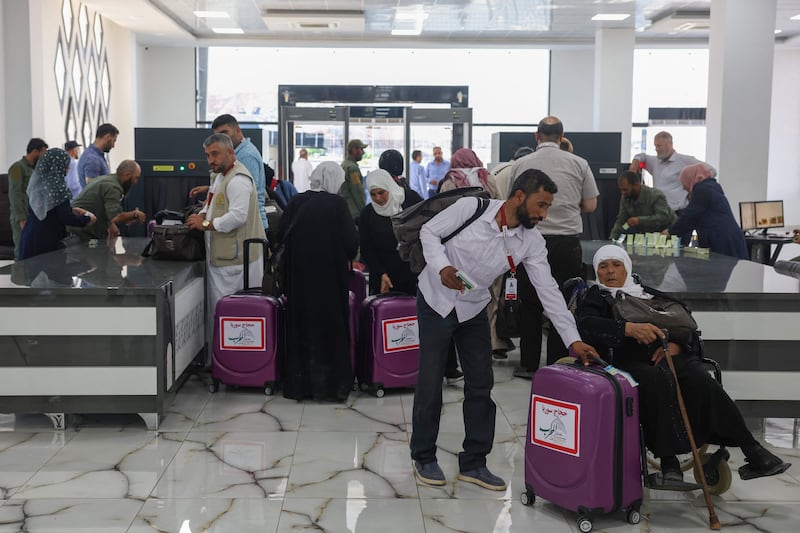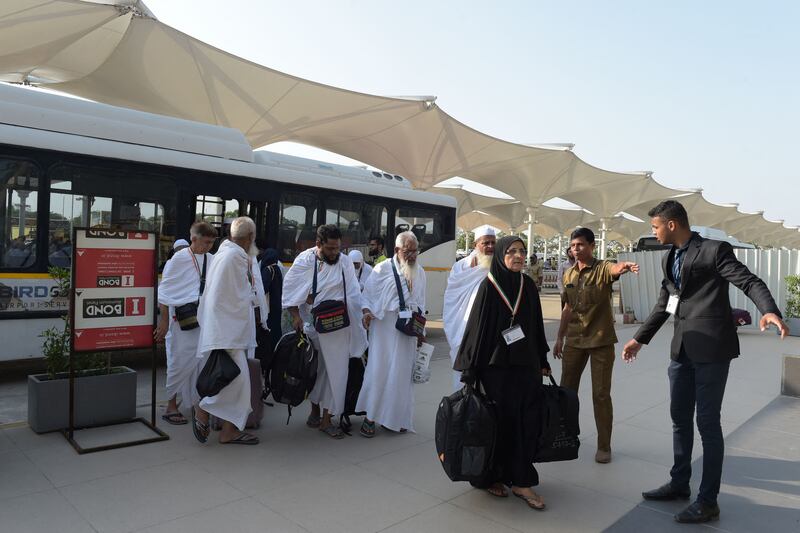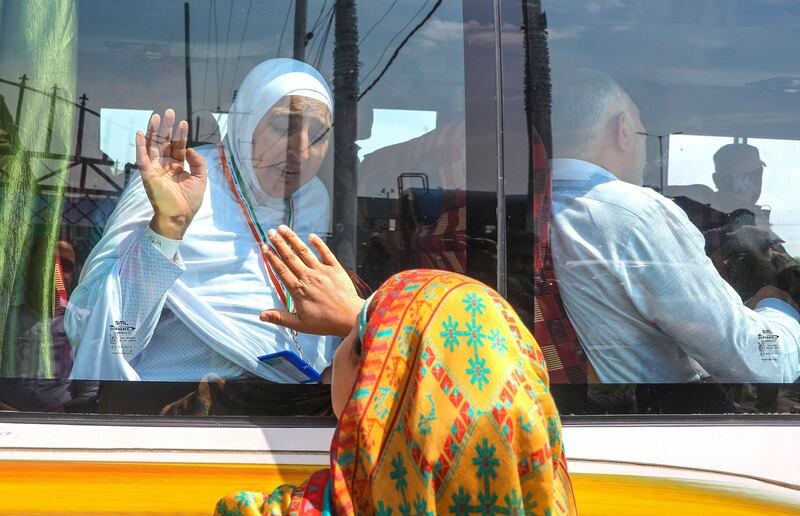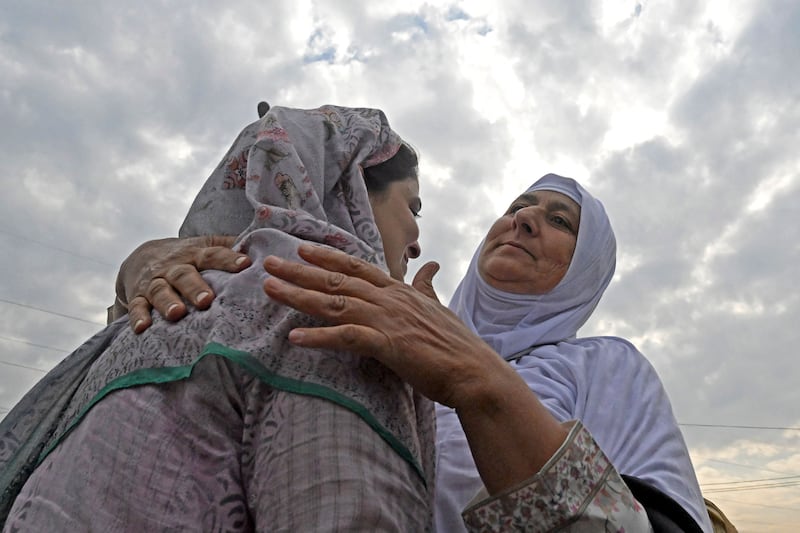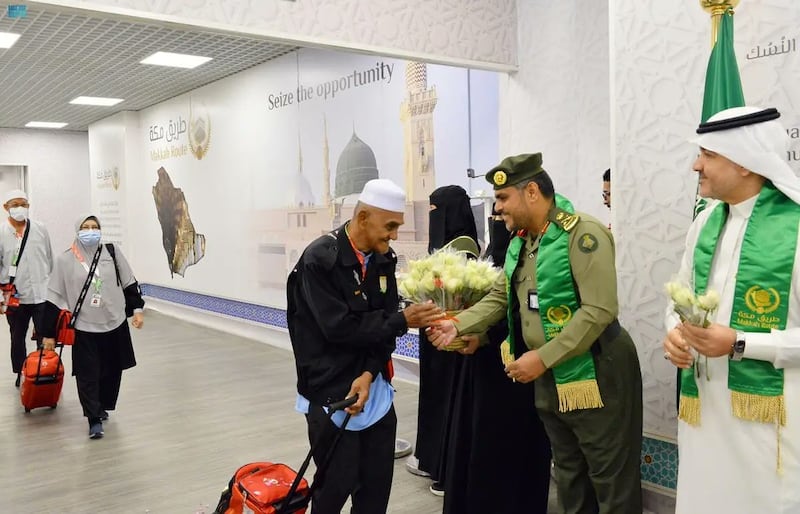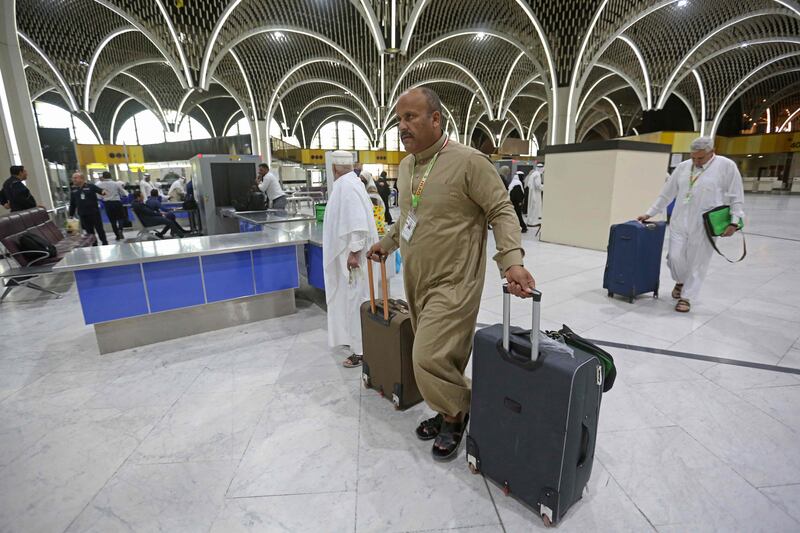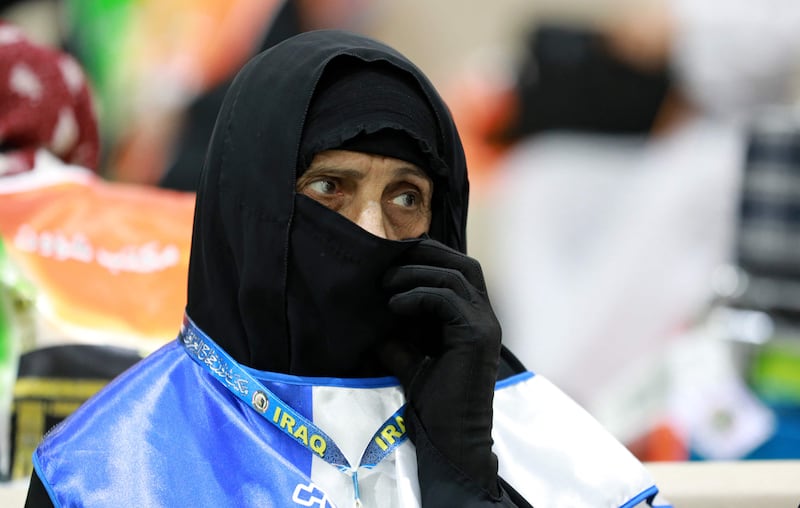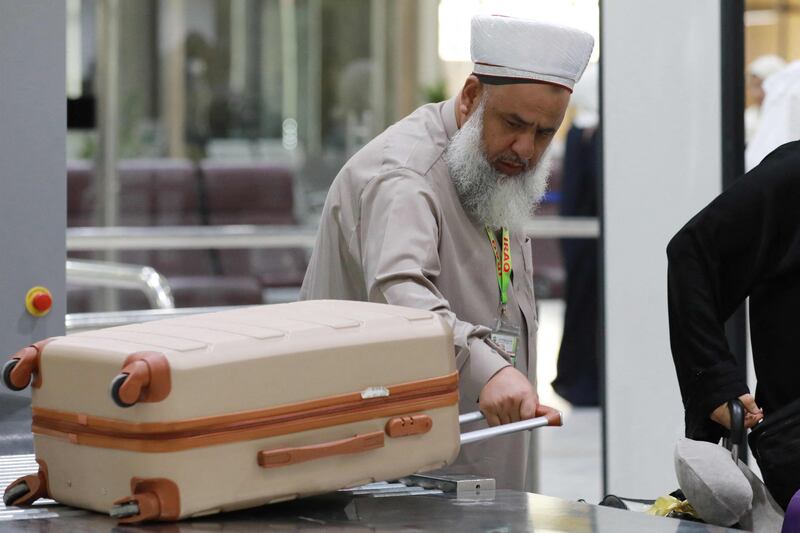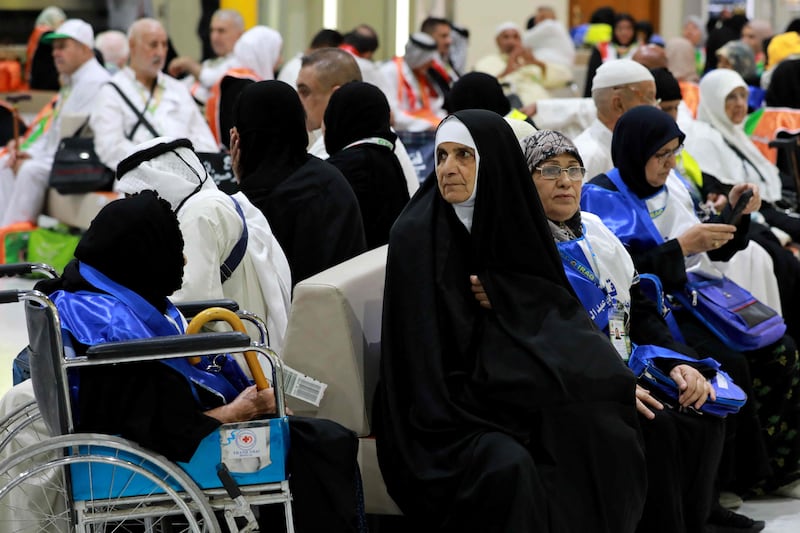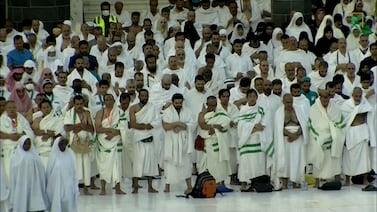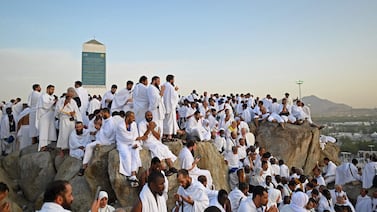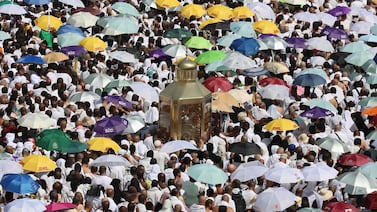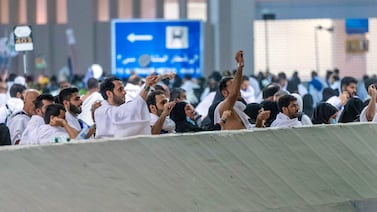The best photos of Hajj 2023
10-year-old Mohammed's journey during Hajj - in pictures
Stoning ritual at Hajj - in pictures
Keeping cool during Hajj - in pictures
Hajj pilgrims gather at Mount Arafat - in pictures
Babies and children on Hajj - in pictures
Pilgrims gather in Makkah as Hajj season begins - in pictures
Saudi Arabia's security forces hold parade in preparation for Hajj
Pilgrims travel to Makkah for Hajj - in pictures
Hajj 2023: Dates, cost, packages and what you need to know
What do pilgrims wear on Hajj and what things to pack for the journey?
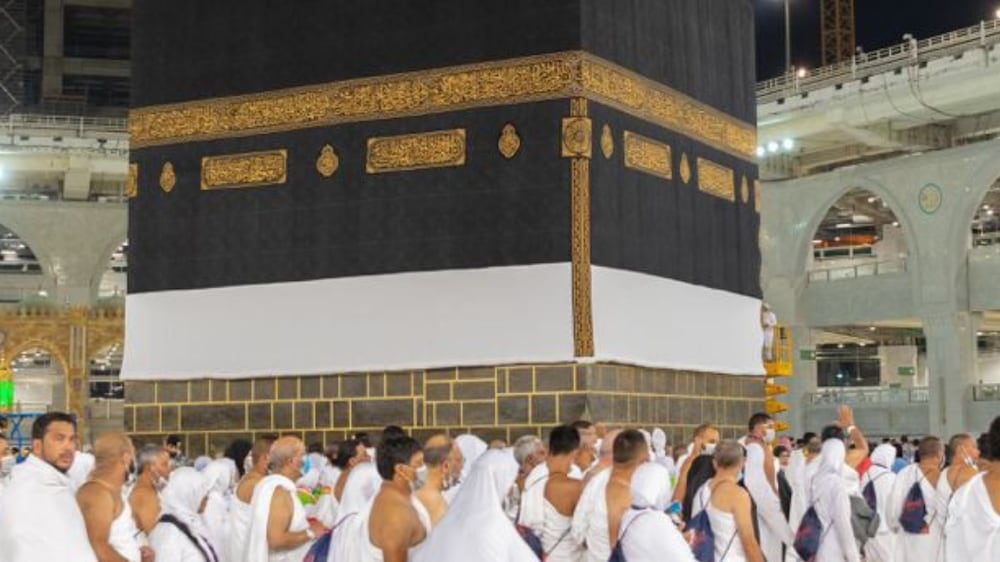
This year, Hajj will return to pre-pandemic numbers as Saudi Arabia removes all Covid-19 restrictions.
Last year's pilgrimage, the first largely without Covid-19 restrictions in two years, attracted almost a million domestic and foreign pilgrims.
In 2019, before the pandemic, about 2.6 million people performed Hajj.
Saudi Arabia has said those wishing to perform Hajj have to apply online.
Hajj generates about $12 billion in revenue for the country every year.
Deputy Minister of Hajj and Umrah Abdul Fattah Mashat said Hajj, as well as Umrah, a shorter pilgrimage that can be performed at any time of the year, are major components of the Saudi Vision 2030.
One of the programme's aims is to boost the religious tourism sector and host 30 million Umrah pilgrims annually by 2030.
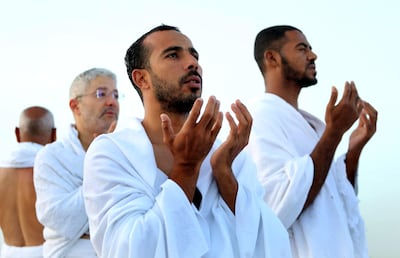
What is Hajj?
Hajj, the Arabic word for pilgrimage, is one of the five pillars of Islam and a once-in-a-lifetime obligation for every Muslim, if they are able.
Millions of faithful make the pilgrimage to the holiest sites of Islam in the cities of Makkah and Madinah beginning on the eighth day of Dhu Al Hijja, the last month of the Islamic calendar.
What is special about Hajj?
Hajj is the most revered spiritual experience for devout Muslims – considered a chance to start afresh and celebrate the spirit of unity in Islam. Pilgrims are all required to perform the same rituals taught by the Prophet Mohammed to remind them that they are all equal before God.
When does Hajj begin this year? How long does it take?
This year, Hajj is expected to begin on June 26. The pilgrimage takes three days, but most pilgrims extend their stay by a week to pray in the holy cities of Makkah and Madinah.
Will Hajj be open to international pilgrims?
The ministry opened registration for Hajj 2023 in February for international pilgrims and to give those who had performed Hajj more than five years ago another chance to apply for a permit.
The ministry said that priority for registration this year will go to those who have not made the pilgrimage before.
A new pilgrim can accompany a main applicant, provided they highlight their first-time status in their application.
Most pilgrims arrive at the airport in Jeddah, which is the major city closest to Makkah.
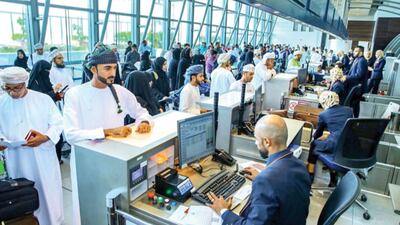
What are the Hajj packages available this year?
The Hajj ministry announced four categories of packages for domestic pilgrims performing Hajj this year.
The price of domestic pilgrim packages will begin at 3,984 Saudi riyals ($1,060).
The most expensive package will cost 11,435 riyals, with pilgrims accommodated in the six towers in Mina, near Jamarat.
What are the health guidelines for performing Hajj this year?
Authorities have outlined procedures that must be followed at entry points within and before entering the country. These include verification of all health documents, including vaccination certificates, and screening in person.
Pilgrims will be divided into groups for transport to holy sites.
Saudi health authorities said they would continue to assess and update the precautions as needed.
What do pilgrims wear during Hajj?
During Hajj, as with Umrah, men wear two sheets of plain white cloth, to cover the upper and lower body. Women must wear modest clothes that cover their bodies to the ankle and scarves to cover their hair. The clothes are usually white, although there is no restriction on colour.
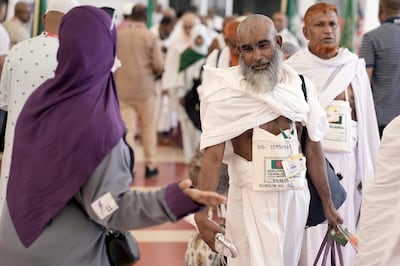
What happens during Hajj?
On the first day, Muslims perform Umrah, which includes Tawaf and Sa'i. The first involves circumambulating the Kaaba, the holiest site in Islam, built by the Prophet Ibrahim and his son Ismail, at the Grand Mosque in Makkah. During Sa'i, pilgrims walk seven times between two hills, called Safa and Marwa, in the mosque complex.
After Umrah, Muslims travel to Mina, a holy site south-east of Makkah, by shuttle and camp there in tents overnight. Mina, also known as the city of tents, can host up to three million people.
On the second day, pilgrims travel to Mount Arafat, 5km from Makkah, where the Prophet Mohammed is believed to have delivered his last sermon.
Pilgrims spend the day praying at Arafat until sunset, then walk 7km to the third holy site, Muzdalifah. There, they perform the sunset and night prayers and spend the night worshipping under the open sky.
On the third morning, the pilgrims gather pebbles and return to Mina for the stoning ceremony. They throw seven pebbles each at Jamrat Al Aqabah, a stone monument that signifies the temptations of Satan, between sunrise and sunset.
The pilgrims’ three concluding acts include sacrificing an animal to feed people in need, which can be done by purchasing a voucher, and cutting or shaving their hair, then returning to Makkah for another Umrah. Most women cut a few strands of hair, while men prefer to shave it all off.
